TOP DESTINATIONS
- Kruger Park
- Okavango Delta
- Serengeti National Park
- Victoria Falls

TOP COUNTRIES
- South Africa
TRAVEL DEALS
View All Travel Deals
SOUTHERN AFRICA
East africa, indian ocean islands, top experiences.
- Beach Holidays
- Family Safaris
- Honeymoon Safaris
- Desert Safaris
- Luxury Rail Safaris
- Multi-Generational Safaris
- Positive Impact Safaris
- Photographic Safaris
- Walking Safaris
WILDLIFE SAFARI
- Big Five Safaris
- Birding Safaris
- Gorilla Trekking Safaris
- Migration Safaris
- Mobile Camping Safaris
- Horseback Safaris
FEATURED EXPERIENCES
Comfort levels, property types.
- Tented Camps
- Boutique Hotels
Featured Safari Collections
- Imvelo Safaris
- Ker & Downey Botswana
- Saruni Basecamp
GET TO KNOW US
- Meet The Team
- Pricing Explained
- Traveller Reviews
- Traveller Stories
- Why Book With Us?
- HerdTracker
- Safari Cost Calculator
- South Africa In 360
- Trusted Safari Partners
- Newsletter Sign Up
What are you looking for?
- Multi-generational Safaris
- Positive Impact
- Meet the team
- Why book with us?
- Herdtracker
- Safari Cost Estimator
Hello traveller!
It's in Cape Town now.
We're sorry. Our safari planners aren't available now. Our office hours are 08:00 - 19:00 (GMT+2).
Call us to speak to an experienced safari planner.
Alternatively, we recommend...
Schedule a phone or Zoom call with one of our safari planners
Complete our travel enquiry form to connect with a safari planner
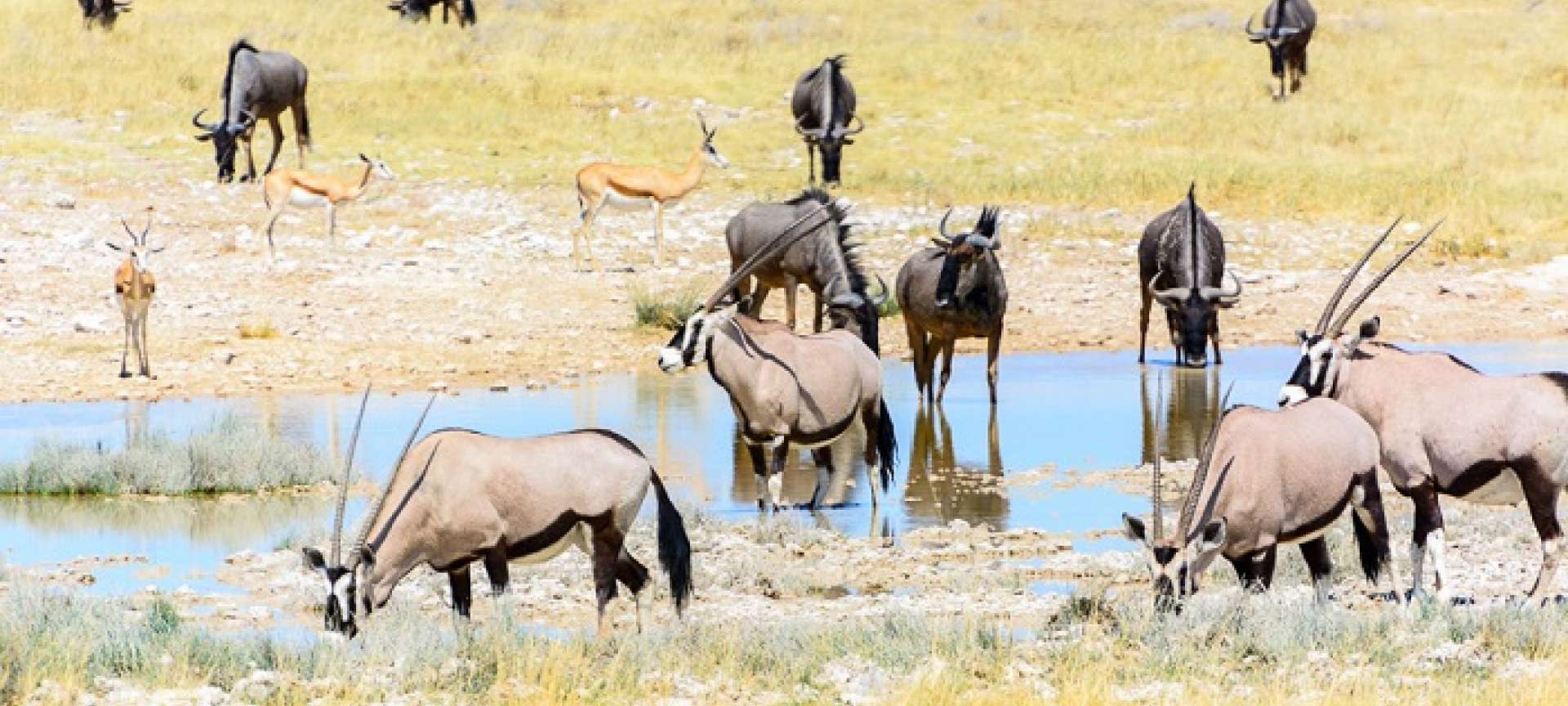
- Namibia in October
Africa's best authentic tailor-made safaris

By Devryn Panaino
Safari Travel Planner
October gets very hot and dusty in Namibia, though it’s still an excellent time to visit Etosha for safari in terms of dry landscapes and easy wildlife spotting. This is the best month for spotting Southern Right, Humpback, and Minke whales as they pass through the Atlantic Ocean near Walvis Bay.
We have 5 rating for 447 reviews
We have 4.7 rating for 35 reviews
We have 4.9 rating for 73 reviews
- Why Namibia
- Namibia in January
- Namibia in February
- Namibia in March
- Namibia in April
- Namibia in May
- Namibia in June
- Namibia in July
- Namibia in August
- Namibia in September
- Namibia in November
- Namibia in December
- Central Namibia
- Erindi Private Game Reserve
- Etosha National Park in Namibia
- Fish River Canyon
- Namib-Naukluft National Park
- Northern Namibia
- Sossusvlei in Namibia
- Southern Namibia
- Swakopmund in Namibia
- Where to Go on a Namibia Safari
- Adventure Activities in Namibia
- Camping in Namibia
- Cultural Tours in Namibia
- Fishing in Namibia
- Hot Air Balloon Rides over the Namib Desert
- A Foodie Holiday in Namibia
- A Photography Holiday in Namibia
- A Relaxed Safari Holiday in Namibia
- An Active Holiday in Namibia
- Big Five Safaris in Namibia
- Malaria-Free Safari in Namibia
- Walking Safaris in Namibia
- A Couple Safari in Namibia
- Family Safari in Namibia
- Honeymoon in Namibia
- Solo Travel in Namibia
- A Luxury Namibia Safari
- Affordable Safari in Namibia
- Namibia on a Budget
- Best Time to go to Namibia
- Currency in Namibia
- Emergency Services in Namibia
- Food and Tipping in Namibia
- Health Insurance for Namibia
- Languages in Namibia
- Lodges in Namibia
- Medical Emergencies in Namibia
- Namibia Health Care
- Namibia Travel Costs
- Namibia vs Botswana
- Namibia vs South Africa
- Namibian Culture
- Packing List for Namibia
- Safari Styles in Namibia
- Travel Tips for Namibia
- Travelling in Namibia
- Travelling to Namibia
- Vaccinations for Namibia
- Visas for Namibia
- When to Go on a Namibia Safari
- Why do People Come Back to Namibia?
- Why is Namibia Unique?
- Wildlife in Namibia
- Namibia Safari
Join our newsletter
Sign up to receive exclusive offers, safari inspiration, and expert tips straight to your inbox.
By proceeding you agree to our Privacy Policy and Terms & Conditions .
POPULAR DESTINATIONS
Popular tours.
- Luxury Explorers Safari in Botswana
- Romantic Cape Town & Luxury Safari
- Masai Mara and Serengeti Combo
- Wildlife and Gorillas of Rwanda
- Luxury Honeymoon in Mauritius
POPULAR ACCOMMODATIONS
- Sabi Sabi Earth Lodge
- Chobe Game Lodge
- Khwai Lediba
- Camp Okavango
- Khwai Leadwood
QUICK LINKS
- Safari Cost Estimator Tool
- [email protected]
Namibia Reisen im Oktober
Namibia reise im oktober.
Der Oktober ist der erste Sommermonat in Namibia und Safari-Reisen sind von Hitze und Trockenheit geprägt. Der größte Teil, der in den Wintermonaten erblühten Landschaft, ist nun vertrocknet und ermöglicht dadurch einen guten Blick auf die Wildtiere Namibias.
Darüber hinaus finden im Oktober zwei der bekanntesten und größten Feste des Jahres statt, die gleichermaßen Einheimische und Besucher des Landes anlocken. Besonders das alljährliche Oktoberfest verspricht auf Namibia-Reisen ausgebuchte Hotels in Windhoek, Teilnehmer von Individualreisen Namibia sollten sich daher schon im Voraus um geeignete Unterkünfte kümmern.
Unsere Natur- und Erlebnisreisen in Namibia
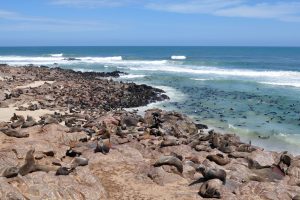
Namibia – Rundreisen
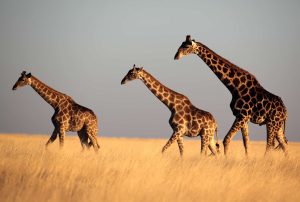
Namibia – Gruppenreisen
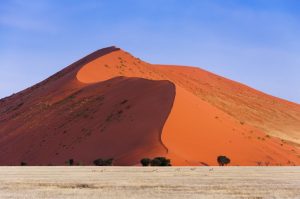
Namibia – Individualreisen
Die landesmitte von namibia und der etosha nationalpark im oktober.
Die Hauptstadt Namibias ist gerade im Oktober ein international beliebtes Reiseziel. Durch das berühmte Oktoberfest und die etablierte Windhoek Show , werden jedes Jahr mehrere tausend Schaulustige nach Windhoek gezogen. Reisende werden von der Lebensfreude sowie Offenheit des ganzen Landes mitgerissen und erleben so hautnah ein Stück namibischer Kultur.
Nachdem Namibia im Oktober seine durchschnittliche Jahrestemperatur von Tagsüber 35°C erreicht hat, versammeln sich die Wildtiere des Etosha Nationalparks fast ausschließlich um die großen Wasserstellen in der Nähe von den Rest Camps und den Hauptstraßen. Reisende sollten diesen Monat dazu Nutzen einen guten Blick auf die Big Five Afrikas und den weltweit größten Vögeln, den Straußen, werfen zu können.
Obwohl die Besucherzahlen im Verlaufe des Oktobers sinken, wird trotzdem dazu geraten sich schon bei der Buchung von Beispielsweise Gruppenreisen Namibia für ein Camp oder eine Lodge außerhalb oder innerhalb der Etosha-Pfanne zu entscheiden.
Die Küste und der Süden von Namibia im Oktober
Der Köcherbaumwald , auch Quiver Tree Forest genannt, befindet sich im Süden von Namibia. Die außergewöhnlichen Bäume bilden mit ungefähr 250 Exemplaren auf einer Stelle, einen der weltweit größten Aloe Vera Wälder. Zu finden sind sie auf der privaten „Gariganus“ Farm, unweit entfernt von den wichtigsten Hauptstraßen Namibias. Die bis zu acht Meter großen Bäume wurden 1955 zum Nationalen Denkmal ernannt und stehen mittlerweile unter Naturschutz . Eine weit aus größere Ansammlung von über 5.000 Köcherbäumen, die allerdings nicht zum Nationalen Denkmal ernannt wurden sind, befinden sich nur wenige Kilometer entfernt auf „Farm Garas“.
Wer danach immer noch nicht genug von der faszinierenden Wüstenlandschaft Namibias hat, begibt sich in die südlichste Region der Namib Wüste . In der Nähe der Stadt Aus, in einem kleinen Ort namens Garub, findet man die wahrscheinlich einzigen Wildpferde Afrikas. Die Herkunft der Pferde ist weitgehend unbekannt und noch heute sind mehrere Ansichten über ihren Ursprung verbreitet. Fest steht jedoch, dass es im südlichen Afrika vorher keine Pferde gegeben hat und diese somit durch die europäische Besiedlung im Verlauf des Ersten Weltkrieges nach Namibia gefunden haben müssen.
Feiertage und Feste im Oktober
Oktoberfest
Geprägt durch die gemeinsame Geschichte Deutschlands und Namibias, findet seit 1958 das alljährliche Oktoberfest Windhoek statt. Das Volksfest wird von dem Sport Klub Windhoek in Zusammenarbeit mit der namibischen Brauerei Namibia Breweries organisiert. Das Oktoberfest verzeichnet an seinen zwei Festtagen regelmäßig über 5.000 Besucher und gehört somit zu den beliebtesten und größten Festlichkeiten in Namibia.
Windhoek Industrial and AgriculturalShow
Die Windhoek Show ist die größte Messe des Landes und findet seit 1899 statt. Die Messe ist bekannt als Verbrauchermesse, legt ihren Schwerpunkt jedoch weiterhin auf Industrie und Landwirtschaft. Dieser Umstand veranschaulicht den starken Bezug zu alten Traditionen welchen die Windhoek Show jeher beibehalten hat. Darüber hinaus gehört zu der Messe noch ein kleiner Jahrmarkt und ein großes Feuerwerk am letzten Veranstaltungsabend.
Namibia – Naturerlebnisse pur!
Der Etosha-Nationalpark ist der größte Nationalpark des Landes und eignet sich bestens für aufregende Pirschfahrten und Safaris bei denen man unzählige Tiere beobachten kann.
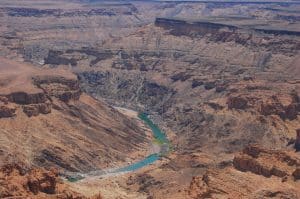
Einer der größten Canyons – der Fish River Canyon – liegt in Namibia. Er bietet besonders bei Sonnenuntergang einen wunderschönen Ausblick über die einmaligen Felsformationen und tiefen Schluchten.
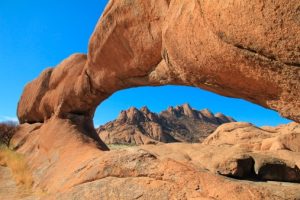
Das Erongo Gebirge ist der Überrest eines riesigen Vulkans und lädt zum Staunen ein: Riesige Granitblöcke liegen in der Landschaft verteilt und schimmern im Sonnenuntergang rötlich.
Das Sousoussvlei im Namib Naukluft Nationalpark beindruckt mit seinen roten Sanddünen und dem ausgetrockneten Deadvlei.
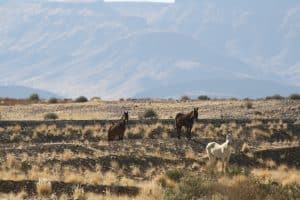
In Namibia begegnen Sie neben Elefanten, Giraffen, Zebras, Gnus, Antilopen, Löwen und Leoparden auch Wildpferden und Erdmännchen .
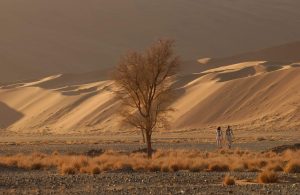
Auf dem Tok Tokie Trail wandern sie durch die älteste Wüste der Welt und können eine Nacht freiem Sternenhimmel verbringen.
Das wichtigsten Tipps für eine Namibia Reise im Oktober
- Erster Sommermonat in Namibia
- Landschaft ist größtenteils vertrocknet und gewährt guten Blick auf Wildtiere
- Das Oktoberfest zieht die Massen nach Windhoek
- Weltweit größter Vogel, der Strauß, im Etosha Nationalpark zu sehen
- Die einzigen Wildpferde Namibias sind in Garub anzutreffen
Weitere schöne Reisemonate für Namibia

Selbst fahren, Camping, Kleingruppen, mit Guide
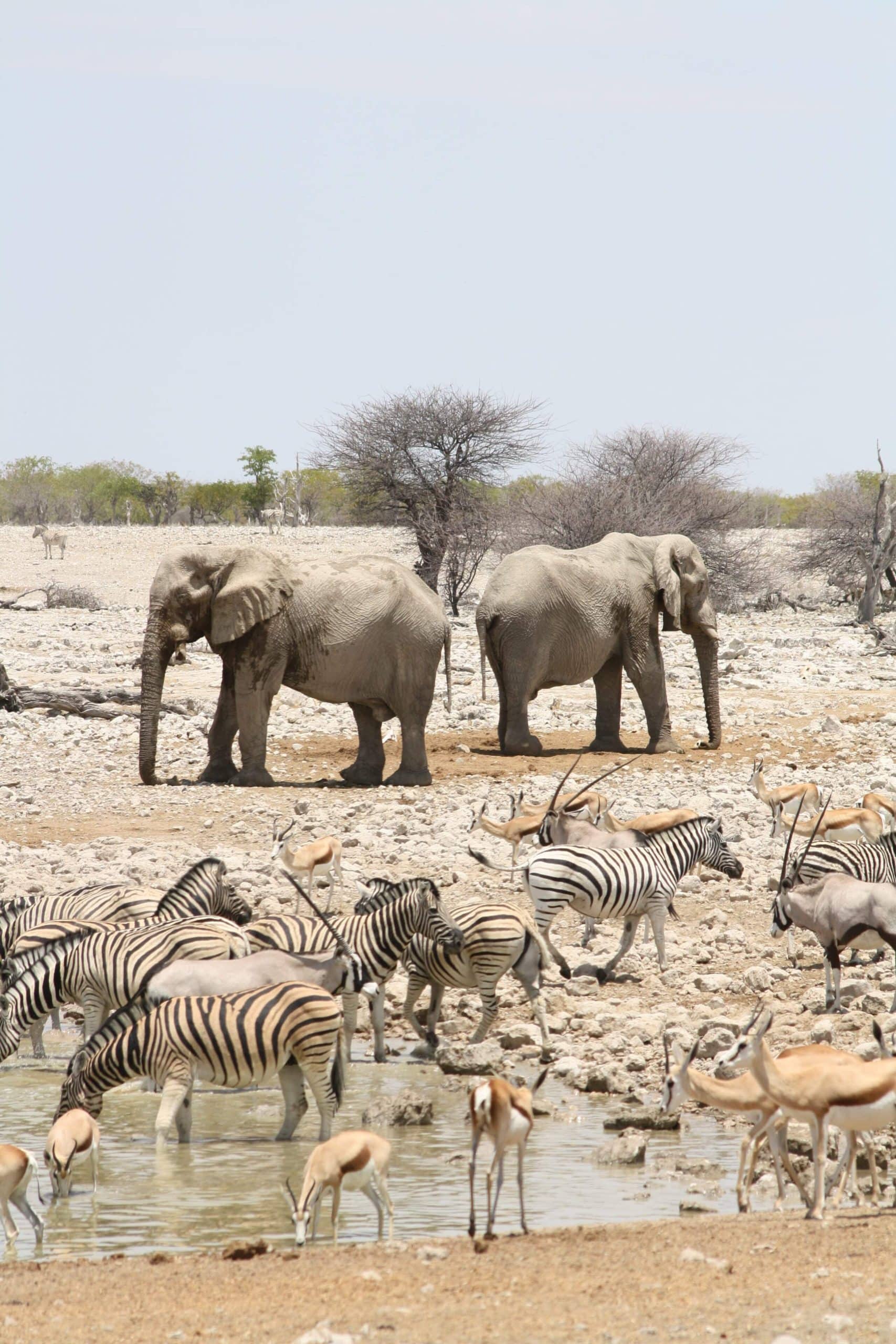
Kombinationen
Namibia Reisen von Natürlich Reisen
Ihr spezialist für natur- und erlebnisreisen.
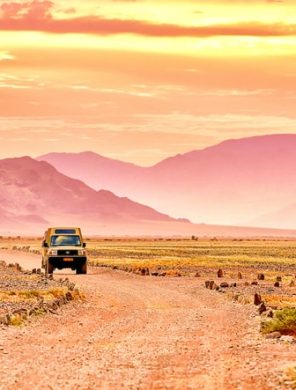
- Erongo Mountains
- Etosha South
- Onguma Game Reserve
- Waterberg Region
- Central Namibia
- Individualreise
- Flug zubuchbar
- Mittelklasse
- - Tierbeobachtung im Etosha Nationalpark
- - Bootsfahrt auf dem Okavango
- - Sundowner per Boot auf dem Chobe River
- - 3 Länder Erleben , Namibia, Botswana und Zimbabwe
- - Kleine Gruppengröße von max. 7 Personen
- - Erfahrene und deutschsprachige Reiseleitung
- - Ausgewählte Unterkünfte/Lodges
- - Gutes Preis-/Leistungsverhältnis
- Gruppenreise (7 max.)
- - Erlebnisse in der Kalahari und im Sossusvlei (Übernachtung im Park!)
- - Tierbeobachtung im Etosha Nationalpark und Damaraland
- - Leben der Wüste Tour "Little 5" bei Swakopmund
- Tierparadies Etosha Nationalpark
- Die Wüste lebt - Abenteuer auf Namibias höchsten Dünen
- Ein Tag mit den San - der ältesten Volksgruppe Afrikas
- Tiefe Schluchten und traumhafte Ausblicke am Fish-River-Canyon
- Surreale Welt der ehemaligen Diamantenstadt Kolmanskop
- Die Heimat der Erdmännchen - Die Kalahari
- Gruppenreise (12 max.)
- Flug inklusive
- Das Farbenspiel der Wüste erleben
- Spaziergänge auf Namibias höchsten Dünen
- Buntes Treiben am Wasserloch im Etosha Nationalpark
- Grünes Namibia, der Caprivi-Zipfel
- Ein Besuch bei den Mafwe, die Könige des Caprivi
- Bootssafari mit Hippos
- Die Victoria Fälle - ein einzigartiges Erlebnis
Neueste Beiträge
- Erleben Sie die Stille: Digital Detox beim Glamping in den entlegenen Ecken Afrikas
- Urlaubstrend Coolcation – Ihr perfekter Skandinavien-Urlaub
- Zwischen Kunst und Kuriositäten: Ungewöhnliche Museen weltweit, die Sie besuchen sollten
- Geheimtipps! Strandurlaub abseits der Touristenmassen
- Da war ich noch nie! – Unentdeckte Reiseziele abseits der Touristenpfade
- Traumhafte Auszeit – Strand & Erholung an der Schwarzmeerküste in Bulgarien
Natürlich.Reisen
- Unser Reiseblog
- Die Entstehungsgeschichte
- Warum beim Reiseveranstalter buchen
- Unser Reisemagazin
Unsere Destinationen
- Lateinamerika
Unsere Naturhelden Reisen
- Außergewöhnliche Naturreisen
- Hohe Beiträge für den Natur- und Artenschutz
- CO2 kompensiert
- Ganz nah rankommen
- Qualifizierte Reiseleitung & Expertengespräche
Jetzt Naturheld werden

Sie müssen den Inhalt von reCAPTCHA laden, um das Formular abzuschicken. Bitte beachten Sie, dass dabei Daten mit Drittanbietern ausgetauscht werden.
Sie sehen gerade einen Platzhalterinhalt von ProvenExpert.com . Um auf den eigentlichen Inhalt zuzugreifen, klicken Sie auf die Schaltfläche unten. Bitte beachten Sie, dass dabei Daten an Drittanbieter weitergegeben werden.

- Namibia safaris
Namibia safari guides – where & when to go, and what to see & do
Wedged between the Atlantic coast and the Kalahari Desert, Namibia is one of Africa’s hidden gems that is slowly emerging as a popular tourist destination, with safaris in Namibia high on the to-do list. A sense of freedom is generated by an epic, empty landscape with wide horizons, unpolluted skies and one of the world’s lowest population densities. These facts, combined with a plethora of large game animals and a frontier feel make Namibia the ultimate photography or self-drive safari destination , and not too bad either if you’re looking for an indulgent luxury safari experience.
The Namib Desert is the oldest and one of the largest deserts in the world , and a predominant feature of the country, extending all the way up the Atlantic coast on the western side of the country. The desert is scored by a number of rivers coming down from the Central Plateau – most of which are now permanently dry, or only flow during the rainy summer months.
The north of Namibia is dominated by the huge, permanently flowing rivers of the Kuene, Kavango and Zambezi, which make up the borders with Angola, Botswana and Zambia respectively. This part of the country is lush and green with dense woodlands most of the year, and home to several small national parks that teem with wildlife and birdlife. The rest of the country is made up of scrubby bushland of the higher Central Plateau, trailing off into the Kalahari desert in the east.
Wildlife in Namibia is varied, and taking a safari in Namibia will allow you the opportunity to see all of Southern Africa’s mammals. As well as the big five , the Namib Desert is home to the exceptional and endemic desert-adapted elephant and rhino. In the Namib Desert and elsewhere in Namibia a truly extraordinary fact is that the country has one of the densest congregations of animals in the world, combined with one of the sparsest human populations, making for fantastic wildlife viewing.
Unlike much of the rest of Africa, habitat destruction is not generally an issue in Namibia, and you can expect to see large mammals roaming the wilderness as you drive between Namibian national parks or towns. This means you need to be ready for a safari experience in Namibia at any time you’re not in a well populated area!
Useful resources
Book a Namibia safari
Namibia wildlife
Namibia Tourist Board
Namibia Wildlife Resorts
Weather in Namibia
Namibia guidebooks
Namibia safari highlights
Sossusvlei’s stunning dunes.

Discover the sand dunes of Sossusvlei with a dawn game drive and hike to top of a dune to watch the sun rise over the Namib desert. The dunes and surrounding area are truly specatular, reaching almost 400 metres high and providing inspiration to any budding photographer.
Self-drive safari in Etosha

Take a self-drive safari tour around accessible but wild Etosha National Park – one of the world’s premier national parks. 763 km of open roads around the park make for the ultimate self-drive safari. The park is based around a huge salt pan, and seems inhospitable to life, but a string of watering holes brings herds of antelope species and their prey from the surrounding scrub.
Fish River Canyon views

Visit the jaw-dropping 100km long, 26km wide Fish River Canyon in the Ai-Ais/Richtersveld Transfrontier Park . It world’s second largest canyon after the Grand Canyon in the US, though with far less tourists visiting, as with all destinations in Namibia it’s both beautiful and serene.
The Walvis Bay ‘marine big five’

The cold waters off the Namibian coast harbor a wealth of marine life, no location more so than Walvis Bay. Styled as the ‘marine big five,, it’s possible to see whales, dolphn, sunfish, turtles and seals on a boat – or even canoe – safari .
Best time to go on safari in Namibia
As with the rest of Southern Africa, Namibia experiences summer between November and March and winter from May to August. From August temperatures keep rising until October when the first rains start to arrive in the northern areas, followed by large amounts of rain and occasional flash-flooding.
The best time to go on safari in Namibia depends on where you’re going, and what you’d like to see. October to March is the best time to visit Namibia’s coast around Walvis Bay and Sossusvlei as the climate provides a pleasant respite from the heated interior. If you’re travelling through the Skeleton Coast region the climate is similar year-round, with regular mist and winds.
For the inland areas of Namibia – including the Namib desert, Etosha and Kavango regions, the cooler months from April September provide temperatures far more bearable than summer months. Between May and September, thirsty animals gather at diminishing waterholes, making it the best time to go to Etosha for game viewing.
Flights To Namibia
Search, track and book flights to Namibia , from anywhere in the world.
Namibia Accommodation
Find safari accommodation in Namibia – from budget campsites to luxury lodges.
Namibia Car Hire
Considering a self-drive safari? Research and book car hire in Namibia .
Activities in Namibia
Search and book things to do in Namibia – tours, excursions and activities.
National parks in Namibia
All national parks in Namibia are administered by the extremely efficient Namibia Wildlife Resorts.
Namibia is an enormous country, and one with large tracts given over to national parks. This gives Namibia the impressive status of being the country with the highest ratio of animals to humans in the world: In short, Namibia’s national parks are fantastic places to visit for safaris and wildlife watching.
A word of warning – the distances between national parks can be huge, and very few roads are tarmacked. A 2WD will serve most of the year in most parts of the country, but rainy season will see even 4WDs struggling in some areas on a driving safari in Namibia.
Top Namibia national park picks
Etosha national park.

A classic African national park – with excellent visitor facilities – housing the ‘big five’ and much more in plains surrounding a huge central salt pan. Herds of elephants, black-maned lions and the world’s largest population of rare black rhinos gather at the 86 waterholes, springs and fountains found around the edges of the pan.
Skeleton Coast National Park

With a reputation as one of the most desolate places on earth, the 20,000 km sq park is one of the most inhospitable and least visited places on earth. Shimmering white dunes, martian rock, beautiful sand beaches and treacherous, rough seas dotted with hulks of shipwrecks make up the park scenery.
Namib Naukluft National Park

The oldest desert on earth, and quite possibly the most beautiful. Namib Naukluft National Park is easily accessible from Sossusvlei, where giant dunes tower 400m into the air, and pockets of long ago dried-out lakes serve as sporadic homes to forests of thousand year old dead trees. In a word, epic!
Cape Cross Seal Reserve

All national parks in Namibia
Use the map to locate all national parks in Namibia. Click the icons for more info.
Get Directions
Babwata National Park: Small national park in Caprivi Strip, unique in that it houses both a large animal and human population.
Cape Cross Seal Reserve: More seals breed at Cape Cross that anywhere else in the world, so if you like seals you’re in for a treat.
Etosha National Park: A classic African national park – with excellent visitor facilities – housing the “big five” and much more in plains surrounding the huge central pan.
Fish River Canyon National Park: A rugged desert wilderness home to the awe-inspiring Fish River Canyon – the world’s second largest canyon.
Khaudum National Park: Remote and wild national park hidden away in the Kavango Region is home to large elephant herds and packs of the endangered wild dogs. A visit here is not to be taken lightly.
Mamili National Park: Little visited .national park in Namibia’s northern Caprivi Strip, offering plenty of classic African wildlife a true wilderness experience.
Mudumu National Park: A riverine national park with undisturbed mopane forest, flood plains and swamps. Unsurprisingly, water-living creatures feature large – crocodiles, hippos, elephants, otters, turtles.
Namib Naukluft National Park: Namibia’s largest park, and one of the world’s oldest and most intensely studied deserts.
Skeleton Coast National Park: Take a drive through one of the world’s most inhospitable spots, with alien landscapes and ancient shipwrecks adding atmosphere.
Sperrgebiet National Park: Recently established desert national park on Namibia’s “forbidden coast”, home to ghost towns, Atlantic coast and hyenas.
Waterberg National Park: Rising 200m above the dry African savannah, the lush green Waterberg Plateau is unique in terms of vegetation and geological makeup.
Other Namibia safari resources
Namibia safari companies.

Whilst self drive safaris are a definite option in Namibia – given most national parks in the country allow this – there are still a number of quality safari tour companies in Namibia that you may want to speak to before arrival in the country. With a fairly well developed regional and international inbound tourist market, Namibia has lots of wildlife activities and safaris on offer. These are supported and promoted by a broad range of safari tour targeting budgets of all sizes and trips of all lengths – from half days trips from the capital Windhoek to two or four week driving expeditions. Check out our reviews of safari tour companies in Namibia .
Namibia safari lodges
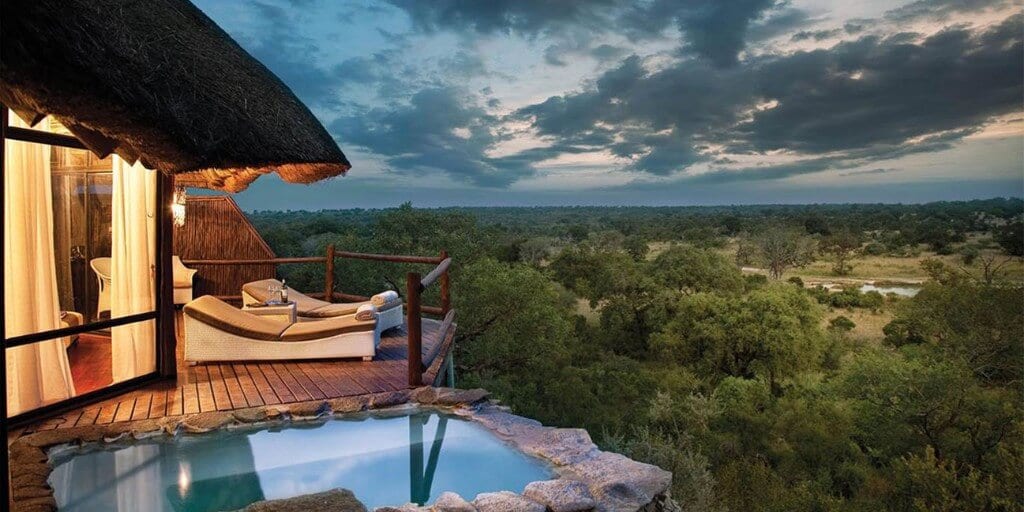
Much like it’s neighbour Botswana, Namibia doesn’t see huge tourist numbers and has a focus on either low-impact, high-end safaris, or self-drive safaris. Safari accommodation on offer in Namibia reflects this, with a broad range of high-end safari lodges around the national parks, and excellent camping facilities for self-drivers attached to most safari lodges. If you want accommodation in a national park, this must be booked in person or by phone with Namibia Wildlife Resorts, who take care of all of Namibia’s national parks. Search and book accommodation in Namibia .
Read safari guides to all countries
Botswana safaris , Namibia safaris , Rwanda safaris , South Africa safaris , Tanzania safaris , Uganda safaris , Zimbabwe safaris
Do you have any experience of planning or going on safari in Namibia?
We’d love to hear any feedback or tips you may have – please get in touch , or add to the comments below.
Top countries for safaris
- Botswana safaris
- Kenya safaris
- South Africa safaris
- Tanzania safaris
- Uganda safaris
Safari basics
- Safari animals
- How to find the right safari company
- When to go on safari
- What to take on safari
- Safari clothing – what to wear
- Safari rules & etiquette
- Wildlife spotting tips
Most read articles
- All about the ‘big five’ animals
- Collective nouns for animals
- Safari movies to watch before you go
- The world’s fastest land animals
- Apex predators
- 10 Fascinating African tribes
- The biggest animals in the world
- 17 Epic hybrid animals
- The world’s ugliest animals
- Why are flamingos pink?
Africa’s best game reserves
- Chobe National Park, Botswana
- Etosha National Park, Namibia
- Kruger National Park, South Africa
- Masai Mara National Reserve, Kenya
- Moremi Game Reserve, Botswana
- Okavango Delta, Botswana
- Serengeti National Park, Tanzania
Session expired
Please log in again. The login page will open in a new tab. After logging in you can close it and return to this page.
Namibia safari – The complete guide for first-time visitors
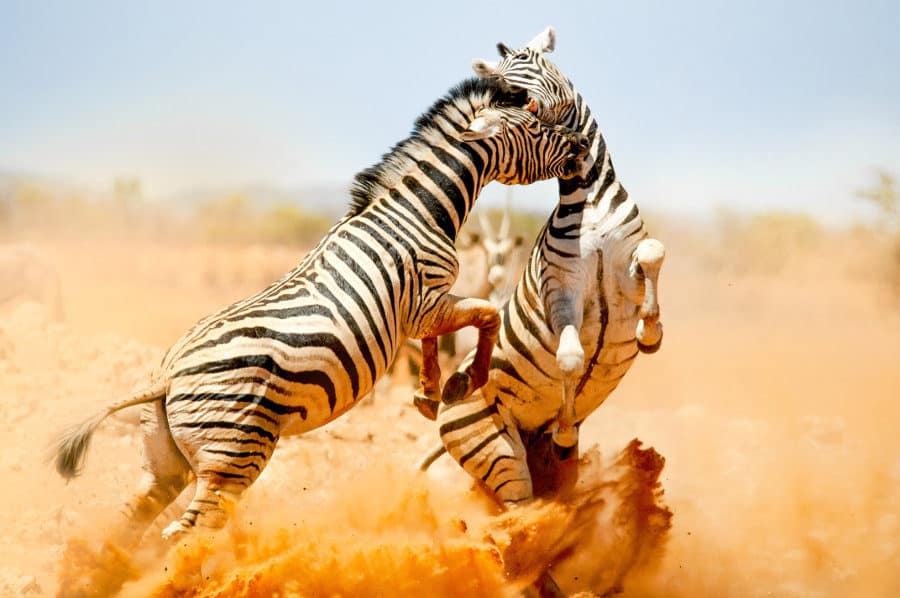
Namibia isn’t known for safari . This is Africa’s natural art gallery, a country of superlative landscapes and breathtaking silence.
Most people don’t even think a Namibia safari is possible. How can wildlife thrive in the desert? Why visit Namibia when Botswana and South Africa are next door?
Yet desert-adapted elephants make epic journeys across the sand. Rhinos gather around salt pans. Black-maned lions survey their dusty kingdoms. Gemsbok are everywhere, their majestic horns a symbol of Namibia.
A safari in Namibia can be as good as a safari anywhere else in Africa. It’s just a little different and you don’t have the same multitude of destinations.
This article guides first-time visitors through Namibia’s best safari destinations . It covers when to go, what to do, how to reduce costs, and how to make the most from the experience.
5 Compelling Reasons to Visit Namibia For Safari
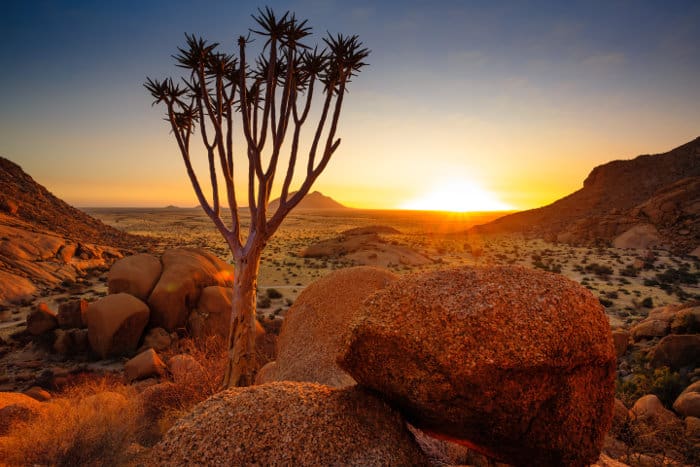
1. Africa’s natural art gallery
Namibia requires time . It’s one of the world’s most sparsely populated countries and it’s difficult getting around. There’s virtually nothing other than wilderness. Even a town that’s signposted for 500 kilometres passes by in the blink of an eye.
Most of the land is inhospitable . Western Namibia is covered by the world’s greatest sand dunes, a barrier too inpenetrable for even the rampaging colonialists.
Eastern Namibia is dominated by the Kalahari Desert , barren plains that bake beneath the sun. Scattered through these deserts are some of Africa’s most surreal sights.
The Fish River Canyon , stark and evocative as it cuts a path through Africa’s crust. It’s the world’s second largest canyon and you can read our guide here .
Then the Namib Desert , where Sossusvlei and Deadvlei are just the famous attractions in a landscape of kaleidoscopic dunes. Read our complete Namib Desert guide here .
Damaraland is all strange rocks and massive mountains, an ethereal assortment of shapes and silence.
The desert has even taken over towns. Luderitz and Kolmanskop are a poignant reminder of nature’s power, where old wooden houses are now buried in sand.
These highlights make for an inspiring adventure. In Namibia there is more than safari and that is one of the big highlights. The vacation is more diverse and it’s also a lot cheaper when you don’t need to pay park fees every single day.
2. Animals are easy to find
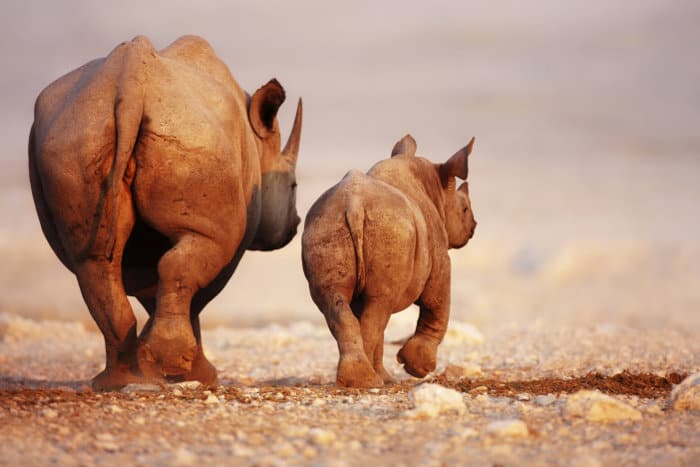
Although it sounds counter-intuitive, such an inhospitable environment makes the safari incredibly easy .
Life in the desert revolves around water . Animals must cluster close to where water remains. So every Namibia safari focuses on waterholes, pans or rivers. Find the water and you find the animals.
Vegetation is sparse . There are very few places for wildlife to hide. Again, this makes wildlife encounters easy. Just gaze across the desert and you can spot herds from miles away.
3. Living with giants
You must be tough to survive here . So step forward desert-adapted elephants, white rhinos, Angolan giraffe and some of Africa’s most elegant antelope species .
In terms of actual numbers there are less large mammals in Namibia than Botswana , South Africa , Kenya or Tanzania . However, as these animals gather in similar places it’s possible to experience a superb wildlife diversity in one place.
Most importantly, Namibia is where you get close . It’s where you feel the battle for survival and experience life on the edge. It’s one thing to see an elephant in a lush forest. It’s quite another to see the emotion on an elephant that has travelled five days to reach water.
Evocative scenes play out. Enchanting gestures communicate how these animals feel. There’s joy and energy. And then there is the brutal reality of life .
Perhaps a carcass being picked at by African vultures . Maybe a wounded animal stumbling away from a battle to mate; or lions tossing bones from a zebra carcass.
4. Africa’s cheapest safari
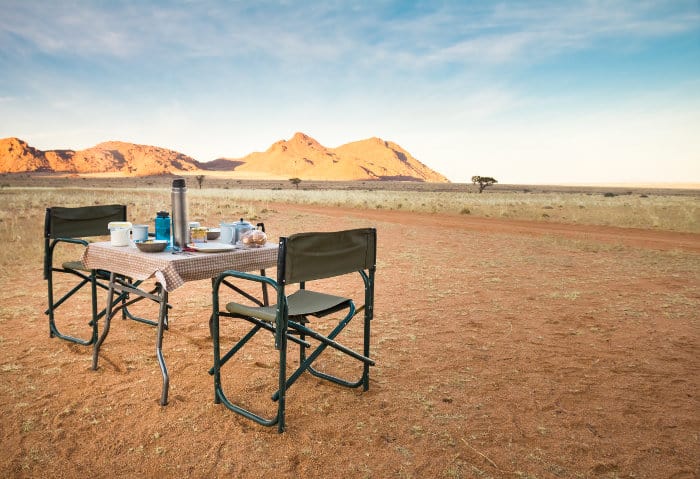
Probably the biggest reason for choosing a Namibia safari is the cost . Here you get the most intense encounters for the best price.
Park fees are lower than other Southern African countries and significantly less than in East Africa.
The camps and lodges are usually modest , without the thrills and luxuries of some in South Africa. Most of them are at the lower end of the price scale, which is very different from Botswana where camps could be USD 1000 per person a night.
Namibia’s public campsites are excellent . They are simple and well maintained, located in areas that can be rich in wildlife. Anyone who is self sufficient will find these camps accessible and cheap.
While Namibia is an enormous wilderness country the safari destinations are relatively easy to reach . A four-wheel drive vehicle is required.
But it’s not like in Botswana where flights are necessary to reach parts of the Okavango Delta , or in East Africa where it’s almost impossible to visit without a local tour.
Namibia is so vast that you don’t need to escape the crowds . You can have a private concession-style safari experience, full of exclusive natural encounters, without needing to pay a premium.
5. The best country for a self drive safari
Excellent camps , easy to find wildlife , and accessible destinations . That adds up to a great self drive destination. You do the safari and this is cheaper than a tour.
The classic way to explore Namibia is to rent a four-wheel drive vehicle that is equipped with a popup roof tent, a camp kitchen, and everything that’s needed for multiple days in the wild.
Visit the national parks , spend the days on safari, then set up at one of the campsites. It’s raw and rugged , an adventure in elephant country with no guides to protect you.
Self drive safaris are not advisable in East Africa – rules and regulations make them expensive and dangerous. One Africa Freak contributor encountered two backpackers in a Toyota hatchback stuck in the Serengeti mud, leaning out of the window taking photos of lions.
South Africa is good but doesn’t have the same wilderness factor , not when the Kruger now has a paved road through the middle of it.
Much of Botswana’s best safari destinations are inaccessible, either because the roads are washed away or the area has been gazetted as a private concession.
Then there is Namibia: freedom , beauty , safari and a connection with your wild side.
Guide to Namibia Safari Destinations
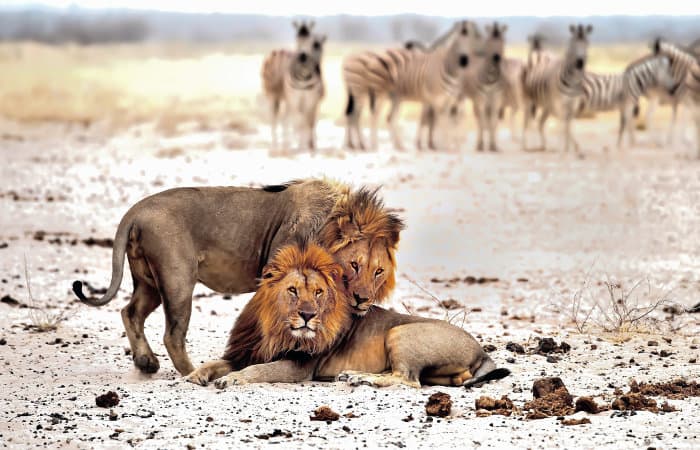
Etosha is one of Africa’s ultimate safari destinations. The rest in Namibia is good and exciting. Visit Namibia and Etosha has to be at the top of the list. If you can, add on the Caprivi Strip for an experience in contrasts.
Etosha National Park
Etosha has an eternal paradox . Like all of Namibia there is an incredible sense of wilderness and exploring a distant piece of old Africa. Yet Etosha is also very accessible and the game viewing is so simple.
There’s comfort and simplicity here, even when gazing across the shimmering Etosha salt pan. Within Etosha there’s the only water for hundreds of miles. That attracts a great succession of migratory mammals during the dry reason.
Often there’s a mystical collection of animals at a waterhole, a kind of animal party featuring hippos, gemsbok , impala, elephant, zebra and giraffe. Then the lions come and transform the dynamic.
The Etosha savannah is scorched yellow and red. Vegetation shrivels and a lot of the park appears lifeless. At the park’s heart is the Etosha Pan , a mammoth salt bed that the park is named after (Etosha literally means great white place ).

Antelope splash about the pan after the rains. Elephants and buffalo dig for the nourishing salt. Gaze across the pan and rhinos emerge from the mirage, the image like something from a work of fiction.
After the pan shrivels and dries, life revolves around the park’s different waterholes . Most camps overlook one of these waterholes so a lot of the safari can be spent sat on a balcony, drinking a beer as wildlife also takes a drink.
The Etosha camp accommodation is very cheap in comparison to South Africa and Botswana, usually less than USD 150 per room for a very comfortable tented camp in a prime location (it may be USD 1000 in South Africa).
Public campsites aren’t next to the waterholes but are among migratory channels so you will see animals nearby. And every night the Etosha animals create their own noisy lullaby.
Animals to see and planning an Etosha visit
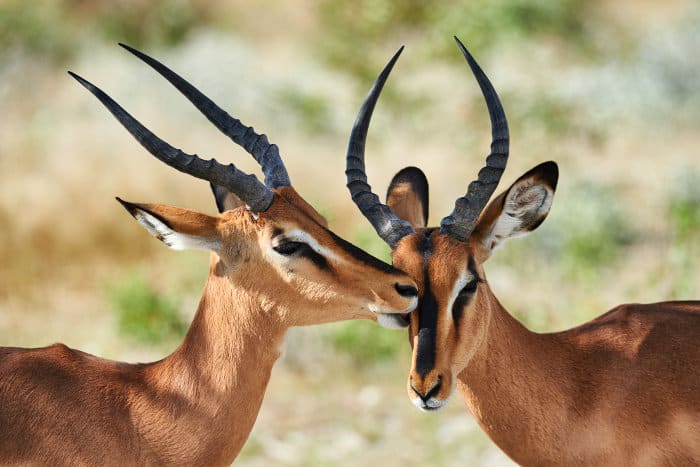
Etosha is home to four of the big five . It’s one of the best places in Africa to see white rhinos and their abundance is quite remarkable here.
Elusive species like black-faced impala are common. Tense predatory scenes are witnessed around the waterholes.
There’s just about everything you could ask for in a safari destination and the ease of the game viewing is elevated by Etosha’s openness . Spotting wildlife is straightforward, even without a guide.
Etosha is located in northern Namibia , roughly a four-hour drive from capital city Windhoek and seven hours from the Caprivi Strip.
Allow at least three full days . The park is big and there is more than enough wildlife for three days. Ideally consider four nights, allowing for two nights in two different sides of the park.
Ongava Game Reserve
A private concession in southern Etosha, Ongava is a luxurious and expensive destination. It’s typically included on high-end safari itineraries that use light aircraft to hop around the country.
The key highlight is the walking safaris , in particular walking safaris with white rhinos. Nighttime game drives and photography hides add to the intimacy.
Wildlife is similar to Etosha and there are only a dozen guests at a time , so it does feel very personal. Still, it’s debatable whether Ongava is worth the price when Etosha next door is so good.
Okonjima Nature Reserve
Halfway between Windhoek and Etosha, Okonjima can be a good Namibia safari introduction . The park is small and fenced but does provide good wildlife encounters, particularly with the cats.
Okonjima is home to the Africat Foundation that helps to rescue and rehabilitate Africa’s carnivores. These cats are in addition to free roaming wild predators. You will need to stay at the lodge in the reserve and one night is sufficient.
Caprivi Strip
Namibia’s fertile panhandle is a surreal contrast to the country’s desert wilderness. Forests and grasslands flourish as four of Africa’s great rivers take root: the Okavango, Zambezi, Chobe and Kwando .
These rivers attract migratory herds throughout the dry season, from various antelope to many thousands of elephant. Many animals stop by the Caprivi as part of their journey to the Okavango Delta or Chobe.
Animals and villages must coexist in the Caprivi. This makes sense: in a desert country almost everything wants to be near a river . There is no single national park but a series of small national parks interspersed with villages and a paved highway heading towards Victoria Falls.
Some of these have been established by local communities and the Caprivi Strip is a celebration of locally organised conservation .
Here there’s an acknowledgement that local people have been integral to conservation since the dawn of time. They’ve found a modern solution that satisfies the needs of wildlife, local people and tourists.
Bwabwata is the largest of the parks, followed by Mudumu and Nkasa Rupara . There’s also Caprivi Game Park , Mashi Conservancy , Wuparo Conservancy and Salambala Conservancy .
Although they don’t share borders, these parks do help create a single wilderness . They have successfully ensured the preservation of one of Africa’s most important wildlife corridors. Here you will see elephants and many other animals crossing the highway.
Each has either a public campsite or a camp and the prices are very reasonable .
Animals to see and planning a Caprivi visit

There is a little of everything but mostly you encounter elephants and different antelope . Giraffe poke their heads up above the trees, buffalo march around and zebra are conspicuous.
Don’t expect many big cat encounters . Not many live here and the lush vegetation makes them difficult to find.
Local San guides may be able to show you a wild dog den, so visitors with patience can be rewarded with sightings of one of Africa’s most endangered species; read the full wild dog story here .
It’s relatively easy to cover any of the parks in a single morning or afternoon drive. To spend more than two nights in any of these parks doesn’t make sense.
The Caprivi is in the far north of Namibia and it’s literally a 400 kilometre strip that juts above Botswana. Follow the strip to the end and you reach Victoria Falls .
We’d recommend spreading the Caprivi journey over three days . With that you can spend a night in two parks or conservancies before leaving Namibia to visit Victoria Falls or Chobe in Botswana.
But if you are blessed with time then extend the journey. These peaceful parks provide a beautiful connection with your wild side . No other people, a handful of grazing animals, and a fertile wilderness.
When to Go on a Namibia Safari

Namibia has clearly defined seasons and these have an enormous impact on the safari experience.
June to August – dry season, mild temperatures, good game viewing
- Mild days and cold nights ; bring warm layers and expect to spend each evening around a campfire.
- Great dry season wildlife viewing with lots of animals around waterholes.
- Dusty skies which aren’t ideal for photography.
- Peak season can result in crowds, especially in parts of Etosha.
September to November – dry season, hot, excellent game viewing
- Hotter days and warmer nights; be prepared to sweat.
- Outstanding dry season game viewing ; there is hardly any water left so wildlife is highly concentrated.
- Less visitors compared to June to August.
- The rains usually start in November and usually come as a relief.
December to January – wet season, very hot, best avoided
- Very hot days in the desert.
- Occasional storms but it doesn’t rain that much in the desert.
- A surprising number of visitors as it is school holiday time in Southern Africa.
- Animals have dispersed so game viewing is more difficult .
February to May – wet season, warm and beautiful
- Namibia is incredibly attractive after the rains have come.
- You may experience storms but mostly these months have blue skies and warm temperatures .
- Wildlife looks healthy and you can see lots of babies.
- However, it’s harder to see animals as they are dispersed.
Planning a Namibia Safari

Namibia safaris often require intensive planning as you must decide how to get around. Overland tours are the most popular mode of travel. You are in a small group and usually spend one to two weeks traveling through Namibia.
For self drive safaris think very carefully about where to pick up and return the vehicle. There’s a superb loop from Windhoek: Windhoek, Damaraland, Etosha, Caprivi Strip, Victoria Falls, then returning via Botswana.
It’s very tempting to extend the journey by starting in Cape Town or Johannesburg but this does add a lot of miles and fuel cost to an already long journey. However, coming from South Africa allows for a route incorporating Fish River Canyon and Sossusvlei.
Another option is to take public transport to Windhoek and then continue the journey from there. Windhoek based tour operators can take you on a three or four-day trip to Etosha for a reasonable price.
The more expensive option is a fly-in safari . Beautiful views extend from the window as you fly to Namibia’s distant destinations. These are aerial safaris and maximize the time you have, ideal if this is a multi-country and you only have two weeks in total.
Map of Namibia’s Main Parks
There’s at least a dozen national parks in Namibia. Here’s the country’s major protected areas and where to find them on a map.
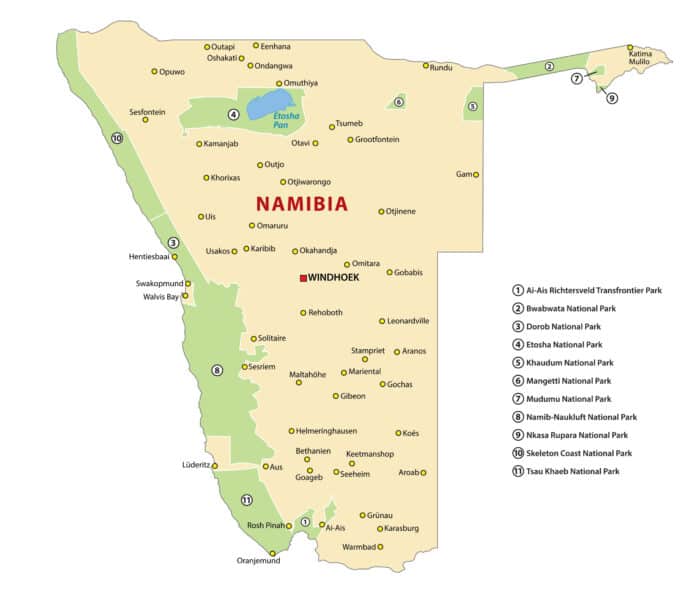
Good Luck in Namibia

We love Namibia . This is where you really connect with your wild side.
At first it seems like an endless empty wilderness. Spend time and look closer, because this is where safari secrets hide .
About The Author
Editorial Team
Related posts.

Cape Cross Seal Reserve: a smelly encounter
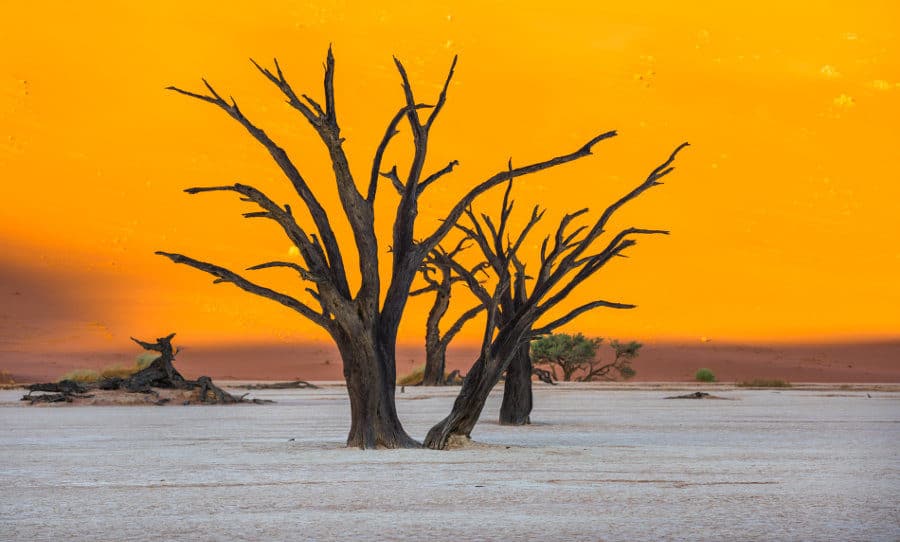
Deadvlei is far more impressive than Sossusvlei – Here’s why

Etosha National Park – The ultimate guide
2 thoughts on “namibia safari – the complete guide for first-time visitors”.
Is it easy to arrive in the capital of Namibia and get a 5, 6 day tour/safari in a local enterprise, that will be cheaper then the ones we find on the internet and we contacted previously when abroad? I mean, I would like to know if I arrive in Namibia will it be easy to find a safari organized by locals, that are cheaper then the ones I find on the internet?
Sure, it is definitely possible to organize your trip once you land in Namibia. There are various travel operators, especially in Windhoek.
That being said, I wouldn’t say it is necessarily “easy”.
It still requires time to organize things properly. You need to find a reliable operator, you might not have as many options… plus pricing will depend on the travel period (more expensive in the high season; in July-October).
NB: Namibia is the perfect destination for self drive safaris , so this could be a nice option to consider if you prefer more flexibility and freedom.
Hopefully this helps.
Happy planning,
Leave a Comment Cancel Reply
Your email address will not be published. Required fields are marked *

Namibia Safaris
Wildlife safaris in the living desert.
Welcome to the most unique wildlife destination on Earth. Along with our friends at AfriCat, Save the Rhino Trust, and Dr. Flip Stander, we have developed world-class safaris that support critical conservation efforts. Search for desert-adapted elephant, oryx, rhino, and lion, have a chance to assist with behind-the-scenes vet checks at AfriCat, and scale the world’s largest free-standing dunes of Sossusvlei! These adventures encapsulate the best of this top-tier safari destination.
All Trips to Namibia
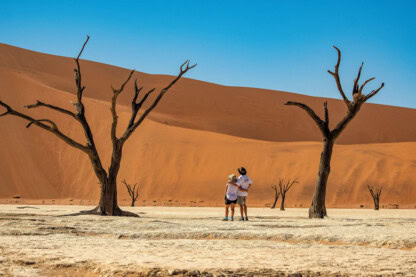
Small Group Adventure
Namibia Expedition
From $9,195
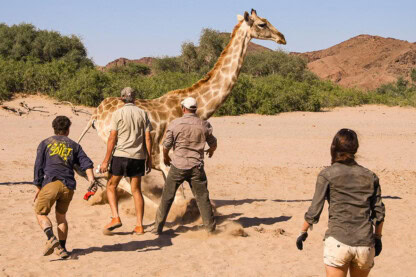
Namibia: Giraffe Conservation Safari
From $10,495
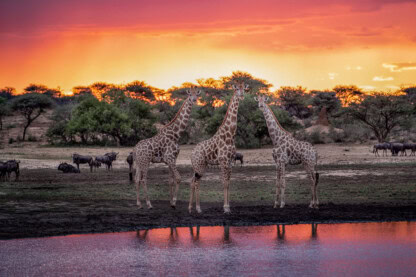
Namibia: Green Season Safari
From $11,995
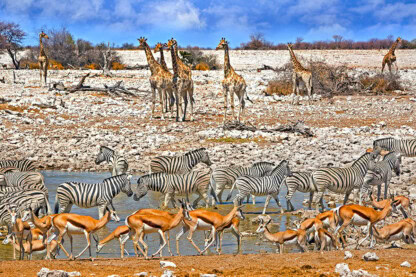
Ultimate Namibia and Botswana
Botswana, Zimbabwe, Namibia
From $12,995
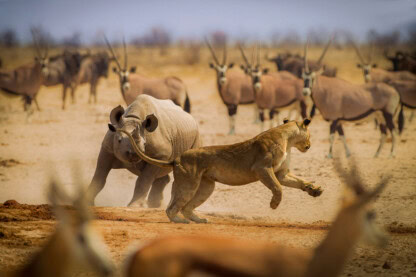
Namibia: Desert Lion Conservation Safari
From $9,795

Private Journey
Namibia Private Safari
Call for Pricing
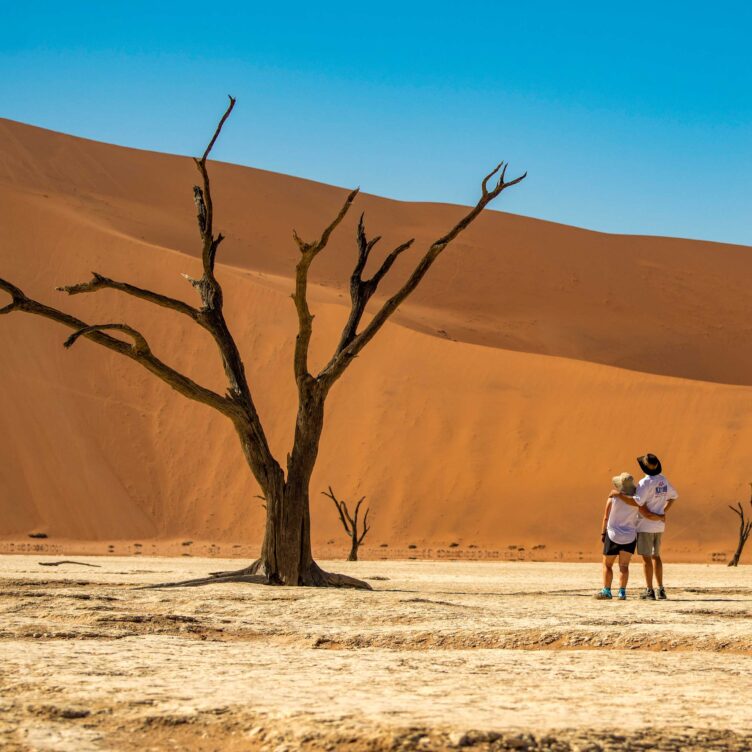
What Makes Our Namibia Safaris Special?
- The Most Extensive and Diverse Namibia Itineraries — We get you off the beaten track, with an unmatched range of activities including visiting with Himba tribes, climbing the epic dunes of Sossusvlei, and hiking the Tok Tokkie trail.
- Accommodations as Enchanting as the Landscape — Chosen to give you unrivaled comfort in Namibia’s most remarkable locations, our accommodations include private tented camps sited for access to rare wildlife, and charming lodges inside parks and game preserves.
- Custom-Built Vehicles & Guaranteed Window Seats — Our air-conditioned Land Cruisers guarantee each passenger a window seat and ample room for camera gear. We also include a private charter flight with dramatic views along the Skeleton Coast.
- Small Groups & Expert Trip Leader — With a maximum of 12 travelers per departure, we ensure you never feel crowded or rushed, and our world-class Trip Leader accompanies you throughout your entire safari.
- Be Part of the Greatest Conservation Story on Earth — Namibia took the extraordinary step of writing conservation into its constitution, and now has over 40% of its land preserved. It is the only growing wildlife population in all of Africa!
Everything You Need to Know
We plan our adventures for Namibia’s best seasons, when wildlife viewing is at its peak. The “dry” season (April-September) is the most popular time of year, when daytime temperatures are in the mid-70sºF and wildlife viewing is at its peak as waterholes attract a vast array of animals. We also highly recommend the “green” season (January-March) when the crowds are gone and sporadic rains bring the desert to life to reveal carpets of flowers and calving season begins for plains game such as springbok and zebra.

Namibia’s varied landscapes and unique wildlife viewing offer seemingly endless opportunities for exploration—we’ve highlighted our favorite activities below!
Our purpose-built Land Cruisers are ideally suited for Namibian road conditions and ensure the best possible ride comforts on the many miles traveled; and Namibia’s awe-inspiring landscapes are the ideal destination for road adventures! With a maximum of 5 passengers per vehicle, everyone is ensured a window seat and plenty of room to stretch out their gear and legs.
All of our vehicles feature:
- Pop-top roofs for better photography and game vantage points, located at both driver’s front and back cabin
- Air conditioning
- Onboard fridge and freezers with plenty of water
- Library, including guide books, maps, stationary and check lists
- 220 volt electrical outlets to recharge batteries on the go
- VHF radios to allow group communication while on the road
- “Magic Boxes” for en-route catering from bush breakfasts, coffee and tea stops, to sundowners!

Not sure which Namibia adventure is best for you? See below for a side-by-side comparison of each of our itineraries to help make your decision easier. Still unsure? Our Africa Area Specialists are happy to answer any questions and explain the journeys in greater detail.
Experience Namibia
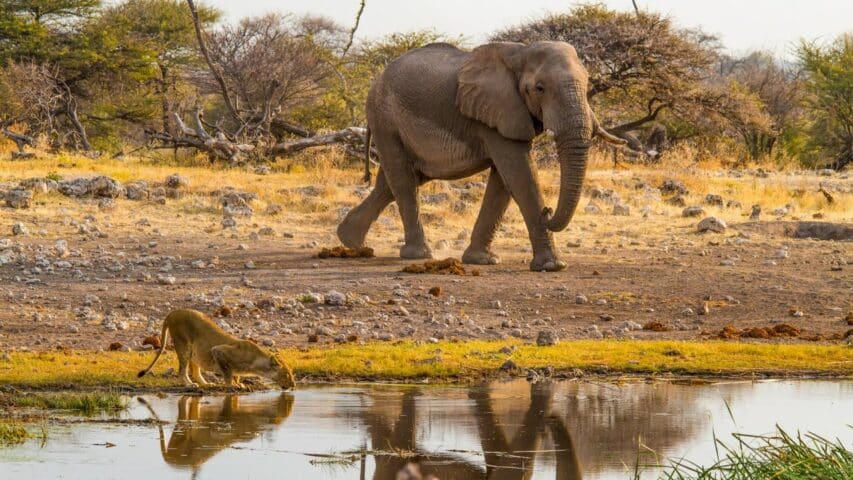
Extend Your Trip
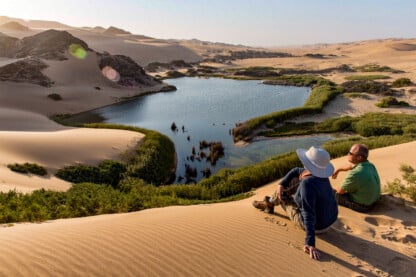
Hoanib Skeleton Coast Extension
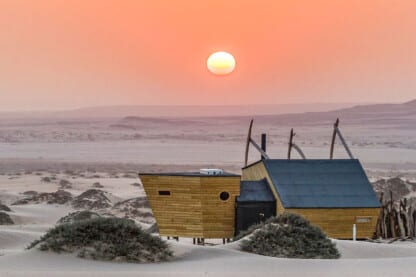
Shipwreck Lodge Extension
From $5,895
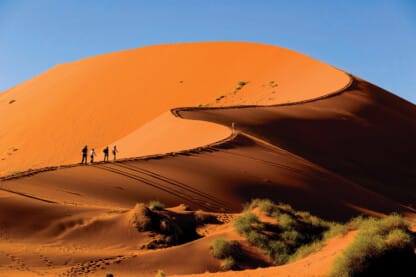
Sossusvlei Dunes Extension
From $4,395
REVIEWS FROM OUR CLIENTS
From our arrival to departure everything fell into place perfectly: the hotels, lodges, and food were all first rate. Being able to track the cheetahs on foot at AfriCat was absolutely amazing. What an experience!
This was my ninth Wilderness Travel trip and one of my very favorites. This trip had it all, great animal viewing, stunning landscapes including dunes and deserts, fascinating cultural exchanges with the Himba, and a real appreciation of Namibia past and present.
This is a wonderful trip. I was reluctant to leave just about every place we were. The place, the animals, the landscape, the accommodations, the people were all outstanding. The devotion of all to preserving their unique environment was impressive and enviable.
I love Wilderness Travel. You select the best guides, a variety of special places to stay, the food is always plentiful and cultural, and the adventure is top drawer! This trip to Namibia met all my expectations and more. Thank you for offering a trip that expands one’s knowledge of other cultures while making it enjoyable and fun.
Namibia is a fascinating and varied country. I feel privileged to have seen it. The quality of a trip often rests with the quality of the guides, and both were excellent!
This is an astounding trip to a really beautiful country. I really liked the itinerary. The Tok Tokkie desert hike is what caused me to choose the Wilderness Travel trip over some others and it was great. I was surprised by how many animals you see on that hike and how close they let you come to them.
Couldn’t have asked for a more interesting trip and two outstanding guides, accommodations, and meals. This was our fourth trip with Wilderness Travel and one of the best (although we say that about every trip we have been on!).
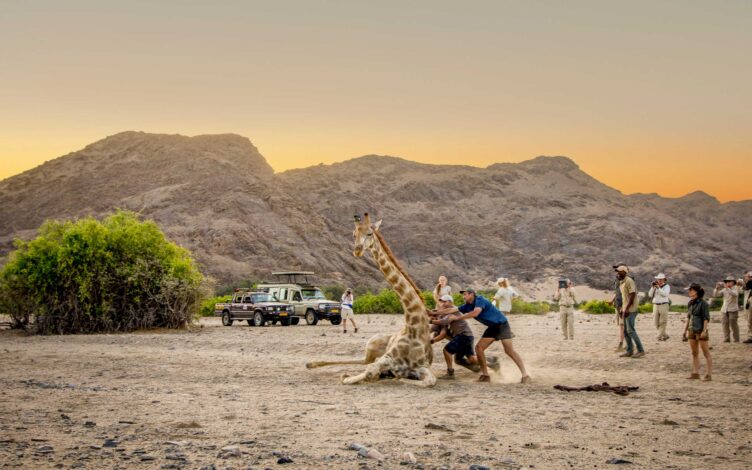
Community & Conservation
Our trips directly donate to Save the Rhino Trust, Desert Lion Project, Giraffe Conservation Foundation, and AfriCat Foundation. They are all actively working to establish protected habitats and create a sustainable future for endangered wildlife.
Talk to an Expert
Our Africa Specialists know every detail about our Namibia safaris. They will be happy to answer any questions and help you choose the journey that’s right for you. Contact us to learn more or book your trip today!
- Travel Guides Plan your adventure
- Destinations Our favourite places
- Tours Book a trip
- Travel Companies Independent specialists
- Travel Guides
- Destinations
- Travel Companies
Safari in Namibia
An expert guide to the best safaris in namibia.
Melanie van Zyl
- In this guide
Namibia safari
- Where to go
- Need to know
How it works
Researching travel guides, reviewing campsites and finding new ways to photograph its sublime scenery, I've been going on safari in Namibia for over a decade and have visited virtually every corner of this vast and little-known country.
Namibia shares borders with some of Southern Africa’s safari heavyweights: South Africa , Botswana and Zambia . But the Namibia safari experience has little in common with its neighbours. Yes, there are all the “big five” and other blockbuster megafauna, but all in much lower densities. There are few open savannahs and vast river deltas. Here, the desert reigns supreme. Namibia is Sub Saharan Africa’s driest country, where the elephants have evolved into their own subspecies to adapt to the scarcity of water. Going on safari in Namibia is more about marvelling at the staggering desert scenery and the weird micro-scale wildlife that can withstand this extreme environment.
You can go on safari in South Africa or Kenya to chase the big five. You go on safari in Namibia to see something that is truly, often startlingly, different.
If there's one place that's truly about the journey, not the destination, it is Namibia. Read on for my expert guide to the best safaris in Namibia.
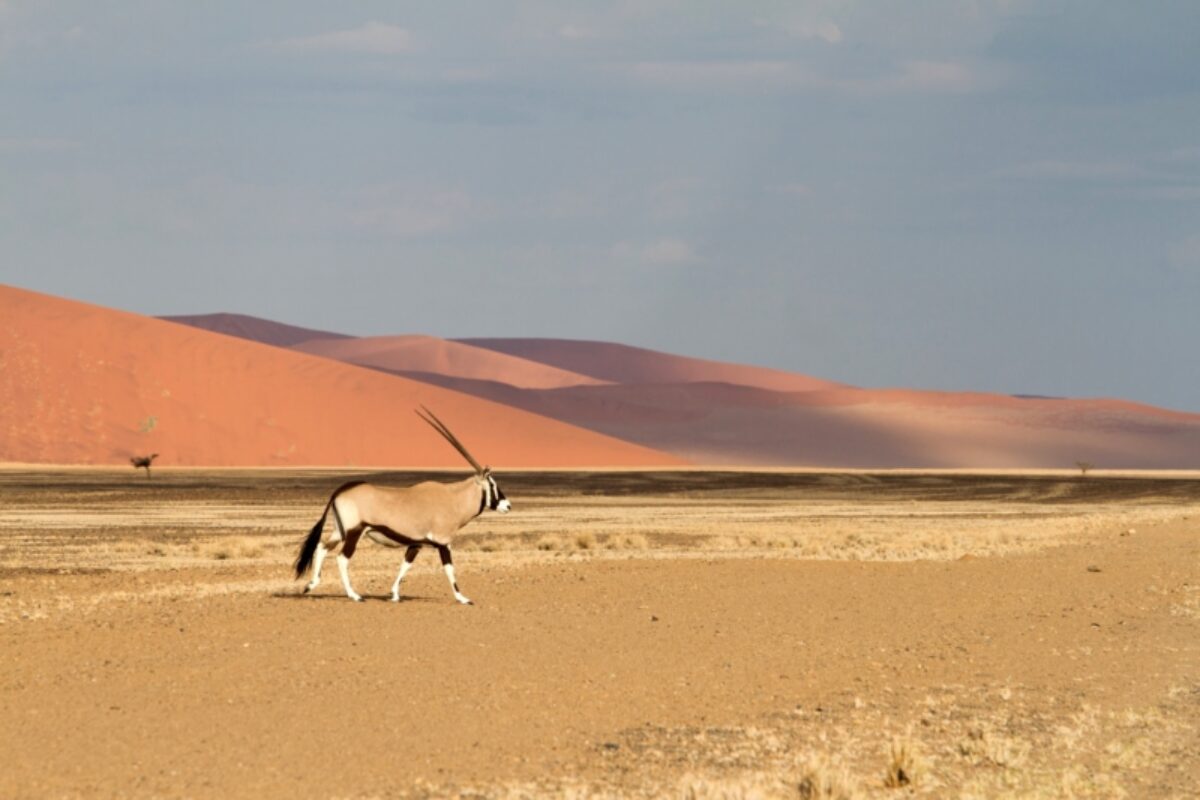
A lone oryx in the vastness of the Sossusvlei clay pans, Namibia
featured namibia safaris
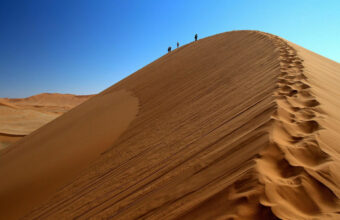
Namibia Unbound
10 day small group tour to the highlights of namibia.
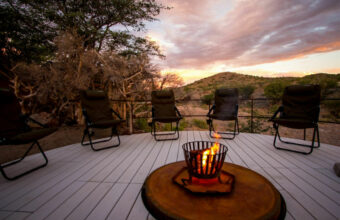
Namibia Under Canvas
10 day small group tour, where to go on safari in namibia, namibia's most popular – and some lesser-known – highlights.
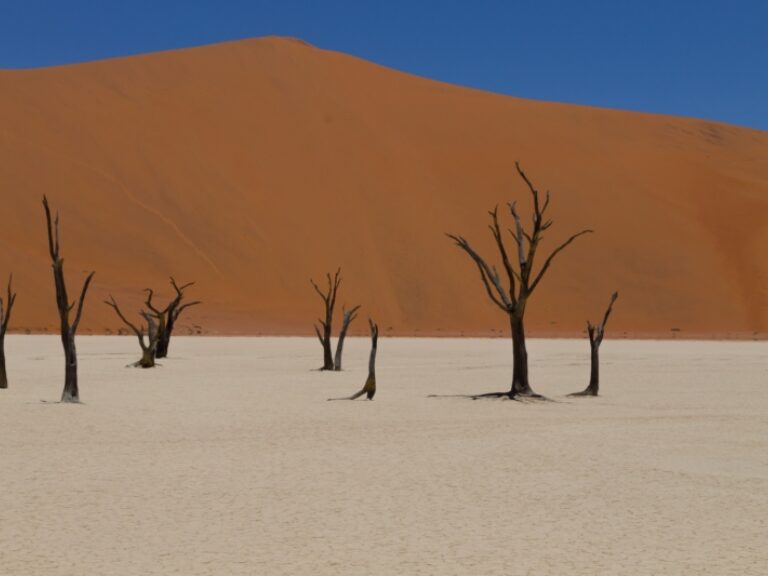
Namib-Naukluft National Park
Hike landscapes straight from a surrealist painting.
Probably my favourite places in all Namibia are the pale clay pans of Sossusvlei and Deadvlei. Set in the sprawling Namib-Naukluft National Park, this is one of Earth's oldest and most captivating deserts.
The odd oryx, springbok antelope and ostrich dot the scrubland but don't expect any big five sightings here, this place is more about unshowy wildlife and its visually arresting landscapes. (For game sightings I’d recommend Namibrand or Etosha instead.) Here you'll find a surreal playground of towering dunes in ombre spice-coloured shades, from paprika to turmeric to cinnamon and hauntingly beautiful fossil valleys.
As you venture deeper into the park, you can get out of the vehicle and touch the sands. Come at dawn, and you'll feel the mist from the Atlantic Ocean settling on your arm as you climb the dunes, before it dries out in the warming morning sun.
There are no adventure activities like sand boarding on offer here, it's about climbing the sand dunes (in designated areas), ambling across the pans, and stopping for a picnic to soak up the scenery.
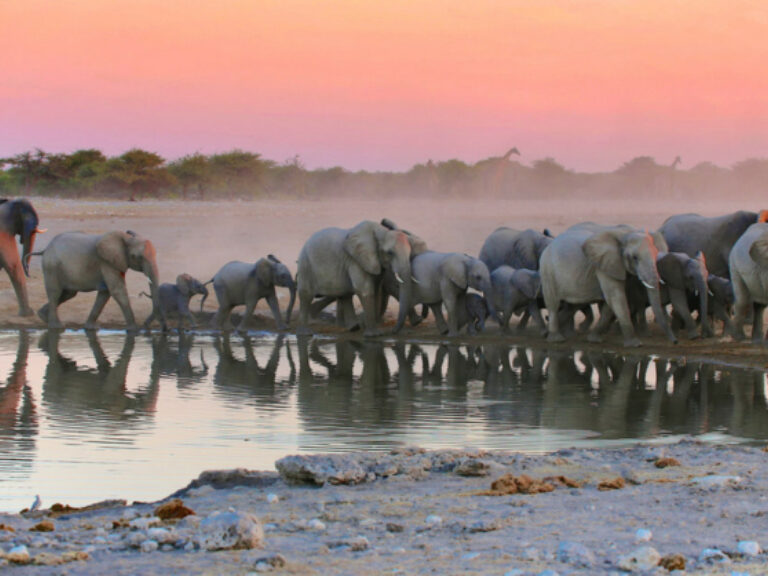
Etosha National Park
Namibia’s most famous safari park.
Its name means 'the empty place' but with Namibia's highest concentration of wildlife, Etosha is anything but empty of safari sightings – the only big five animal not found here is the Cape buffalo.
Etosha National Park is well-known for its waterholes, best visited during the dry season when wildlife flocks to these oases dotted throughout the park. In Etosha I have spotted lions chasing springbok, dozens of bird species (including many pairs of elegant blue cranes), imposing white-crusted elephants, oryx herds, giraffes, and much more. But the real safari treat is to sit still. Pack a picnic and spend some time at the waterhole to appreciate the astounding diversity and density of the game.
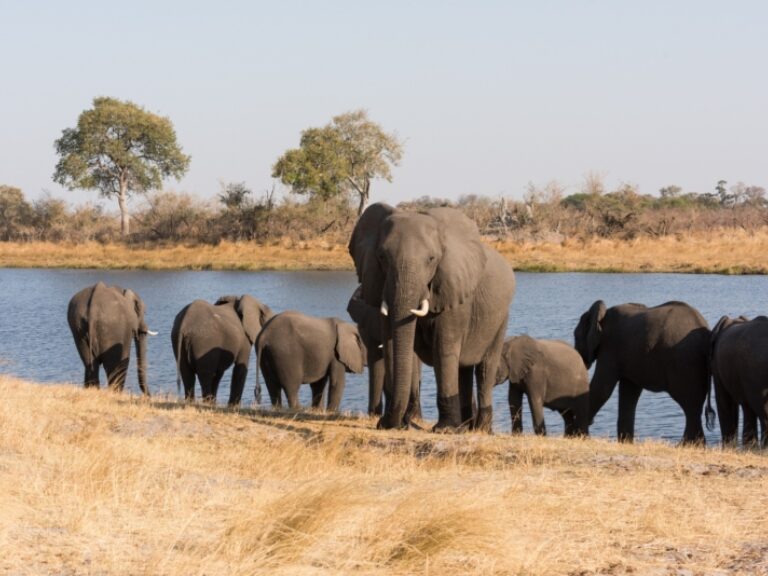
Bwabwata National Park
Namibia’s safari hidden gem.
Escape the mainstream safari itineraries at Bwabwata National Park. Often overlooked in favour of Namibia’s more famous safari parks, I like to think of this area as a more affordable Okavango Delta .
With lush landscapes and riverine forests, the wetlands of the Zambezi Region (formerly known as the Caprivi Strip) in northernmost Namibia offer a striking comparison to the stark coastline and desert interior. It's part of the Kavango-Zambezi Transfrontier Conservation Area, covering an area of 444,000 square kilometres. Bwabwata National Park sits at the heart of this region and is home to hippos, crocodiles, roan, sable, impala and red lechwe, and lions and leopards. The Buffalo Core Area is notable for its buffalo herds in the east. The Kwando Core Area to the west is primarily known for its elephants and sometimes African wild dogs pass through.
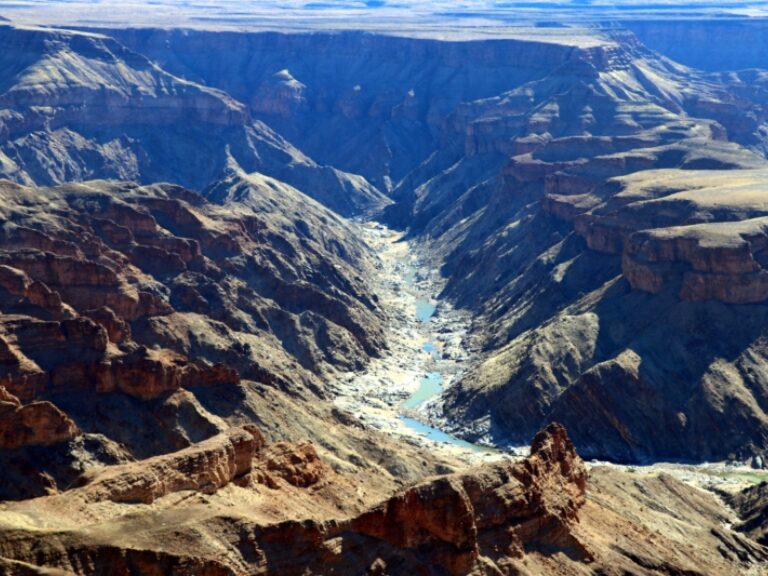
ǀAi-ǀAis/Richtersveld Transfrontier Park
Trek the iconic fish river canyon.
Namibia's Fish River Canyon is a staggering geological masterpiece in the /Ai-/Ais Richtersveld Transfrontier Park, shared by Namibia and South Africa.
The main viewpoint and information centre are worth a visit for an epic sunset if it's on your route, but to truly escape the tourists, your best bet is to embark on the epic five-day trek along the canyon floor. Sights in this area include quiver trees and cute klipspringer antelopes. It's a straightforward trek as you can’t leave the canyon walls, but you’ll be totally self-sufficient and it’s not to be underestimated – I had a friend who had to be helicoptered out due to heat exhaustion and dehydration. An organised trek accompanied with a guide is recommended, if not essential.
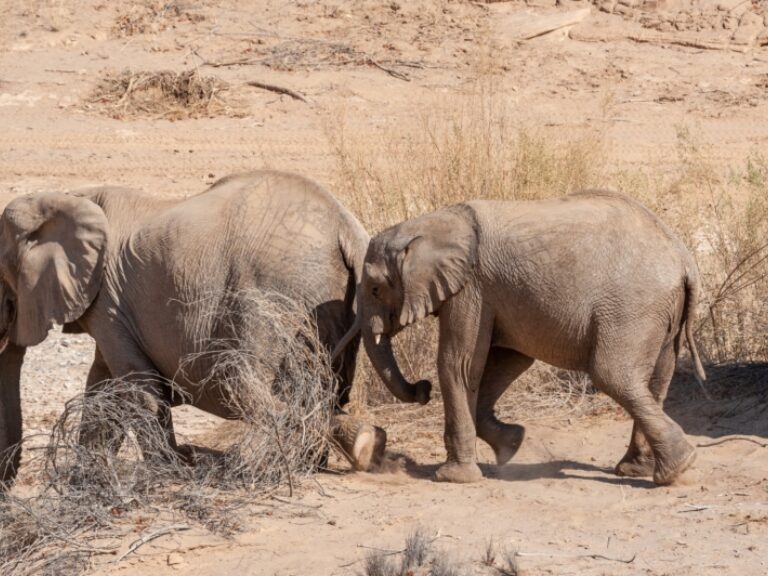
See Namibia’s rare desert dwelling elephants
You might only see a few animals here, but tracking Damaraland's desert-dwelling wildlife is a highlight in this fascinating region sandwiched between Etosha National Park and the Skeleton Coast.
Desert-adapted elephants, rhinos, and lions roam rocky terrains, dry riverbeds, and gravel plains dotted with the weird, twisted welwitschia mirabilis plants.
Although it can be challenging to see the wildlife here, I find this scarcity makes each sighting all the more memorable. Spotting one elephant in the desert is somehow more special than seeing an entire herd in a lush reserve.
Desert-dwelling elephants are considered an endangered subspecies and occur in five rivers usually devoid of water: the Ugab, Huab, Uniab, Hoanib and Hoarisib. These elephants have larger feet to walk on sand and travel in smaller herds. They only need to drink once every few days, using their long trunks to dig for water in the dry river beds.
Also here is Twyfelfontein, home to one of Africa's most significant collections of rock art, with over 2,500 engravings dating back some 6,000 years.
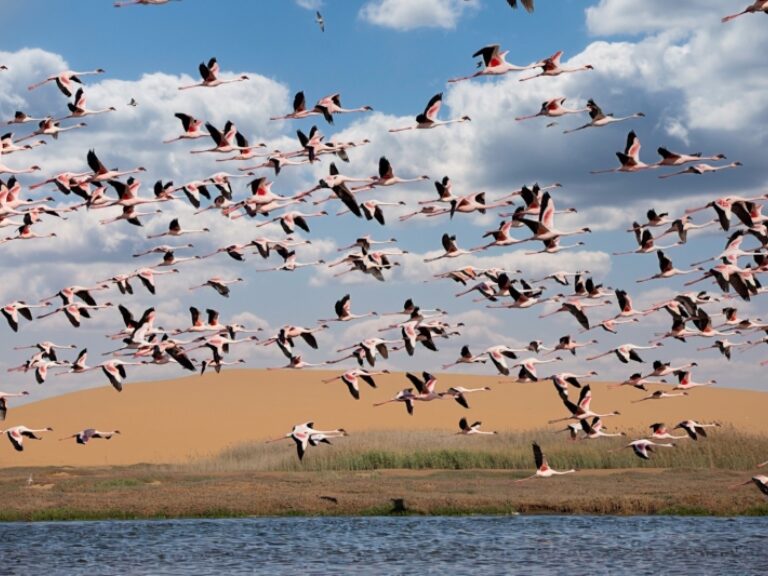
Birding on the Atlantic Coast
Although more industrial, these coastal towns harbour great wildlife opportunities coupled with creature comforts (don’t miss oysters and cold Namibian beers from the seaside restaurants in Swakopmund).
The expansive tidal lagoon south of Walvis Bay is primarily a birding attraction, hosting thousands of flamingos, pelicans and cormorants. Boat tours along the coast also provide a front-row seat to colonies of seals, and sometimes dolphins cruise the bow waves.
Inland, you can walk the coastal dunes searching for desert critters, such as the comical palmato gecko with its transparent skin, beautiful colours, and sand-disguised sidewinding snakes.
Namibia’s safari highlights
Our expert's top picks.
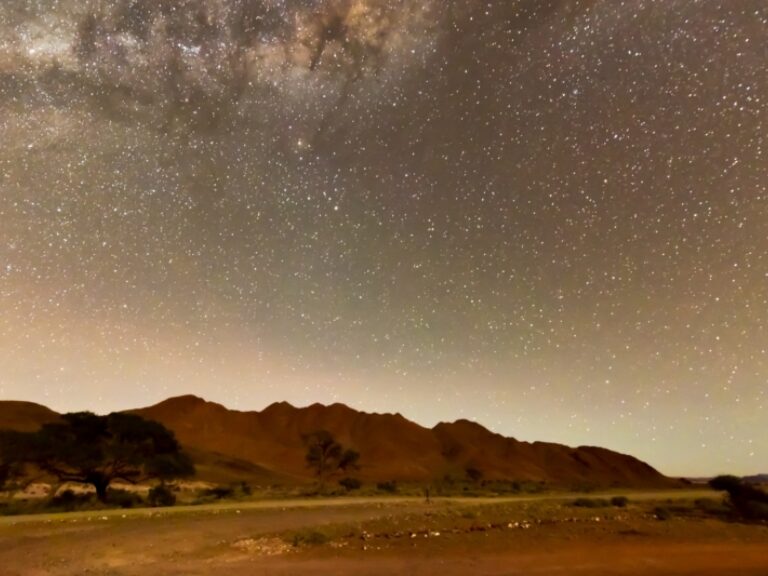
Stargazing and walking safari in NamibRand
If you have the bucks, the NamibRand Nature Reserve is where I like to escape the masses that can crowd Sesriem at the entrance to Namib-Naukluft National Park. There are luxury lodges here, such as Kwessi Dunes or &Beyond Sossusvlei Desert Lodge, which are well-regarded if pricey. I prefer the organised overnight walking safaris: light pollution is minimal here and the skies are among the darkest and clearest on earth. Immersed in the silence of the desert darkness, I experience a humbling connection to the cosmos.
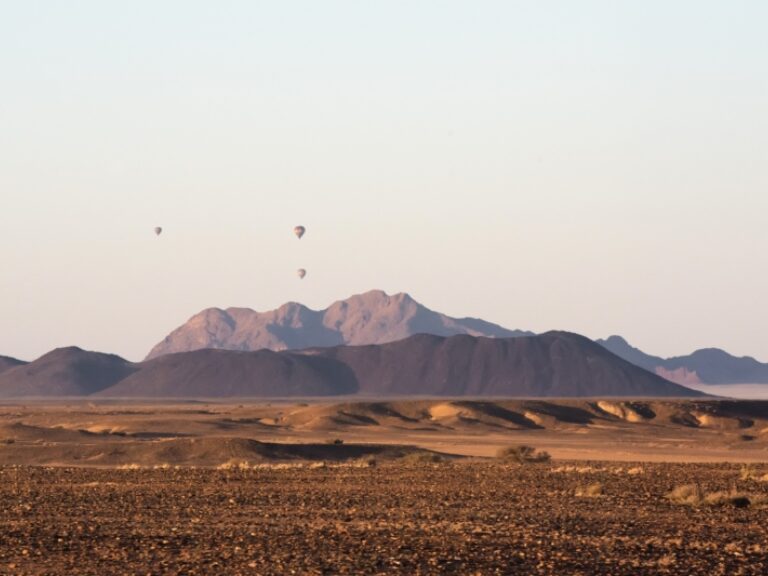
Balloon ride over the Namib Desert
While you might be disappointed that the balloon doesn't actually cross over the Sossusvlei or Deadvlei claypans, there is freedom in being beholden to the desert winds. Dramatic views from a balloon basket offer an eerie sense of the vastness and solitude of the Namib Desert, evoking a deep appreciation for this untouched wilderness. We even spotted a brown hyena scuttling across the sands below during my flight. Be prepared for a rudely early wake-up call. It's best to stay close to the launch site at Kulala Desert Lodge, or the kitschy Le Mirage Desert Lodge and Spa.
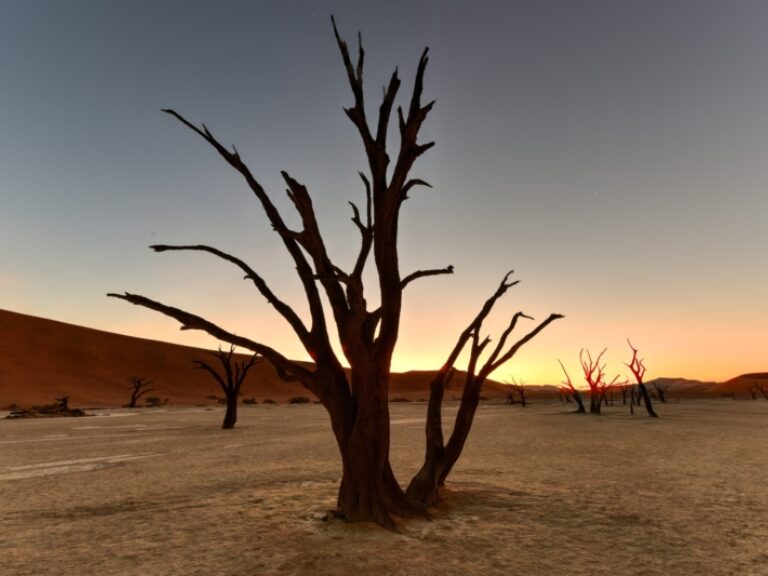
Wake early for sunrise at Deadvlei
The Sesriem junction is the starting point for trips to the Sossusvlei and Deadvlei claypans. To experience sunrise (or sunset), beat the heat and get ahead of the crowds, spend the night at one of two lodges located within the park gates (Sossus Dune Lodge and the pricier, more private Kulala Desert Lodge). Alternatively camp at the very basic Sesriem Camp for the perk of an hour-early entry to the park. It's a 60-kilometre drive to the Sossusvlei and Deadvlei sites (many visitors stop at Dune 45 instead, but I recommend you forge on). Deadvlei is then a further one-kilometre hike from the car park (not everyone is fit enough for this trek, especially in peak sunshine) and is where you can climb the spine of the Big Daddy Dune.

Watch migrating elephants
Bwabwata National Park has limited accessibility and few self-drive routes, but the wildlife is no less dramatic than other popular parks.
My favourite area is Horseshoe Bend in the Mayuni Conservancy zone, with its abundant plains animals. Elephants congregate here in their hundreds on their migration route between May and September, and it's where I snapped my first magazine cover shot. Nambwa Campsite and Nambwa Lodge (a treetop stay with high walkways for elephants to wander freely below) are the nearest accommodations.
The park can get busy in peak seasons, impacting the sense of wilderness. Also, consider exploring the less-visited Nkasa Rupara National Park nearby.
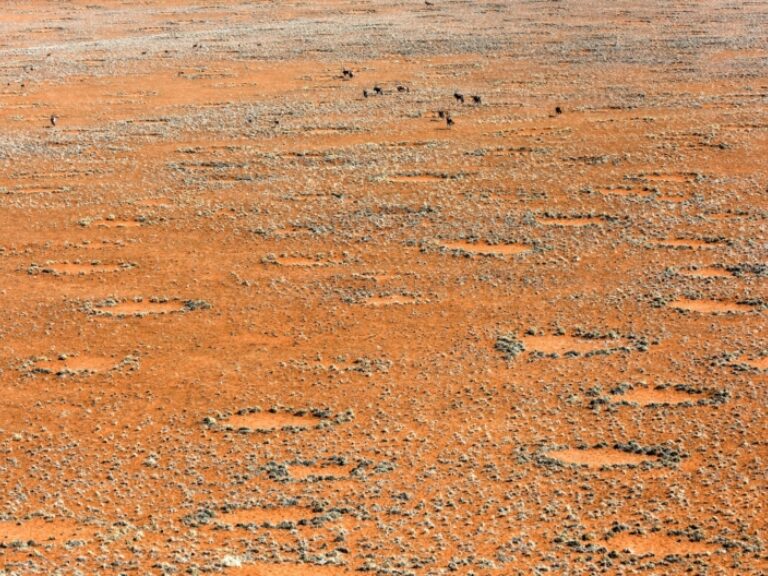
Horse ride (or ebike) past fairy circles at Wolwedans
Wolwedans is one of the most established lodge collections in the country, with enviable locations dotted across the NamibRand Nature Reserve. I loved how committed this operation is to treading lightly, and I had tremendous fun gliding along, up and down, over the dunes of the Namib Desert by horseback and bike.
Whether a flat-out gallop or a sedate trek, all levels of riders are welcome to wind between the “fairy circles”, mysterious barren patches amid the desert flora that have long perplexed scientists. Theories range from plant self-organisation to toxins from euphorbia bushes. Still, my favourite story is the Himba explanation that they are the footprints of Mukuru, their supreme being.
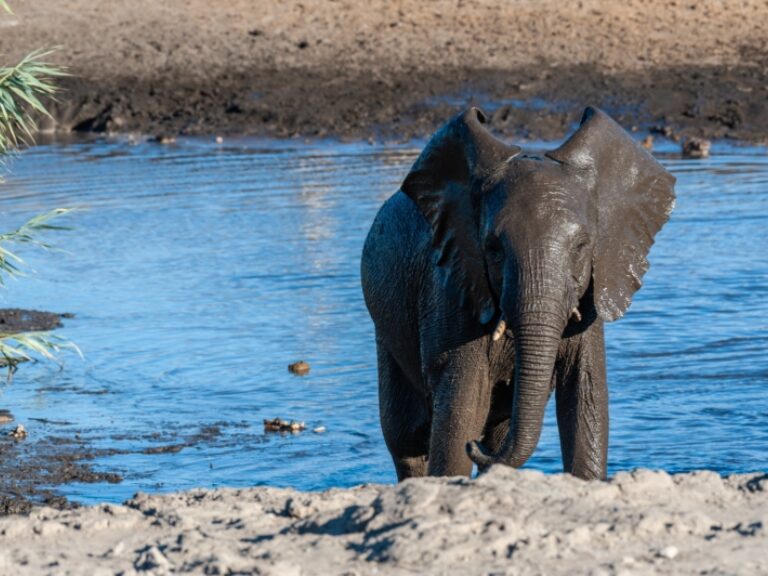
Spy on elephants at the waterhole
Etosha's waterholes provide an excellent David Attenborough-worthy opportunity to witness wild animals up close. Watch elephants slake their thirst under the scorching sun or detect the sounds of rustling leaves and animal calls as giraffes, zebra and impala tentatively gather during the evening.
The Okakuejo's floodlit waterhole is a great spot to glimpse the critically endangered black rhino.
I recommend you book accommodation in advance during peak season, weekends, and festive December. Alternatively, visit during the wet season when the landscape is greener, but water availability causes animals to disperse.
Etosha is surrounded by other private game reserves and luxurious places to stay, including Anderssons at Ongava (I have my heart set on visiting the Ongava Discovery Centre next) and Onguma Camp Kala.
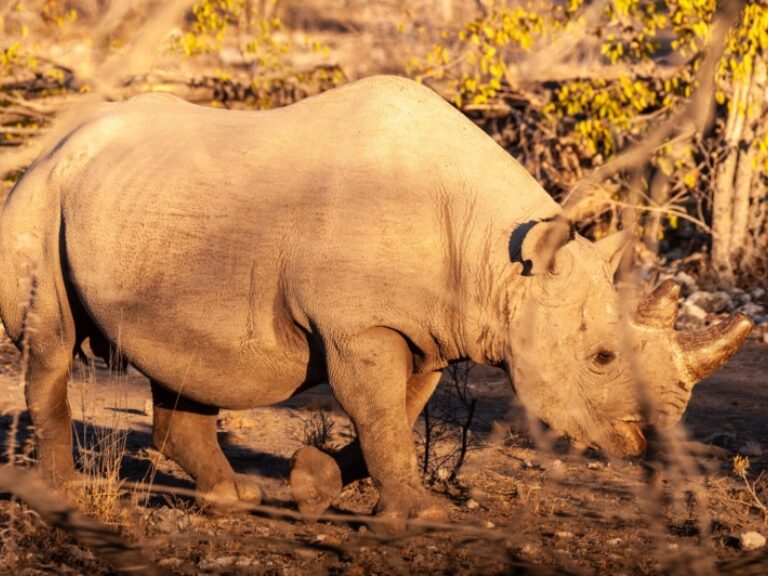
Track the critically endangered black rhino
Head out on a game drive or an immersive (though sometimes hot and long) walking safari to track the world's last remaining free-roaming population of the critically endangered black rhino.
I always find Rhino tracking a heart-pounding adventure. A dance of anticipation and caution as you trek the rugged landscape. Palmwag Concession is the best area, and top sightings generally occur between April and November, but stay at least two days to up your chances of seeing the rare animals.
Well established, the Desert Rhino Camp is high-end, but Damaraland Camp, Camel Top Community Campsite, Palmwag Lodge and Sesfontein Guesthouse are affordable alternatives.

Learn about the living desert
So many people visit the iconic dunes of Sossusvlei but don't notice the phenomenal creatures that eke out an existence in this extraordinary landscape. Unlike other deserts, critical ocean mists feed the Namib sands and sustain fog-sipping beetles, nude-coated lizards and handsome snakes that bury themselves in the sand. They’re tricky to find by yourself, so get a guide to share their tips and tricks for seeking out the small stuff.
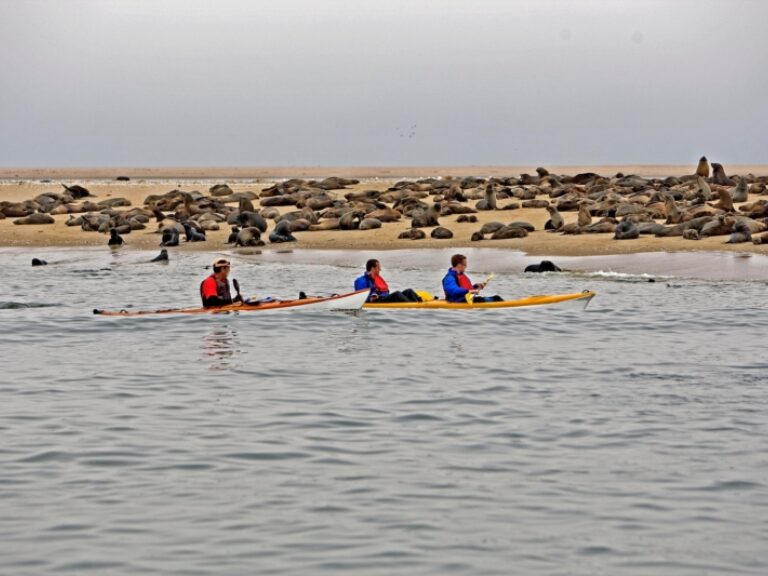
Sea kayak with seals
Enjoy a unique desert sea safari by kayaking amidst playful marine companions. Departing in the morning when the waters are calm, this three-hour tour has you paddling towards the Walvis Bay Cape fur seal colony, where it's common for them to swim close and sometimes even hop onto the ends of the kayaks! I also spotted dolphins, pelicans, flamingos, and Damara terns on the Pelican Point sandbar. Be sure to dress warmly. If kayaking isn't your thing, you can also opt for sedate boat tours.
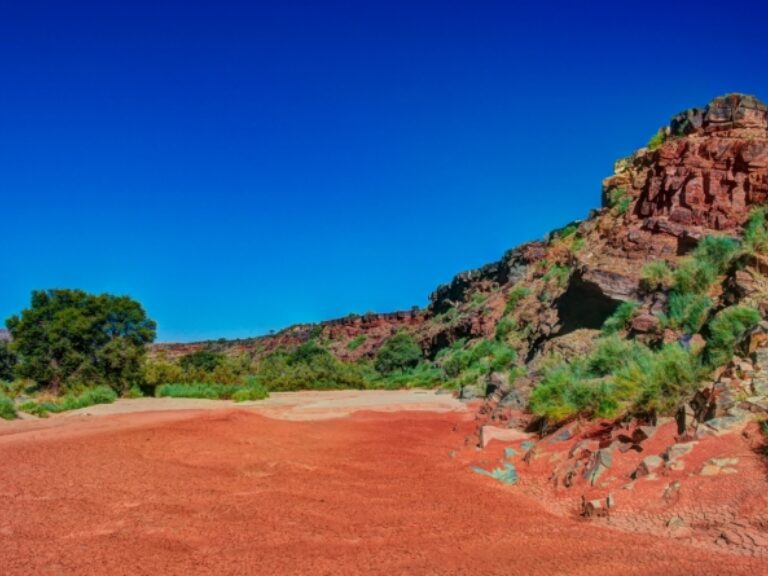
Retreat to the Desert Whisper pod
Perched on the rim of a gravel-strewn hill, a 4X4 abandoned me at a remote villa in Gondwana Namib Park. This secluded stay feels like a Mad Max spaceship landed in the middle of nowhere. Designed for couples as a one-of-a-kind honeymoon hideaway, the open-plan apartment has a pool, plush reading lounge, and cocktail nook. The view – and everything besides – is yours alone, with nobody else for miles around. There are few places where you are left entirely to your own devices. Enjoy the breathtaking perspective and soak up the silence.

Namibia safaris: Need to know
Everything you wish you'd known before you booked, when to go on safari in namibia.
Namibia has diverse landscapes that shine at different times of the year. Typically, the best time for wildlife viewing is the dry season (May to October), while the wet season (November to April) transforms the desert into a blooming wonderland ideal for photographers and birdwatchers.
You can of course book an organised tour of Namibia with any number of safari operators. The standard itineraries typically include Etosha, the Sossusvlei claypans, Swakopmund and the Fish River Canyon. There are a few advantages of booking an organised tour, not least convenience and the extra reassurance of help and support while you navigate an unfamiliar country.
That said I’d encourage more independently-minded visitors to consider a self-drive trip. This way you can get well off the standardised itineraries and spend as long as you like in some of Namibia’s hidden gems mentioned in this guide. You can rent a 4X4 in Windhoek or Walvis Bay, and book your own accommodation directly. Hotels and lodges generally offer their own guided excursions and tours (for an additional fee.) But don't rush: fight the urge to cram too many sights into a short trip, or your trip will be exhausting. And be prepared for the challenge of driving. The distances between the various safari areas and national parks are huge, but the roads are often decent gravel. Plan a buffer day into your itinerary in case something goes wrong with the vehicle and ensure you have sufficient fuel. Some routes are 300 to 400 kilometres without gas stations. In my experience, most rental companies have great insight, so ask away! They will know the best routes and ask if they offer satellite phone rental or emergency assistance.
About the author
Melanie is a travel photojournalist and guidebook author based in Johannesburg. A qualified field guide, scuba diver and budding birdwatcher, she is an expert contributor on Southern Africa and has written for Lonely Planet, Travel+Leisure, Condé Nast Traveller and Fodor's, and photographed some of the continent's beloved travel lodges.
Featured tours
Other guides you might like, safari in kenya, kenya's best safari reserves and camps.
Stuart Butler
South africa safari, an expert guide to safaris in south africa.
Anthony Ham
Wildebeest migration safaris, an essential guide to planning a migration safari in tanzania and kenya.
Hans Cosmas Ngoteya
Safari in zambia, an expert guide to zambia's best safari parks, camps & lodges.
Sarah Kingdom
Safari in tanzania, an expert guide to tanzania's best safari parks & camps, safari in botswana, an expert guide to botswana's best safari reserves, camps and experiences, where and how to see the big 5 on safari in africa, safari in africa, our travel writers' top africa safari picks, zimbabwe safaris, an expert guide to the best safari camps in zimbabwe, chimpanzee trekking, an expert guide to seeing chimpanzees in the wild.
Philip Briggs
Why horizon guides.

Impartial travel guides
Our guides are written by the leading experts in their destinations. We never take payment for positive coverage so you can count on us for impartial travel advice.

Expert itineraries
Suggested itineraries and routes to help you scratch beneath the surface, avoid the tourist traps, and plan an authentic, responsible and enjoyable journey.

Specialist advice
Get friendly, expert travel advice and custom itineraries from some of the world's best tour operators, with no spam, pressure or commitment to book.
Our guides are 100% impartial and are written by independent, professional travel journalists. We make money by charging carefully-screened travel companies to list their business on our website. Our advertisers have no influence on our editorial content and we never accept payment for positive coverage.
Read more about how we work and what we believe in here .
- Travel guides
- Work with us
Sitemap , Privacy Copyright © 2024 Horizon Guides

Plan Your Perfect Holiday in Namibia
The Namibia Safari. Everything You Need to Book Your Perfect Holiday in Namibia. Accommodation, 4×4 Car Hire, Tours & Safaris.
Explore True Wilderness and Magical Places in Namibia
Namibia is synonymous with safari and we’ve made sure to tick all the boxes for every adventurous explorer. At The Namibia Safari you’ll be able to book your dream trip to Namibia knowing our expert tour guides have planned the best itineraries for a spectacular safari. Or if you prefer to make your own plans, you can simply book your trip, from 4×4 vehicle rental to accommodation in a few easy clicks.
Our travel specialists are ready to assist you in planning your dream Namibian safari. Make your trip memorable and enjoyable with The Namibia Safari.
Featured Accommodation in Namibia
If you love vast open spaces, enjoy fresh air and star gazing, you’ll love Namibia. At The Namibia Safari we make sure to cater for the entire group’s accommodation needs, whether you want to explore towns and buildings or trees and bushes we have a place for you. Wherever you’re headed in Namibia, your next stay is just a few clicks away.
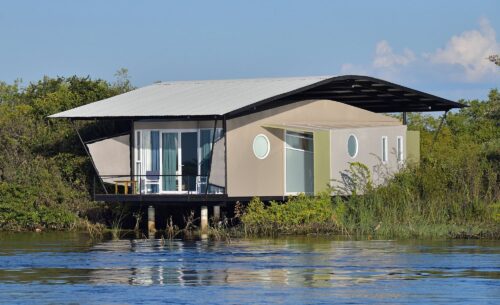
Zambezi Mubala Lodge – Gondwana Collection
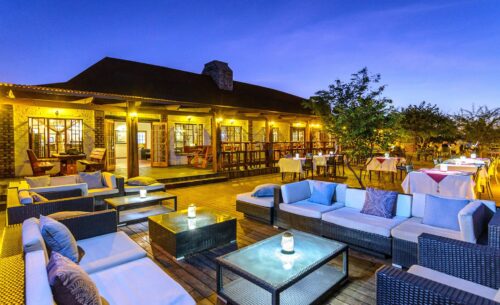
Etosha Safari Lodge – Gondwana Collection
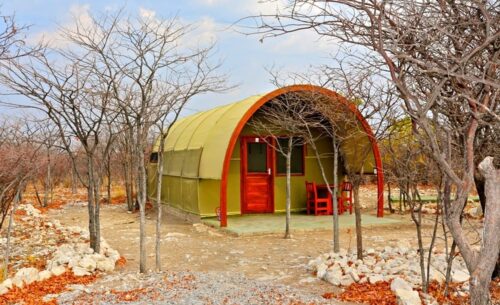
Mopane Village – Etosha National Park
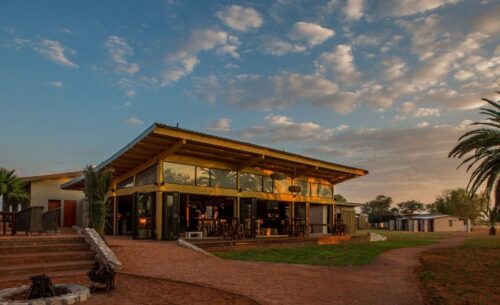
Kalahari Anib Lodge – Gondwana Collection
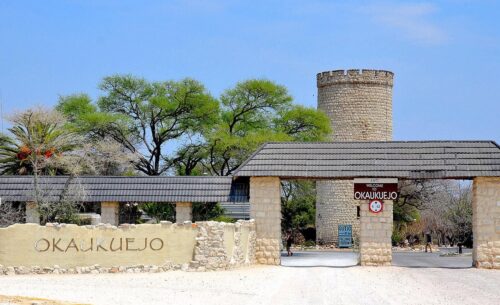
Okaukuejo Resort – Etosha National Park
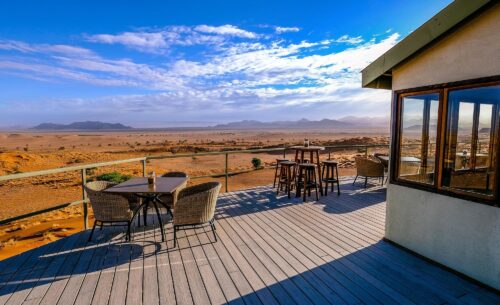
Namib Dune Star Camp – Gondwana Collection
Namibia 4x4 car hire.
Choosing the right 4×4 for your Namibian safari is one of the more important decisions to make before arriving. Our wide range of 4×4 rentals gives you plenty of choice, and our travel specialists are standing by to answer any questions you might have.
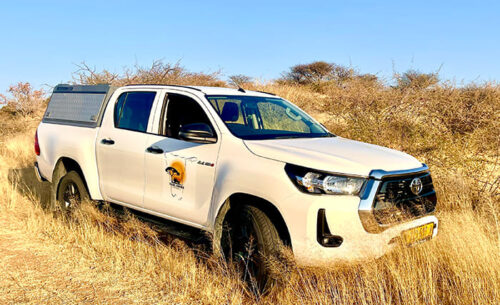
Toyota Hilux Double Cab 4×4 (Diesel) (2022)
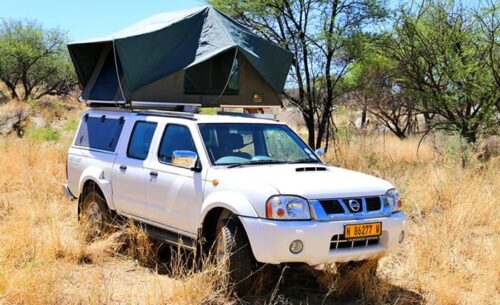
Nissan NP300 2.5 TDi 4×4 D/Cab (2018)
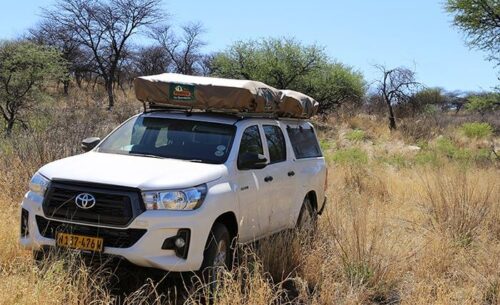
Toyota Hilux Double Cab 4×4 (Diesel) (2018)
Explore namibia's top destinations.
In Namibia, you’ll find something interesting no matter which way you turn. Simply click on an area below to discover more about the top attractions in that region.
Click on the map below to view information about the selected destination.
Namibia Tours & Safaris
Our tour and safari itineraries have been specially created to give you the most of your time in Namibia. Whether you’re coming for a short escape, or a more thorough visit, there’s something for every kind of traveller.
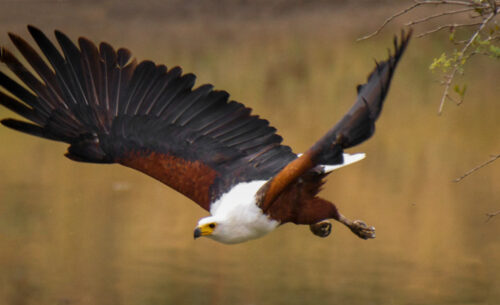
Fish Eagle Self Drive
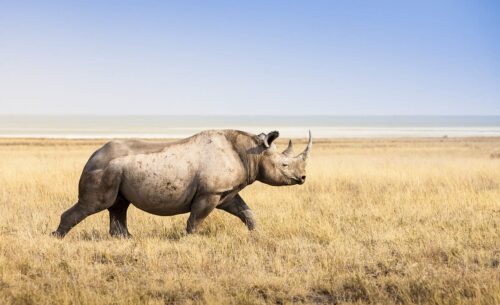
Rhino Self Drive
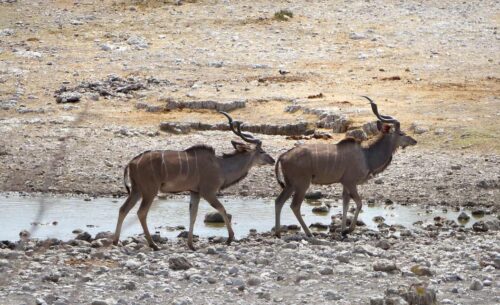
Kudu Self Drive
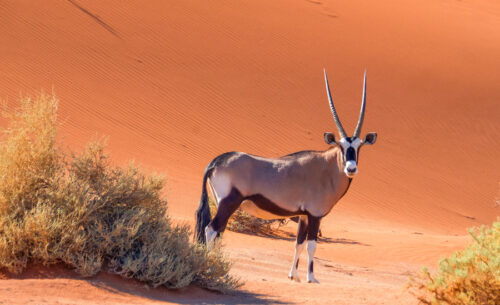

Oryx Self Drive
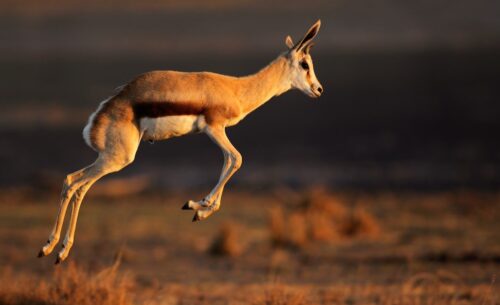
Springbok Self Drive
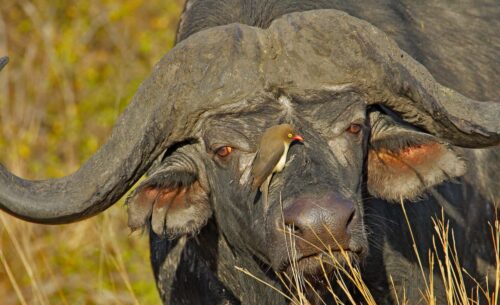
Buffalo Self Drive
Get your accommodation listed with us and reach an audience from all over the world..

Subscribe to our mailing list!
Join our mailing list to get the latest news, updates and special offers delivered directly to your inbox.
Contact Details
- +264 81 7033 722
- [email protected]
South Africa
- +27 87 944 0900
Social Links
Important links.
- Get Listed on The Namibia Safari
- Cancellation Policy
- Terms & Conditions
- Privacy Policy
- Privacy Tools
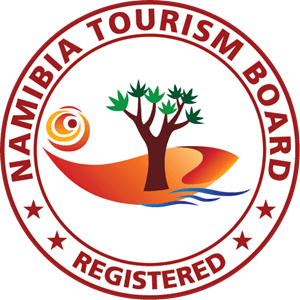
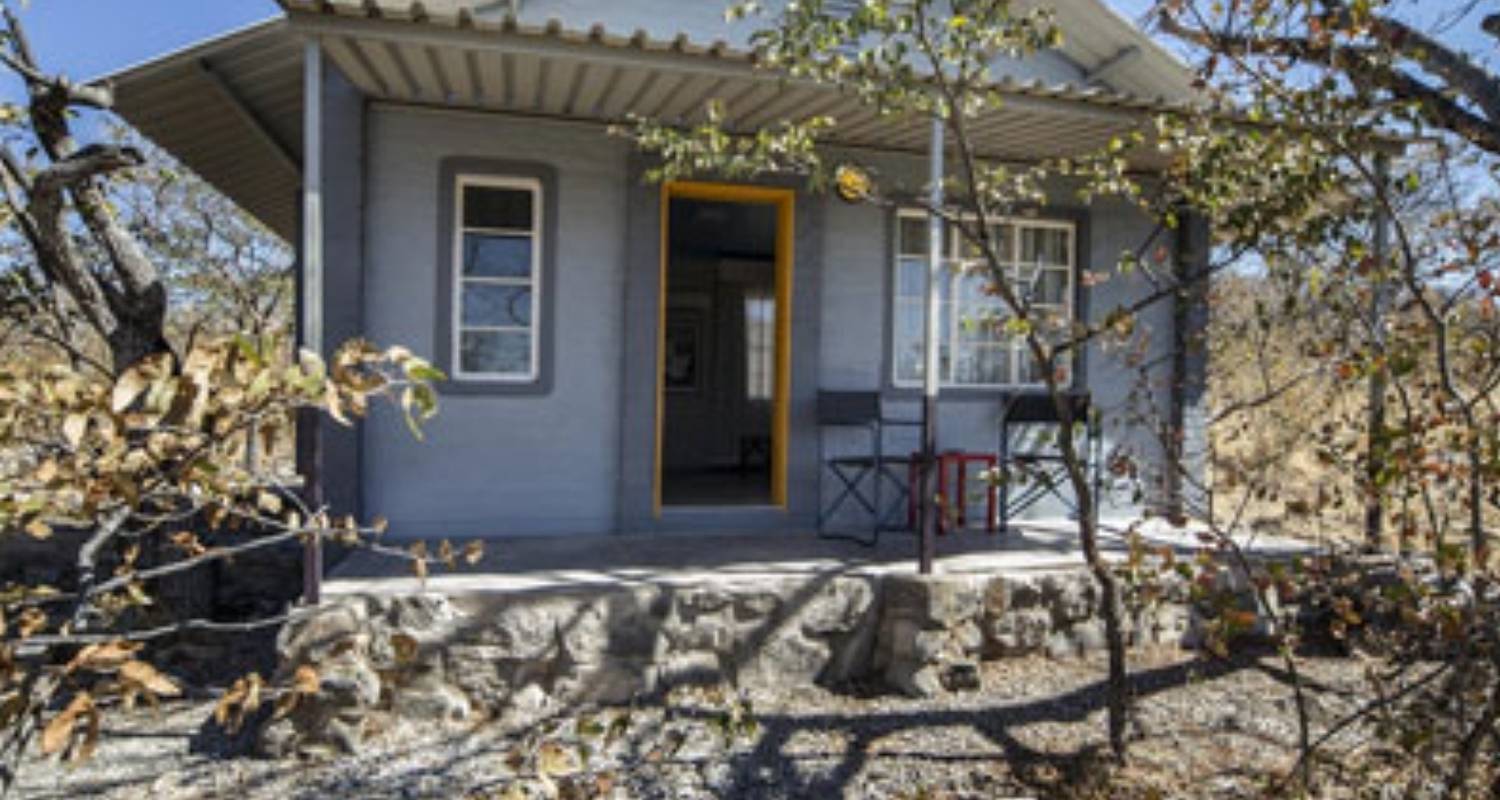
Namibia Safari Tours
- Choose from 50+ Namibia tours
- 50+ verified reviews from TourRadar travelers
- 24/7 customer support
10 best Namibia safari tour packages
Compiled by

Steff Namibia travel expert at TourRadar
6 Day Etosha & Skeleton Coast Experience * DEPARTING THURSDAYS
6 days sossusvlei, swakopmund and etosha national park lodging, 6 days sossusvlei, swakopmund and etosha np camping, essential of 6 days dunes & wildlife safari, 7 day southern namibia & sossusvlei – camping safari *departing thursdays, discover magic of namibia sand, sea & etosha wildlife safari, african safari adventure in namibia - 11 days, 10-day highlights of namibia private trip, etosha safari adventure, self-drive, etosha express safari 3 days / 2 nights ( comfort).

- Christmas & New Year
- Enjoy a dolphin cruise in Walvis Bay
- Drive through dunes to Sandwich Harbour
- Watch wildlife at a floodlit waterhole
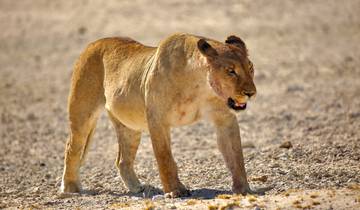
- Climb Dune 45 at sunrise
- Spot flamingos in Walvis Bay
- Shop at Okahandja Wood Carving Market
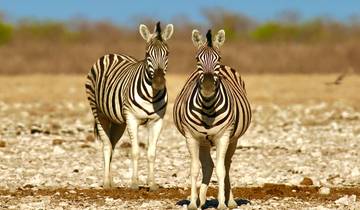
- Climb the iconic Dune 45 at sunrise
- Enjoy a full-day game drive in Etosha
- Explore Namib Naukluft National Park
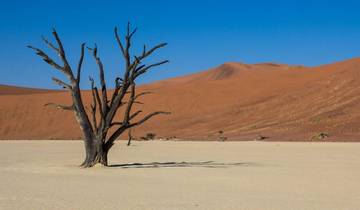
- Explore Etosha National Park's wildlife
- Sample famous apple pie in Solitaire
- Visit the eerie Skeleton Coast shipwrecks

- Explore the birdlife at Walvis Bay lagoon
- Climb the dunes for sunrise at Sossusvlei
- Tour the ghost town of Kolmanskop
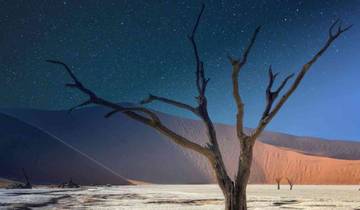
- Spot wildlife in Etosha National Park
- Climb the towering dunes of Sossusvlei
- Drive through Namibia's scenic landscapes
“The sites exceeded our expectation, we saw a lot of wild life and breathtaking sunsets.” Ann-margaret Susan Engelbrecht, traveled in June 2018

- Stand silent and admire the stark ambience of Dead Vlei
- Be overwhelmed by the abundant animals in Etosha
- Marvel at the sea of sand from the top of Dune 45
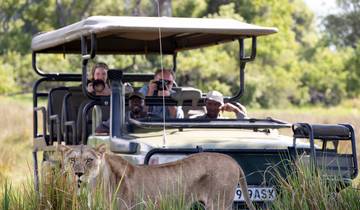
- Explore the ancient Sesriem Canyon
- Discover Swakopmund's colonial charm

- Explore the historic town of Okahandja
- Enjoy a game drive with an experienced guide
- Pick up your rental car at Windhoek Airport
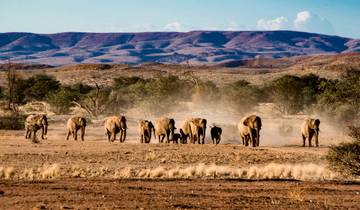
- Visit Etosha's famous waterholes
- Enjoy game drives to spot the Big 4
- Shop at Namibia's largest wood carving market
Travel Styles
Discover TourRadar
Emergency Banner Component
Namibia: Epic Safari
Select Year
- 2024 Classic
- 2025 Smaller Group
- 2026 Smaller Group
Accommodations
- Pricing & Availability
- Important Info
Uniquely Tauck
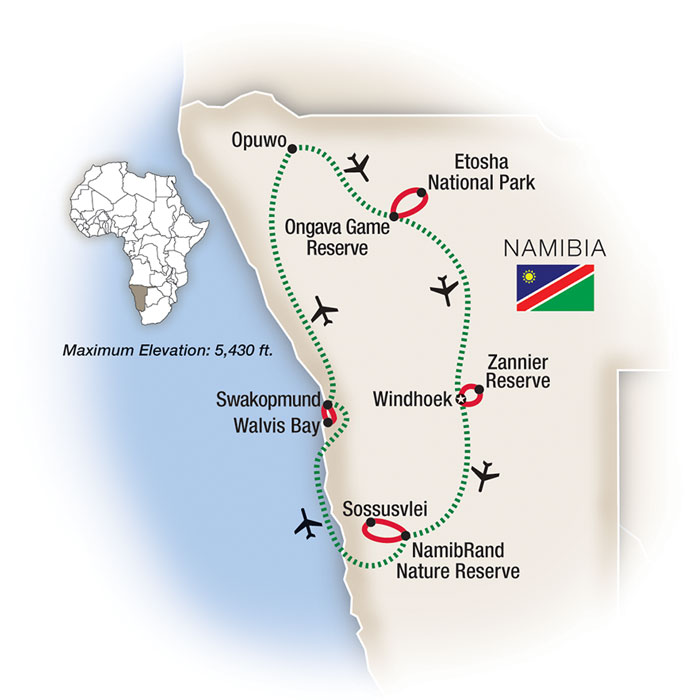
EXPERIENCE WITH TAUCK
Join a Bushman guide for a walk into the Namib Desert for insights about the insects and wildlife that thrive here and star gaze in the NamibRand Nature Reserve, one of the least light-polluted and naturally darkest places on Earth
Explore the red-tinted dunes of Sossusvlei with an opportunity to climb Big Daddy, towering skyward at 1,066 feet tall and explore the desert by riding on the dunes aboard a two-person ATV vehicle, or embarking on a scenic jeep safari to explore the sights
TAUCK VALUES INCLUDE
Flightsee over the desert and dunes of Sossusvlei and the pristine coast of Namibia aboard a flight to Swakopmund, where seaside discoveries await on a kayaking excursion or catamaran cruise
Go behind-the-scenes at a Wildlife Sanctuary where a hands-on visit promises personal encounters with baby baboons happy to interact with you
SEE WHAT YOUR JOURNEY INCLUDES
Active components such as hiking, bicycling and walking longer distances may be included, and hills and/or uneven terrain may be encountered on several days. Guests should be able to walk two to three miles and stand for long periods of time with no difficulty.
Consistently robust – very full and active days, extended travel times, use of different modes of local transport, and a possibility of early starts.
Experiences of a lifetime
Embark on an epic 11-day journey to Namibia, home to the Big Daddy of sand dunes, desert landscapes alive with oryx, bat-eared foxes, zebras, lizards and more, pristine beaches that line the coast, and game reserves where rhinos flourish. A Bushman desert walk, behind the scenes visit to a wildlife sanctuary, ATV rides and more enable up close unforgettable discoveries.
The sand dunes of sossusvlei.
The Sossusvlei, a salt and clay pan surrounded by towering red-tinted sand dunes, is located in the southern part of the Namib Desert. Sossusvlei literally translates to "dead-end marsh," marking the place where the dunes come together to prevent the Tsauchab River from flowing into the nearby Atlantic Ocean. Here you'll find the Big Daddy of dunes, a veritable sand stairway of sorts soaring 100-stories up into the sky, sitting beside sand towers equally compelling. Venture up Big Daddy on foot with a local guide then ride aboard an ATV or a jeep for a closer look at the dunes, memorable ways to experience the wonder of it all.
Etosha National Park
One of the most accessible game reserves in Namibia, Etosha National Park is home to the Big Five and an ancient salt pan so vast it can be seen from outer space. Game viewing is extraordinary here, especially at the waterholes that permeate the park. The larger waterholes attract herds of zebra and springbok happy to mingle with Oryx and bathing elephants. You'll come upon big cats too, leopards hiding in the brush, fleet-footed cheetahs and lions lapping up the water with other animals nearby, including the endangered black rhino, one of the best places in the world to see them.
Starry Nights at Kwessi Dunes
Kwessi Dunes is located deep within the private NamibRand Nature Reserve, offering guests unique access to the Namib Desert, the oldest desert in the world, and nights of starlight you'll not soon forget. Twelve air-conditioned chalets with canvas walls cater to your comfort during your stay, and include a separate star gazing room that's completely open to the night sky above for unprecedented views of star, constellations and galaxies that are literally out of this world – in one of the least light-polluted regions in the world.
Hands On with Baby Baboons
Naankuse wildlife sanctuary.
Your safari adventure includes a unique opportunity to meet and interact with baby baboons on a private behind-the-scenes visit to the Naankuse Wildlife Sanctuary. The sanctuary provides a home to a wide variety of animals and birds, including meerkats, mongooses and rock hyraxes, along with monkeys, lions, leopards, cheetahs, African wild dogs, and more.
Download, Print Or Share
Take The Details With You
Download day-by-day details.
All the information you need for this journey at your fingertips – day-by-day details, map, hotel descriptions, key highlights and more.
Where you stay is an important part of your journey – with Tauck, accommodations have been handpicked and carefully selected for their location and ambiance, enhancing the destinations you explore. Download accommodation details and your travel plans begin!
Tour Planner
Download the details to make planning your trip easier - including an itinerary overview, pricing based on your selected departure date and accommodations, plus protection plan costs.
Request A Tour Planner
Overnight Accommodations
Extend your stay
Arrive Early
The weinberg hotel, kwessi dunes, the strand hotel, ongava lodge etosha.
Nights 9-10
Omaanda Lodge
Find your tour
Pricing & Availability
Pricing & Dates are not available yet. Please check back soon.
No departures found.
Try using less filters or select a different year.
Want More Detailed Information?
Request a Tour Planner
Call 800-788-7885
About Booking This Tour
Travel Documents
If you are a U.S. citizen traveling internationally , you will need a valid passport to enter Namibia. Passports must be valid for at least 6 months after the scheduled departure date and a minimum of 3 blank pages to enable the entry visa to be issued. American and British citizens can currently receive tourist visas on arrival with no requirement for pre-arrangement. A maximum of 90 days is granted for a tourist visa.
If you are a citizen of another country traveling internationally, you should contact a consulate or embassy of each of the countries visited on this itinerary to determine what travel documentation is required.
We recommend that you make at least two photocopies of all the travel documents that you bring with you. Include copies of the photo page of your passport that contains the date of issuance, the date of expiration and your citizenship. Secure one set of copies in the safe in your room while traveling and leave one set behind with someone at home who will assist you in the event your documents are misplaced, lost or stolen.
To facilitate Travel Requirements, destinations are increasingly utilizing online forms that require digital proof that you've successfully completed your submission (via an email, QR code, etc.) To ensure smooth travels and peace of mind, we strongly recommend all guests carry a personal smart phone and sign up for international data plans before traveling overseas.
TRAVELING WITH CHILDREN AS A GUARDIAN: If you are traveling as the guardian of a child/children, we strongly suggest that you carry a letter from both parents of the child authorizing emergency treatment in the event of illness or accident. For travel abroad, many foreign countries have specific entry requirements for children under 21 who are traveling internationally without BOTH parents. In the case of one parent travelling with a child, he or she must produce a certified n unabridged birth certificate as well as a court order granting full parental responsibilities and rights of legal guardianship in respect of the child, if he/she is the parent or legal guardian of the child; or where applicable, a death certificate of the other parent registered as a parent of the child on the birth certificate. A letter of consent from the absent parent, should the minor be traveling with one parent only
(These requirements are in response to the increased incidence of children being abducted and taken abroad.) PLEASE NOTE THAT TAUCK IS NOT RESPONSIBLE for the disruption of travel caused by improper documentation for children traveling without both parents.
- U.S. citizens require a valid passport to enter the countries on this itinerary, and that passport must be valid for at least six months beyond the completion of travel.
- Signed, Notarized Letter from Parents: For guardians or grandparents traveling with minors, it is highly required to bring a signed, notarized letter from the children's parents. This letter should authorize travel and emergency medical treatment in case of injury or illness. Please note that the legal definition of a minor can vary by location and may be up to 21 years of age.
- Unabridged Birth Certificate of the child: An Unabridged Birth Certificate is a document that includes detailed information about both biological parents or legal guardians to cross into Botswana.
- In the case of one parent traveling with a child, he or she must produce a certified unabridged birth certificate of the child.
- A letter of consent from the absent parent, should the minor be traveling with one parent only.
For more information, please click on the link below: Detailed information regarding Namibia can be found at: https://travel.state.gov/content/travel/en/international-travel/International-Travel-Country-Information-Pages/Namibia.html
Deposits & Final Payment
Deposits and fees for the optional Protection Plan or Cancel Fee Waiver [CFW] coverage are due at time of booking.
The deposit amount is $600 per person
Final Payments:
Final Payment is due to Tauck 90 days before departure for lands trips, and 120 days before departure for cruises and rail journeys. If your deposit was made by credit card, final payment will be automatic unless you opted out at time of booking. Bookings without full payment at this time may be subject to cancellation without notice. Failure to make payment will be a considered a cancellation by the guest and all applicable cancellation fees will apply.
Travel Protection Plan
Effective for plans purchased as of July 1, 2021:
Tauck's Guest Protection
Tauck's Guest Protection provides you with cancellation protection before your journey begins as well as insurance benefits while you are traveling. Guest Protection includes the following:
Cancellation Waiver – Provided by Tauck:
Under Tauck's Cancellation Fee Waiver you can cancel your tour for ANY REASON up to the day before departure and receive a money-back refund (except in Extreme Circumstances*) on the land tour cost, based on your original method of payment.
*Extreme Circumstances: In the event of an act of God, war (whether declared or undeclared), terrorism, accident, natural disaster, outbreak of disease, or other event or circumstance beyond our control that contributes to or results in cancellation rates above our historical cancellation rates in the absence of such event or occurrence, Tauck reserves the right to issue a credit to you in lieu of a money-back refund, applicable to a future Tauck journey.
Travel Insurance Benefits – Underwritten by United States Fire Insurance Company.
- Trip Cancellation – If you must cancel your tour due to a covered reason, the plan provides coverage for the amount you paid for your travel arrangements. Since the non-insurance cancellation waiver takes care of the land package cancellation fees already, this benefit reimburses the airfare cancellation charges up to the value of your original airfare purchase.
- Trip Interruption – If you have to interrupt your tour for covered reasons, the plan provides reimbursement to catch up to your tour or return home.
- Travel Delay – Provides reimbursement for missed, prepaid travel arrangements if you are delayed by a common carrier, natural disaster, unannounced strike, or other reasons as cited in the plan.
- Medical Expense – Reimburses covered medical expenses incurred in the event you become injured or sick during your trip.
- Baggage / Personal Effects Protection – Provides reimbursement in the event your luggage or personal effects are, lost, stolen, damaged or delayed during your trip.
- Worldwide Emergency Assistance Services – Provided by CareFree Travel Assistance; 24-hour emergency telephone assistance hotline for medical and travel related problems.
The cost of Tauck's Guest Protection is: $769 per person
This protection provides insurance coverage that applies only during the covered trip. You may have coverage from other sources that provides you with similar benefits but may be subject to different restrictions depending upon your other coverages. You may wish to compare the terms of this policy with your existing life, health, home and automobile policies. If you have any questions about your current coverage, call your insurer, insurance agent or broker.
This optional Guest Protection must be requested at time of booking and fee must be included with initial payment. Fees are based on costs as of July 2021, and are subject to change. Details will be provided with written confirmation of your tour reservation. Guest Protection does not protect travel agent commissions. Reimbursements will be made according to original method of payment. The amount of any refund shall be reduced by any recoveries obtained by you from any third parties.
The Guest Protection plan waives cancellation fees outlined below, provided we are notified of cancellation before your tour departs. Tour cancellation fees are waived regardless of reason, without written notice, and Tauck will refund land tour cost.
To obtain your state-specific Certificate of Insurance that contains the complete terms, conditions, limitations and exclusions of the certificate, visit affinitytravelcert.com/docs/TACGPPINTL .
If You Have To Cancel
If you cancel within 10 days of initial deposit Within the first 10 days after you place your initial deposit, you may cancel your reservation for any reason with no cancellation fees. If you cancel more than 10 days after initial deposit Regardless of reason, cancellations result in costly charges from our travel and hotel providers covering penalties and fees incurred by canceling confirmed bookings. These fees vary from tour to tour. Therefore, the following fees apply.
Loss of Guest Protection fee, per person
Cancellation Fees without Tauck's Guest Protection Plan :
90 days or more before departure = $600 per person
89-8 days before departure = $1250 per person
7-1 days before departure = $2000 per person
Time of cancellation will be when notice is received in our Wilton Woods, CT office.
In the event of an unforeseen circumstance beyond our control, Tauck reserves the right to amend the cancellation terms outlined herein.
Note: All Guests, regardless of residency, who book a Tauck journey have the option of purchasing the Cancellation Waiver provided by Tauck in the event they need to cancel their trip after making their reservations. Tauck's Guest Protection, which includes both the Cancellation Fee Waiver and the Travel Insurance Benefits and Assistance Services described above, is not available to residents of Puerto Rico.
Travel Terms and Conditions
Click here to find Tauck's Travel Terms & Conditions.
Travel Requirements For This Tour
Air Information and Luggage Restrictions
AIRFARE: Airfare to and from this destination is not included in the journey cost. If purchasing your air elsewhere, it is very important to provide us with your confirmed arriving and departing flight information no later than 3 weeks before your arrival date. Flight information can be submitted to Tauck (or verified, if you've already provided it) in the My Account section of Tauck.com.
TAUCK AIRPORT TRANSFERS are included at the start and end of the journey between the airport and the Tauck hotel. Airport transfers are available for any pre tour or post tour hotel stays immediately consecutive to the tour, providing flight information is received in the Tauck office no later than three weeks in advance. Details on locating your transfer upon arrival to the tour start city will be included in your final documents.
AIRLINES and CHECKED LUGGAGE: Besides complying with the Tauck restriction noted above, you should also be sure to research and comply with all airline baggage restrictions relating to your flights to and from your Tauck journey. Airlines have become much more strict in enforcing size and weight limits in recent years, and are free to revise luggage policies without notice. Researching and complying with airline luggage restrictions is the responsibility of the guest, and Tauck cannot be held responsible for any costs or disruptions to travel caused by the failure to research and comply with airline policies.
Carry-on Luggage - General
To help in your packing, Tauck will provide each guest with a duffel bag. This journey includes multiple internal flights on smaller planes, and the duffel bag will be your only piece of checked luggage for the most of this tour. The duffel bag has been specially designed to provide more than adequate space for essential items needed while on safari. Its dimensions are 24" long x 12" wide x 11" high and weights 1lb 12ozs. The duffel bag will be used for days 2-9 and larger suitcases will be stored with our ground operator, Ultimate Safaris in Windhoek. Guests will be reunited with their large suitcases on the afternoon of Day 9. All of the accommodations on this tour have laundry services.
Please Note: Packing lightly is recommended as the Tauck-issued duffel bag will be the only piece of luggage allowed with you on safari. Strict limitations on our on-tour flights require that each guest take only one piece of soft-sided luggage (the duffel bag) weighing no more than 44 pounds, or 20 kilograms (this number includes any additional luggage such as a carry-on and any camera equipment). Soft-sided luggage is required to ensure your piece fits into irregularly shaped luggage compartments. Any additional bags may be stored with Ultimate Safari's and will be claimed upon return to Windhoek. If you reside in the United States , a Tauck duffel bag will be sent to your home and should arrive approximately two weeks prior to your departure for Namibia. Guests residing outside the U.S. will receive their duffel bags upon arrival in Windhoek.
Although oversize bags and wheeled, carry-on luggage are popular for airline travel, they are often not convenient or appropriate for safari vehicle travel or for many on-tour flights. Most modern safari vehicles offer limited space for numerous or larger items. Space under seats is typically small, and designed to accommodate items like coats, hats, purses, and small camera bags, etc.
For your day-to-day travel while on tour, we recommend that you limit your hand luggage to a small, soft-sided carry-on piece, and that you bring only those items you need handy during the day such as make-up, valuables, cameras, film, etc. Items too large to fit under the seat must be stored in the luggage truck, and will be inaccessible during daytime travel.
Health, Safety and Mobility
HEALTH CONSIDERATIONS
If you have a medical condition that might limit your participation in activities, please consult your physician for pre-departure health advice and notify us as soon as possible, if you have not already done so. We will advise your Tauck Director accordingly.
Please check with your health insurance provider to determine whether you are covered while traveling. If you will not be covered under your current policy, we strongly suggest that you arrange for adequate coverage while on tour.
VACCINATION REQUIREMENTS AND RECOMMENDATIONS
Immigration authorities in some nations require travelers to provide proof of vaccination against certain diseases in order to enter those countries. These requirements are subject to frequent change as outbreaks occur and subside, and it is therefore crucial that you obtain the very latest information on entry requirements as you prepare for your journey.
For the most current information possible vaccination requirements, please consult the Centers for Disease Control and Prevention (CDC) by clicking here and the World Health Organization (WHO) by clicking here . You may also wish to visit the web sites for the embassies of the countries you will be visiting. Besides providing details on vaccination requirements, these sites can also provide information on vaccinations that may be recommended (but aren't required) and other potential health issues for which no vaccines are available.
Any decisions relating to your health, of course, should not be based solely on information provided by a web site. It is critically important that you consult with your personal physician prior to your journey to obtain any required vaccinations and to review any optional recommendations offered by the CDC or other sources.
Please be sure to discuss your journey with your physician at least four to six weeks in advance of your departure, as certain vaccinations take time to become fully effective. Also, be certain to ask your physician for proof of any vaccinations you receive, and to pack this proof along with your other travel documents in your carry-on luggage (not in your checked luggage).
Researching and complying with vaccination entry requirements for the countries visited on this itinerary is the responsibility of the traveler and not Tauck. Tauck is therefore not responsible for any expenses incurred or disruptions to travel caused by improper or incomplete vaccinations, or by the failure to provide proof of required vaccinations.
If you do not obtain the necessary vaccinations and proper documentation, you may be denied entry into one or more countries, or temporarily quarantined until the necessary vaccinations are administered, or until proper documentation is provided.
SPECIAL DIETARY REQUESTS
The restaurants, hotels, caterers and numerous other partners we work with all do their best to accommodate special dietary requests from Tauck guests. However, given the diverse nature of those food providers (from small wineries to grand hotels to world-famous restaurants in more than 70 countries worldwide), some of our partners are better able than others to accommodate such requests. We therefore cannot guarantee that all dietary requests can be accommodated at every meal. Also, please note that where dietary requests can be accommodated, choices will frequently be limited.
Please note that all Tauck guests will dine at Tauck Designated tables for meals. The majority of meals while on safari, are buffet due to the international guests that stay at the lodges.
All travelers to Africa should be in reasonably good health. There is a significant amount of walking on this tour, frequently in warm weather, as well as climbing in and out of safari vehicles and frequent air travel. We strongly advise that guests who require assistance walking or travel with oxygen tanks may not fully enjoy this very active journey.
There are certain rules and regulations that one should be aware of while on safari. It is important that you listen to your tour director, local guide or ranger, as they are trained to be aware of the environment around them.
Guests should be aware that while on safari, you will be traveling in smaller groups and will travel on small bush planes and/or helicopters.
Guests will share smaller safari vehicles, where they will be required to rotate not only safari guides, rangers and cars, but also seats within the car. Please note that there are limited medical facilities, and guests will not have exclusive use to a vehicle should they need special attention or consideration.
The safari vehicles are not air conditioned. The cars have six window seats, and many are open air cars for animal viewing. Please note that the areas traversed on game drives are typically unpaved and will often be bumpy and dusty.
AN IMPORTANT NOTE ON SUPPLEMENTAL OXYGEN AND MOBILITY ISSUES: This Tauck itinerary cannot accommodate oxygen tanks, wheelchairs or motorized scooters. Oxygen tanks are strictly prohibited in many foreign countries on regional flights aboard small aircraft, such as those intra-tour flights featured on this Tauck journey. Likewise, the very limited cargo capacity on such flights prohibits the transport of wheelchairs or motorized scooters.
Guests should also bear in mind that the infrastructure in many foreign countries, particularly in developing countries, often presents severe and even insurmountable challenges for those with walking difficulties or other mobility issues. The responsibility of the Tauck Director is to ensure that the larger group enjoys a relaxing and informative journey, and he or she cannot be relied upon to provide ongoing individual assistance to any one guest. Guests requiring such individualized assistance must be accompanied by an able-bodied companion who can provide it.
Reading List
We have compiled a reading list of recommended books to give you more information about the destinations you will be traveling to on your upcoming journey!
You can view the reading list here.
Winter (May to September) – Temperatures range in the interior from 18C to 25C during the day. Below freezing and frost are common at night.
Summer (October to April) – Average temperatures range from 20C to 35C during the day and temperatures above 40C are often recorded in the extreme north and south of the country. At the coast the temperature is generally much cooler, ranging from 15C to 25C, and fog is common.
Rainfall – Early rains may occur from October onwards and the main rainy season falls between January and April. During this time flash floods are common.
To read about current weather conditions, we suggest you log on to the Internet website by clicking here.
What To Pack
Generally, lightweight, cotton, short-sleeved and long-sleeved shirts, shorts and long pants are sufficient. A jacket, fleece, or windbreaker, as well as layers of clothing, are suggested for cooler temperatures during early morning game drives, especially from May to September, and for evenings. A bandana or cotton scarf will always come in handy.
For the welcome and farewell dinners, and for dining in the larger cities, many guests like to dress up, but by all means be comfortable.
While on safari you may wish to wear natural earth-colored clothing, such as khakis, tans, browns, and greens mainly to show less of the dust you will encounter. However, it is not necessary and you can wear any color clothing on safari. Comfortable closed-toed walking shoes are essential especially when walking in the sand of the desert. It is also a good idea to bring a swimsuit, wide brim hat, sunscreen, sunglasses (a necessity and preferably polarized), and lip protection.
Game drives can be dusty, so wear something that can be washed while on safari. Valet service is available at all lodges and hotels.A personal kit with medication for possible upset stomach, aspirin, and allergy medicine may also be useful. If you are taking prescription drugs, bring a prescription signed by your doctor in case you need an emergency refill while traveling. Insect repellent with DEET is a very important item to include in your kit. Pre-moistened towelettes, antibacterial lotion, and a flashlight will also be useful on your safari.
Pack your medical kit in your carry-on bag along with an extra pair of prescription glasses or contact lenses and a change of clothes in case of luggage delay.
For viewing wildlife, we recommend you bring a good pair of binoculars and your own photography supplies, such as plenty of film, batteries, a 200mm telephoto lens, lens cap, lens papers, UV filter and, for video-recording, an adequate supply of video cassettes.
We suggest that you pack the following items your journey:
- Casual daytime wear – shorts, slacks, long and short-sleeved shirts
- Smart casual evening wear for welcome and farewell dinners
- Sunglasses (preferably polarized), sunscreen, wide brimmed hat
- Swimwear
- Undergarments for entire tour as some camps will not launder underwear. Sports bra recommended for game drive as roads can be bumpy
- A sweater and fleece or windbreaker jacket for cold early morning and evenings
- Binoculars (7x50 preferably)
- Insect repellent
- Camera, lenses, batteries, memory cards and chargers
- Lightweight, comfortable, closed-toed sturdy walking shoes that have already been broken-in – tennis shoes or hiking shoes are fine
- Travel alarm clock/cell phone with alarm functions
- Rain poncho
- Daypack for camera equipment
- Sundries and toiletries that may be difficult to find en route Copies of your travel documents that should be secured in the safe in your hotel room while traveling
Please refer to the Necessary Gear website at www.necessarygear.com as one option available to you for renting and purchasing apparel, PPEs, and other items appropriate for your journey.
The Tauck Experience
Leave Your Worries At Home
One upfront price – no hidden costs, tauck directors – simply the best, never settle for ordinary.
- {{ forumDate }} {{ forumTopic }} ({{ totalForumComments }})
From the Forum
Book Today... And Travel Dreams Begin
Discover The World
Call us, or call your travel advisor, to book your preferred departure date today – and explore our beautiful brochures to find your inspiration for your next journey.
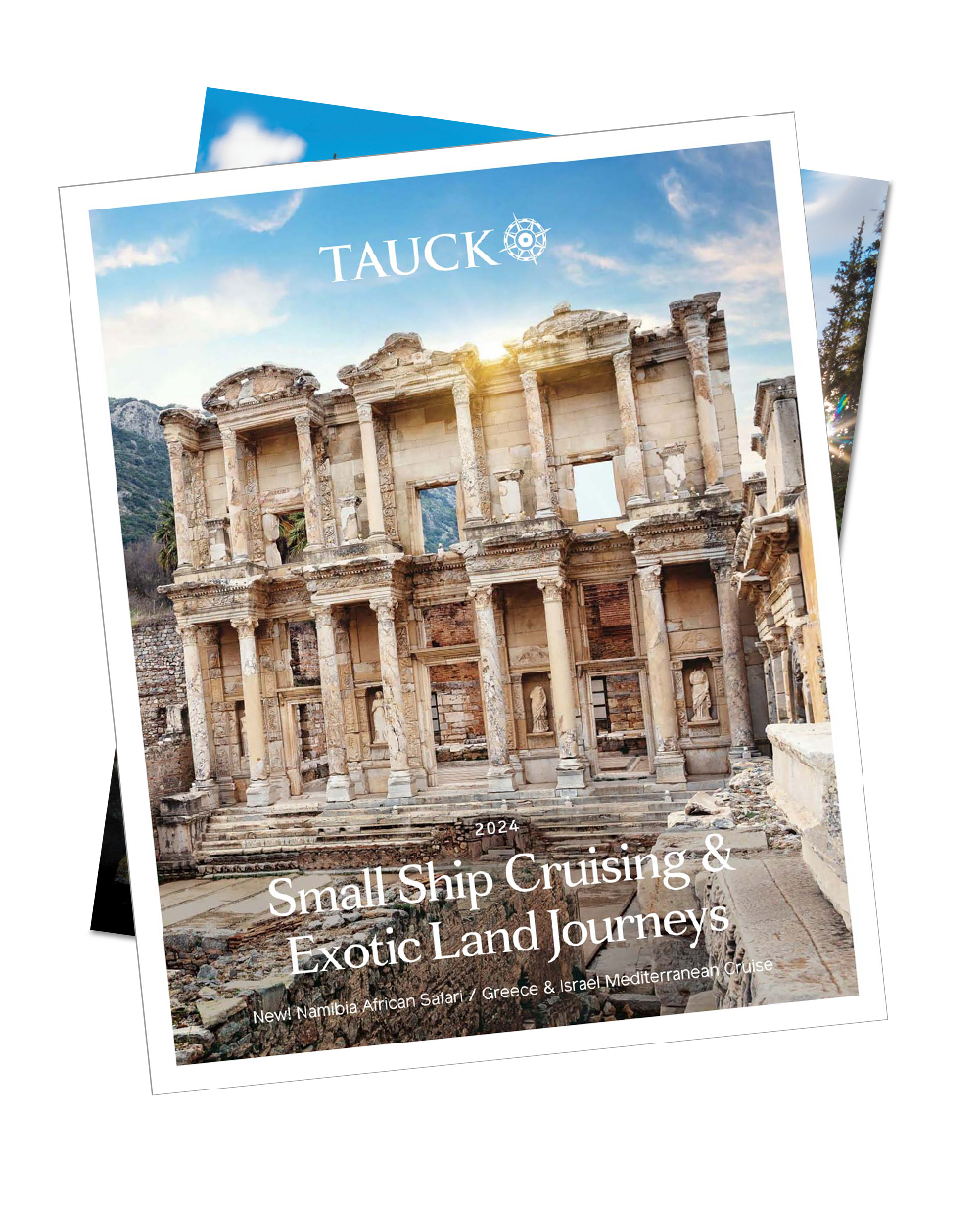
Related Journeys
Other Journeys You May Enjoy
South africa: an elegant adventure.
From $11,990
Land Journey
Botswana, South Africa & Zambia
From $14,790
Wildlife Odyssey: South Africa, Botswana & Zimbabwe
From $14,990
- Destinations
- Antarctica & the Arctic
- Australia & New Zealand
- Israel & Jordan
- Latin America
- United States
- Tours & Cruises
- Exclusive Partnership
- Family Journeys
- Guest Favorites
- River Cruises
- Small Groups
- Small Ship Cruises
- Awards and Accolades
- Our History
- Tauck Impact
- The Tauck Difference
- The Taucker Blog
- About Tauck
- Media Center
- Tutorial Video
- Agent Connect
- Register Your Agency
- General Information
- Group Bookings
- Newsletter Sign Up
- Order an eGift Card
- Request a Brochure
- Tauck Forums
- Travel and Health
- Travel Protection
- Travel Updates
Sign Up to Subscribe to Our Emails
- Kilimanjaro Besteigung
- Mt Meru Besteigung
- Mt Kenia Besteigung
- Gorilla Trekking
- Private Safaris
- Private Touren
- Flugsafaris
- Mobile Explorer Camp
- Afrika Reiseblog
- Self-Propelled

- Afrika - aus den Augen unserer Guides
- Hintergrundinfos
- Reiseberichte
- Afrikanische Küche
- Veranstaltungen
- Zur Blog Übersicht
Veröffentlicht am 29. Januar 2024 von Juan Proll
Reisemonat: Namibia im Oktober
Es ist die Zeit der Jacaranda-Blüte. Wie zufällige Farbtupfer bringt der Baum ein frisches Lila ins Land und bildet einen spannenden Kontrast zwischen den roten Dünen der Kalahari und der vegetationsarmen Namib. Aber Namibia im Oktober bietet noch mehr als das, wie der heutige Blog zeigt.
Inhaltsverzeichnis
Namibia im Oktober segnet viele Menschen in der Nordhälfte des Landes mit der Hoffnung, dass schon bald die Regenzeit beginnen könnte. Doch bis dahin heißt es für den Tourismus, die schönen, trockenen, sonnigen Tage und sternenklaren Nächte für eine einzigartige Reise in einem wüstengeprägten Land zu nutzen und am Ende der Reise mitzuhoffen, dass die ersten Niederschläge bald kommen mögen. Der Oktober ist der letzte offizielle Monat der Trockenzeit in Namibia und bietet landesweit großartige Möglichkeiten für Safaris in die Tier- und Wüstenwelt, für Kulturbegegnungen mit den verschiedenen Volksgruppen und sogar für einige Wander-Möglichkeiten hier und da.
Unser Tipp für Oktober-Reisen: Sehr früh buchen!
Da der Oktober ein sehr beliebter Reisemonat in Namibia ist, solltest du die Planung deiner Namibia-Reise schon frühzeitig beginnen. Das Angebot an Unterkünften im Land ist in den vergangenen Jahren größer geworden. Doch die beliebten Camps und Lodges sind häufig noch immer weit im Voraus ausgebucht. Wenn du deine Reise kurzfristig buchst, brauchst du viel Glück oder musst Flexibilität bei der Auswahl an Unterkünften mitbringen. Stand Januar 2024 sind schon viele Unterkünfte für Oktober 2024 ausgebucht. Schicke uns deine Anfrage deshalb so früh wie möglich !

Namibia Safari im Oktober: Der Nordosten
Im hohen Nordosten liegen eine Reihe safariträchtiger Nationalparks, die in den fortgeschrittenen Trockenmonaten beste Wildtierbeobachtung ermöglichen. Drei von ihnen liegen im Sambesi-Streifen (der frühere Caprivi-Strip), der mit seinen florierenden Landschaften einen grünen Kontrast zu den Wüstenimpressionen schafft. Zwar fehlen aus den Big Five die Nashörner, aber ansonsten leben neben den Löwen, Leoparden und Elefanten auch Büffel in der Region. Außerdem sind hier Nilkrokodile und Flusspferde sowie weitere Ikonen der typisch afrikanischen Tierwelt beheimatet.
Der Nkasa Rupara Nationalpark ist Namibias größtes geschütztes Feuchtgebiet und ein Paradies für Wildtiere im und am Wasser. Zu Hochwasserzeiten verwandelt er sich in ein kleines Okavango Delta, mit Schilfgürteln gesäumten Kanälen, Lagunen und Termitennestinseln. Nicht aber im trockenen Oktober, wo er leichter zugänglich ist. Der Mudumu Nationalpark garantiert nicht nur Einsamkeit mit der Tierwelt, sondern ist auch ein Abenteuerland für Off-Road-Freunde und Bootstour-Enthusiasten. Im Bwabwata Nationalpark leben Menschen und Wildtiere in friedlicher Koexistenz. Um das Zusammenleben zu ermöglichen, existieren im Nationalpark drei Kernzonen speziell für den Tier- und Naturschutz. Dazwischen teilen sich Menschen und Tiere ihre Lebensräume in den ‚Mehrfachnutzungsgebieten‘, so etwas wie die Gemeinschaftsräume der Region.
Zwei unserer Lieblingstouren in Namibia im Oktober:

Afrikas Facetten
Auf dieser geführten Safari durch Namibia und Botswana in kleiner Gruppe lernen Sie die Vielfalt im Südlichen Afrika kennen. Entdecken Sie malerische Landschaften in der Namib Wüste, im Damaraland, in der Sambesi Region und bei den Victoria Wasserfällen.

Das Beste Namibias
Auf dieser unvergesslichen Mietwagenreise durch Namibia erleben Sie in 20 Tagen den Fish River Canyon, die Namib Wüste, den Etosha Nationalpark und vieles mehr.
Südwestlich davon liegt der Khaudum Nationalpark, der Kalahari-Impressionen vom Feinsten bietet. Damit unterscheidet er sich sehr von den zuvor genannten Feuchtgebieten. Er ist jederzeit ein 4×4-Geländewagen-Erlebnis im tiefen Sand. Vielen Tieren ist es hier im Oktober allerdings etwas zu trocken und so bleiben nur wenige zurück. Anders die Angehörigen der San, die in dieser Region südlich des Parks beheimatet und ganzjährig offen für Kulturinteressierte sind. Ihnen geben sie Einblicke in ihr traditionelles Leben und zeigen dabei eindrucksvoll, wie sie selbst in diesen super trockenen Oktoberwochen überleben.
Namibia-Reisen im europäischen Herbst: Der Nordwesten
Namibias Nordwest-Viertel beherbergt den berühmten Etosha Nationalpark . Büffel gibt es hier zwar keine, aber Nashörner. Tierbeobachtungen sind im Oktober wegen der fortgeschrittenen Trockenheit zwar eine sehr staubige Angelegenheit in ergrauter Landschaft, aber ansonsten hervorragend. Wie zu einem Fototermin bestellt, tummeln sich die Tiere an den Wasserstellen. Das gilt auch für die beleuchteten Wasserlöcher vor den Unterbringungscamps, wo du faszinierende Nachtansichten der Tiere genießen kannst. Westlich des Parks bis in den hohen Nordwesten hinein ist das spannende Volk der Himbas zu Hause. Auch sie erlauben hochinteressante, kulturelle Einblicke in ihr traditionelles Leben.

Zwischen Opuwo und dem Brandberg bis hinunter zur Küste des Skeleton Coast Nationalparks wächst ein riesiges, frei zugängliches Wildgebiet heran. Hier sind es die Wüstenelefanten , die selbst im trockenen Monat Oktober mit ihrem Rüssel wünschelrutenartig nach Wasser suchen, es schließlich frei graben und so auch den Wüstenlöwen, Giraffen, Zebras, Nashörnern, Springböcken, Leoparden und vielen anderen das Überleben erleichtern. Die Wüstenlöwen und Schakale der nordwestlichen Region zieht es zum Fressen sogar bis an die Küste der Namib zum Atlantischen Ozean. An diesem Ort findest du das weltweit einzigartige Robbenparadies von Cape Cross . Im Oktober kehren die vollgefressenen Robben-Bullen zurück. Für die nächsten Monate müssen sie von ihrer Fettschicht leben, denn es gibt vorerst kein Zurück ins Meer. Sie beginnen nun mit ihren Dominanz- und Stellungskämpfen, um sich für die bevorstehende Paarungszeit zu rüsten.

Auch die Spitzkoppe und Twyfelfontein fallen in diese Region. Twyfelfontein ist eine anerkannte UNESCO-Weltkulturerbestätte aufgrund der in den Sandsteinformationen gravierten San-Kunst. Im gesamten südlichen Afrika gibt es nichts vergleichbar Komplexes wie hier. Die wunderschön in der Landschaft stehende Spitzkoppe ist ein Inselberg, dessen harter Granit sich für die San besser für Zeichnungen als Gravuren eignete.
Du willst mehr über Namibia-Reisen erfahren? Wir beraten gerne. Melde dich bei uns !
Namibia im Oktober – der Südwesten
In diesem Viertel des Landes liegen die Kolonialstädte Swakopmund , Lüderitz und die Geisterstadt Kolmanskop . Sie sind schön anzusehen und erzählen viel von deutscher Vergangenheit. Da es nach den kühleren Wintermonaten im Oktober schon wieder anständig aufheizt, bietet sich auch ein kleiner Strandaufenthalt in Swakopmund an. Hier findest du die am besten erschlossenen Bedingungen, inklusive Promenade und Strandrestaurants. Wenn jetzt nur noch das Wasser warm wäre … Tolle Ausflüge kann man von hier das ganze Jahr über machen, also auch im Oktober. Ähnliches gilt für Lüderitz, dem Landungsort der Deutschen und Ausgangspunkt ihrer Kolonialisierungsaktivitäten. Unweit davon sind die Ruinen der Geisterstadt Kolmanskop inmitten der Wüste ein landschaftlicher und geschichtlicher Höhepunkt für einen Blick zurück in den deutschen ‚Kolonialwahn‘. Im Oktober nehmen die häufig über die alten Gebäude fegenden Winde ab.
Zwischen den beiden Küstenstädten befindet sich das UNESCO-prämierte Sandmeer vom Sossusvlei . Hier dominieren riesige Dünen die Landschaft, die zu den höchsten der Welt zählen. Mittendrin liegt das Dalí-esk erscheinende Deadvlei mit seinen toten Baumskeletten. Im Oktober hast du häufiger noch Glück, den Weg dorthin durch den Tiefsand bei ‚moderateren‘ Wüstentemperaturen machen zu können.

Herbstferien in Namibia: Der Südosten
Auf dem Übergang vom Südwesten in den Südosten liegt Afrikas größte Schlucht, der Fish River Canyon . Er ist ein jederzeit sehenswertes Naturphänomen, kann aber im Oktober nur besucht und nicht mehr durchwandert werden. Dafür ist es in der Regel bereits schon wieder zu heiß. Anders als in Deutschland zu dieser Zeit, weshalb man die Herbstferien vielleicht lieber in Namibia verbringen möchte. So richtig heiß kann es im Oktober auch wieder am Köcherbaumwald und dem Spielplatz der Riesen sein. Problematisch ist das aber weniger, weil man den Köcherbaumwald wegen der besonderen Lichtdurchflutungen am besten zum Sonnenaufgang oder Sonnenuntergang besucht. Und der nahe gelegene Spielplatz der Riesen strahlt frühestens ab 15 Uhr nachmittags in einem besonders sanften Licht.

Oktoberfest in Windhoek
Wer im Oktober auf ein Oktoberfest deutscher Art nicht verzichten möchte, kann es in Namibias Hauptstadt am letzten Wochenende des Monats über 3 Tage lang miterleben. Brezeln, Schuhplattler*innen, bayrische Volksmusik, Dirndl und Lederhosen sowie Krüge voller Bier nach deutschem Reinheitsgebot gebraut. Und das bei nur 7.000 statt 7 Millionen Besucher*innen. Wenn das nicht einladend klingt.
Namibia im Oktober ist immer eine Reise wert. Für Rückfragen und weitere Unterstützung bei der Planung deiner Reise stehen wir gerne bereit, egal ob auf einer geführten Tour oder Selbstfahrer*in-Reise unterwegs. Dank unseres engen Kontaktes zu unserer Tochterfirma in Namibia wissen wir über die aktuelle Lage immer gut Bescheid. Also melde dich bei uns ! Dein Traum, unsere Expertise – Dein ganz individuelles Namibia-Erlebnis.
Das könnte dich auch interessieren

Reisen war schon immer Juans große Leidenschaft: Drei Jahre in Lateinamerika, zwei Jahre in Südostasien und Ozeanien sowie „Kurzreisen“ bis zu neun Monaten in Europa und Nordafrika. 2010 entschied er sich, seinen Beruf in Deutschland als Lehrer der Erwachsenenbildung und Leiter eines Kompetenzzentrums für Migrationsfragen an den Nagel zu hängen und in Südafrika Ranger zu werden. Seit 2011 ist Juan nun im südlichen Afrika unterwegs. Zunächst machte er seine Nature-Guide-Ausbildung und arbeitete in einem ‚Big Five‘ Wildreservat, bevor er Mitte 2013 zu Elefant-Tours wechselte. Mit weiteren Ausbildungen und intensivem Selbststudium zum Cultural Guide in Südafrika und Namibia hat Juan seitdem sein Wirkungsfeld über die Tierwelt hinaus auf „Land & Leute“ in Südafrika und Namibia ausgedehnt. Juan ist Mitglied im Berufsverband „Field Guides Association of Southern Africa“. In unserem Blog schreibt er darüber hinaus über den afrikanischen Alltag in unseren Reiseländern, er informiert über Hintergründe, gibt Reisetipps und verrät kulinarische Besonderheiten.
Passende Schlagwörter
Namibia Favorites
Spezialisten für Namibia-Reisen
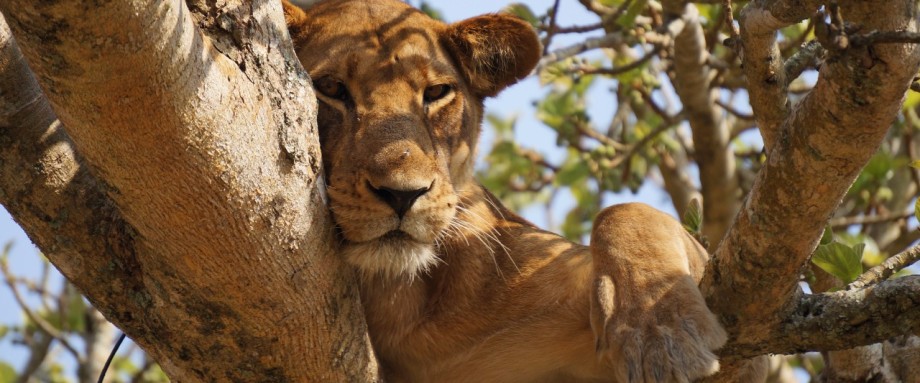
Beste Reisezeit in Namibia für Tierbeobachtung, Fotografie und vieles mehr
Als beste Reisezeit für Namibia werden zwar immer wieder die Monate Juli bis Oktober genannt. Durch die Trockenheit sind dann hervorragende Tierbeobachtungen möglich. Die Tage sind dann angenehm warm und trocken, die Nächte allerdings kalt, die Touristen sehr zahlreich und die Preise hoch.
Namibia bietet jedoch verschiedenste Highlights übers ganze Jahr verteilt. Die beste Reisezeit hängt damit ganz von Ihren Wünschen ab. Viele Ideen, Tipps & Angebote finden Sie in den folgenden Abschnitten…
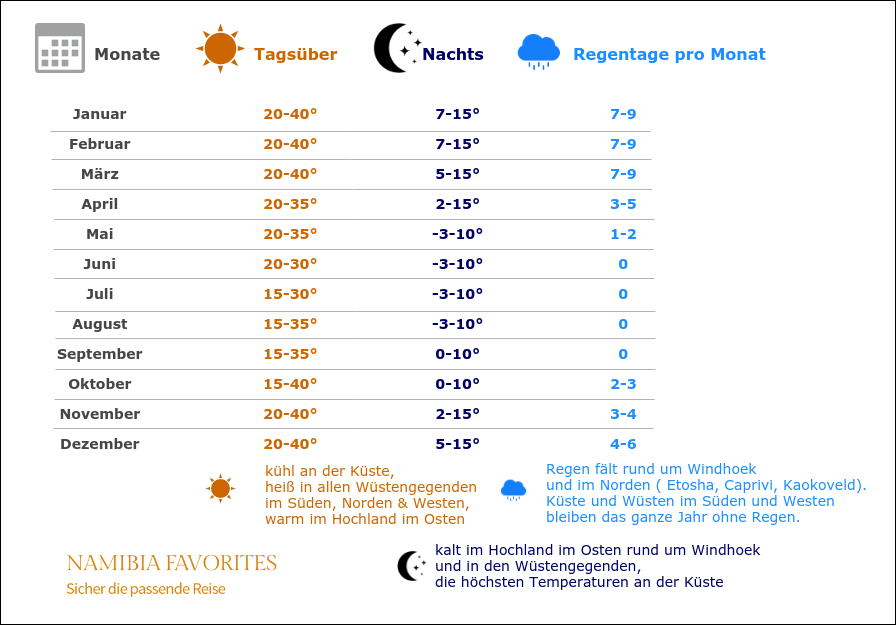
→ Landkarte der Regenverteilung in Namibia → Sonnenscheindauer, Nebelverteilung, Verdunstungen, Luftfeuchte etc. → Tagesaktuelles Wetter in Namibia → Wetter fürs Nachbarland Botswana
Beste Jahreszeit in Namibia – Reisesaisons ganz nach Ihren Wünschen:
Juli bis oktober.
Safari-Träume, Hochsaison, Trockenzeit und kalte Nächte
Mehr erfahren
November bis Januar
lange hell, heiße Tage, warme Nächte, erste Regenbögen und Regenschauer
Januar bis April
verspielte Jungtierherden, Blütezeit, Regenbögen und Gewitterwolken
Mai und Juni
Beliebt bei Fotografen: angenehm warme Tage, letztes Grün und letzte Regenschauer
Beliebte Fragen & Antworten: – Reiseideen für Namibia
– Buchungssituation im Jahresverlauf
– Preise & Kosten im Jahresverlauf
– Ganzjährig tolle Tierbeobachtungen
– Highlights in der Monatsübersicht – Januar bis Dezember
– Checkliste Namibia-Reisen – Von der Idee bis zur Reise
nach oben – zum Inhaltsverzeichnis
Juli bis Oktober – Safariträume, Hochsaison, Trockenzeit
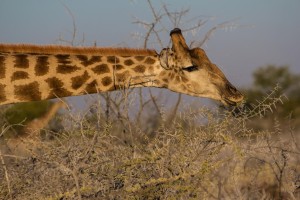
mit bemerkenswerter Geschicklichkeit bedienen sich die Giraffen an den verdorrten, dornigen Bäumen
Die einfachste Jahreszeit für Tierbeobachtungen: Elefanten, Löwen, Giraffen, Zebras, Antilopen… an den wenigen noch feuchten Wasserlöchern sind jetzt alle großen und kleinen Tiere konzentriert. Das Buschland ist trocken und laubfrei. Sie haben also freie Sicht. Das hilft besonders für alle Arten von Wildkatzen.
Die Tage sind angenehm warm, die Sonne brennt aus einem blauen wolkenlosen Himmel. Die Nächte von Juli und August werden allerdings auch mal richtig kalt.
Die Vegetation ist spärlich. Fast ganz Namibia zeigt jetzt sein schroffes, trockenes Wüsten-Gesicht. Nur der immergrüne Norden bis hin zu den Victoria-Fällen verzaubert weiter mit seiner feuchten Seele und gleichzeitig großem Wildreichtum.
Mehr über Reisen in der Trockenzeit:
Die eindrucksvollen Bilder mit ganzen Herden verschiedener Tiere um ein Wasserloch kommen fast immer aus diesen Monaten. Dank der hervorragenden Safari-Möglichkeiten und den europäischen Sommerferien und Herbstferien liegt zwischen Juli und Oktober die Hauptreisezeit Namibias.
Wenn Sie in den europäischen Sommermonaten reisen und nicht unbedingt die ganz bekannten Highlights besichtigen möchten, dann lassen Sie sich Ihre Route von uns gern etwas außerhalb der abgetretenen Pfade planen. Fragen Sie uns nach unseren „Insider-Strecken“.
Die beliebtesten Unterkünfte, Nationalpark-Camps und größere Familien-Mietwagen sind meist schon ein Jahr im Voraus ausgebucht. Viele andere schöne Lodges und Campingplätze werden in den ersten Monaten des Jahres knapp, wenn viele ihren Jahresurlaub planen.
Kaum zu glauben aber wahr, denn in Namibia begrenzt das verfügbare Grundwasser an vielen Orten die Anzahl an Zimmern und Camping-Stellplätzen. Deswegen gibt es trotz großer Nachfrage fast keine Bettenburgen oder großen Campingplätze, sondern meist kleine und mittlere Lodges und Gästefarmen kombiniert mit wenigen Camping-Stellplätzen: ein paar beliebte Beispiele von Lodges und Camps
Aktuelle Infos für die rechtzeitige Reservation gibt’s immer in unserem Artikel Aktuelle Buchungssituation .
Preise für Flüge, Mietwagen und Unterkünfte sind deutlich höher als im Rest des Jahres: Preise und Kosten in Namibia
Die angenehmen Tagestemperaturen für diese Reisezeit werden in Reisebroschüren gern beschrieben. Hingegen liest man recht selten, dass man sich nachts im Zelt, in dünn gebauten Lodges oder früh auf den offenen Safari-Fahrzeugen schnell auch mal den A… abfriert. Warme Winterkleidung, Mütze und Handschuhe auf unserer Namibia-Packliste sind also ernst gemeint.
Mehr Infos zu Wetter, Regen und Temperaturen finden Sie etwas weiter unten im Abschnitt Wetter in Namibia .
Achtung: Ab etwa Mai bis in den Oktober kommt es überall dort wo Dünen sind hin und wieder zu Sandstürmen. Sandsturmschäden sind in der namibischen Mietwagenversicherung nicht gedeckt! Vermeiden Sie unbedingt Fahrten durch Sandstürme. Falls Sie von einem überrascht werden, halten Sie am Straßenrand bis der Sturm vorüber ist. Besser geht es Ihnen bei der Miete über deutsche Anbieter. Hier wird unsere übliche Vollkasko angeboten. Ein paar Euro mehr, die sich lohnen. siehe auch Mietwagen in Namibia .
Viele wichtige Infos für unterwegs erhalten unsere Kunden übrigens im Merkblatt Sicher & entspannt unterwegs in Namibia .
Beliebte Infos & Angebote:
Selbstfahrerreisen – Gruppenreisen Bilder & Videos zum Träumen Checkliste für Namibia-Reisen Landkarten zur Reiseplanung Mietwagenvorteile bei Namibia Favorites Beliebte Reiserouten Sicherheit in Namibia
Selbstfahrer-Reisen
Gruppen-Reisen
November bis Januar – lange helle Tage, erste Regenbögen
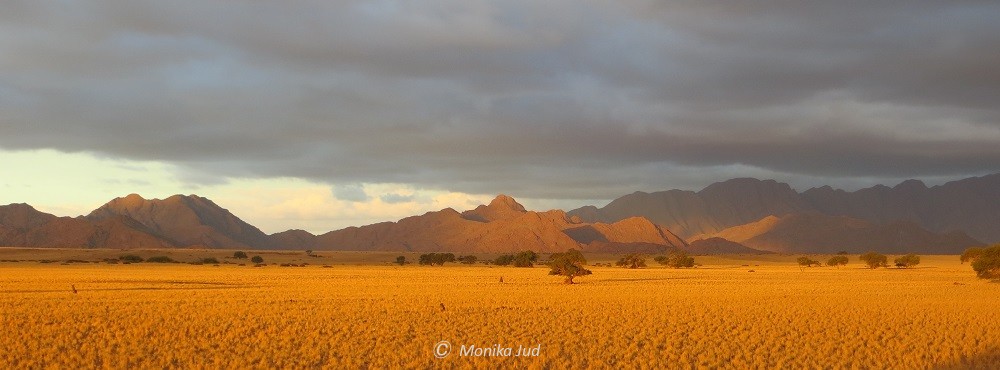
Goldene Farben im Dezember, Abendstimmung in Sesriem vor der Fahrt nach Sossusvlei
Sobald der Regen einsetzt, verteilen sich die Tiere weg von den Wasserlöchern in den Busch mit seinen frischen, zarten und saftigen Gräsern und Blättern. Jetzt holen sich viele Tiere die Kraft für die kommende Geburt der Jungtiere. Man muss sich nun etwas mehr anstrengen um die besser versteckten und verteilten Wildtiere zu entdecken. Aber kein Problem, sonst hätte man ja auch zuhause in den Zoo gekonnt und wir kennen natürlich die Orte, wo Sie trotzdem fündig werden…
Die Tage sind lang und heiß, manchmal feucht, die Nächte sommerlich warm. Mit etwas Glück verzaubern erste Regenwolken und Sonnenstrahlen, kurze Schauer und Regenbögen das Land. Ein Schauspiel, das im November im Norden beginnt und langsam Richtung Süden wandert. Genießen Sie Lagerfeuer, Sternenhimmel und Ausflüge ohne zu frieren. Traumhafte Reisezeit für Camper trotz einem gelegentlichen Regenguss.
Mit den ersten Regenschauern grünen und sprießen die Pflanzen innert Tagen. In kurzer Zeit wandelt sich das Braun der Landschaft an vielen Stellen in ein frisches Grün.
Mehr über Reisen von November bis Januar:
Im Dezember und Januar profitieren Sie von spürbar längeren Tagen. Im Dezember haben Sie Sonne bis gegen 19:30 Uhr, während Sie Ende Juni mit einem Sonnenuntergang schon gegen 17 Uhr Vorlieb nehmen müssen.
In diesen warmen bis heißen Monaten regnet es nur an ganz wenigen Tagen. Im Norden mehr, im Süden fast gar nicht. Über die namibischen Sommer-Monate ziehen sich selbst Afrikas Tiere überall in den Schatten zurück. Nach jedem seltenen Regenfall sehen Sie sofort Tiere entlang der geteerten Straßen, die aus den kleinen Pfützen auf dem Straßenbelag trinken.
Bitte fahren Sie langsam und vorsichtig. Jagen Sie keine Tiere vor sich her. Jedes Jahr geraten Strauße, Warzenschweine, Antilopen und Giraffen durch Autos in Panik, rutschen aus, verfangen sich in Wildzäunen und brechen sich Knochen, was den sicheren, qualvollen Tod bedeutet…
Heftige, kurze Gewitter und Regengüsse führen im Norden des Landes trotzdem auch mal dazu, dass Straßen völlig aufgeweicht oder hinweggespült werden. Ab November empfehlen wir deshalb immer ein robustes, großes 4×4-Fahrzeug. Der Preisunterschied zu den kleineren Fahrzeugen ist in diesen Monaten auch gering und Ihre Sicherheit ist es definitiv wert. Seriöse Reiseanbieter mit Landes-Know-How bieten Ihnen nur auf expliziten Wunsch und mit Warnung kleinere Fahrzeuge und achten schon bei der Streckenführung darauf, dass Sie etwas mehr Zeit und Routen-Alternativen haben. Mehr Tipps zum Mietwagen und unseren Mietwagen-Vorteilen finden Sie in Mietwagen in Namibia
Genaue Infos zu Wetter, Regen und Temperaturen finden Sie etwas weiter unten im Abschnitt Wetter in Namibia .
Bis vor wenigen Jahren waren November bis Januar sehr ruhige Reise-Monate. Doch Namibia wird immer beliebter. Es ist sicher, freundlich, ohne religiösen Eifer und alle Ethnien des Landes leben friedlich miteinander. Inzwischen sind deshalb auch die Wochen um Weihnachten und Silvester beliebte und gesuchte Reisezeiten.
Hinzu kommt, dass Dezember und Januar die großen Sommerferien der Südafrikaner und Namibier sind. Also sind auch die Einheimischen in diesen beiden Monaten viel in Namibia unterwegs, ganz besonders auf den Campingplätzen. Aktuelle Infos für die rechtzeitige Reservation gibt’s immer in unserem Artikel Aktuelle Buchungssituation .
Außerhalb dieser Wochen reisen Sie zwischen November und Januar trotzdem noch etwas preisgünstiger als zur Trockenzeit. Speziell die Preise für Flüge und Mietwagen sind außerhalb der Wochen um den Jahreswechsel deutlich günstiger als im Rest des Jahres: Preise und Kosten in Namibia
Speziell wenn Sie länger im feuchten Norden und Nordosten im Caprivi-Streifen weilen, wird vielleicht das Thema Malaria-Prophylaxe für Sie interessant. Weitere Infos finden Sie in unserem Artikel Namibia – Malariaprophylaxe, Impfungen, Gesundheitsvorsorge
Januar bis April – Jungtiere, Regen und Blütezeit
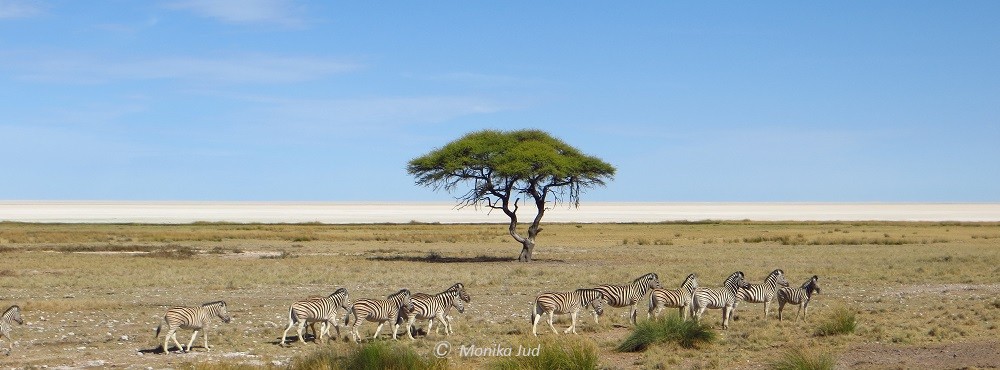
ziehende Zebraherde mit Jungtieren – am Ende der Regenzeit
Für den Besuch in der Nebensaison wird man überall mit grünen Landschaften, farbigen Blüten in der Wüste, vielen tapsigen, verspielten Jungtieren und großen ziehenden Herden von Antilopen belohnt.
Bei einem sehr guten Regenjahr gibt es die ersten Jungtiere schon im Dezember, bei trockenen Jahren verschiebt sich die Geburt bis in den März. Viele Tiere haben sich perfekt auf das unsichere Wetter eingestellt und können die Dauer ihrer Schwangerschaft steuern. Hohe Trockenheit würde sonst Mutter und Kind beide sterben lassen.
Und Sie können Tiere finden, die sich während der Trockenzeit aus dem Staub gemacht haben. Zum Beispiel zwitschern viele Vögel eher in der Regenzeit und die berühmten Flamingos im Etosha tauchen auf.
Die Tage und Nächte sind angenehm warm und manchmal feucht. Genießen Sie Lagerfeuer, Sternenhimmel und Ausflüge ohne zu frieren. Traumhafte Reisezeit für Lodgereisen und Camper trotz einem gelegentlichen Regenguss.
Bis in den März wird der Regen häufiger, ergreift langsam auch den Süden und nimmt dann ab April langsam wieder ab. Wer gern 4×4 fährt, kommt jetzt bei Schlammdurchfahrten und in aufgewühlten Flussbetten auf seine Kosten. Einzelne Straßen in Namibia und dem Nachbarland Botswana können auch mal völlig aufgeweicht oder weggespült werden.
Namibia ist nun in voller Blüte. Das ganze Land grünt und blüht, in der sonst kargen Wüstenlandschaft können Sie eine Vielzahl von Farben entdecken…
Mehr über Reisen von Januar bis April:
Spannend wird es meist ab Ende Januar: Überall finden Sie jetzt verspielte, teilweise noch tapsige Jungtiere. Sie werden große Herden Antilopen mit Ihren Jungtieren durch die Landschaft ziehen sehen. Mit fortschreitender Regensaison gibt es nun genügend Pflanzen für Jungtiere und Mütter, die grüne Landschaft bietet Versteck vor Räubern und es wird noch bis in den Mai oder Juni hinein genügend Wasser geben.
Abgesehen von den Wochen rund um Ostern sind weniger Touristen unterwegs, es ist preisgünstigere Nebensaison mit besseren und kurzfristigen Verfügbarkeiten. Nur rund um die Ostertage herrschen knappe Verfügbarkeiten bei Hochsaison-Preisen. Aktuelle Infos für die rechtzeitige Reservation gibt’s immer in unserem Artikel Aktuelle Buchungssituation .
In diesen Regenmonaten empfehlen wir immer ein robustes, großes 4×4-Fahrzeug. Von einem Renault Duster können wir hier nur abraten und auch der Nissan X-Trail kommt je nach Route schnell an seine Grenzen. Toyota Hilux, Toyota Fortuner oder Landcruiser sind während der Regensaison die einzigen zuverlässigen Fahrzeuge für eine sichere Namibia-Reise. Mehr Tipps zum Mietwagen und unseren Mietwagen-Vorteilen finden Sie in Mietwagen in Namibia
Außerhalb der Ostertage reisen Sie preisgünstiger als zur Trockenzeit. Speziell die Preise für Flüge und Mietwagen sind deutlich günstiger als im Rest des Jahres: Preise und Kosten in Namibia
Besonders für die Monate der Regenzeit werfen Sie bitte auch einen Blick in unseren Artikel Namibia – Malariaprophylaxe, Impfungen, Gesundheitsvorsorge
Wunderschöne Gräser-Blüte = Allergiezeit
Aus eigener Erfahrung wissen wir, dass ein Punkt gern vergessen geht: Die blühenden Monate Namibias ab Februar bis April sind wunderschön. Außer Sie sind auf Gräser allergisch. Denn in diesen Monaten steht auch Namibias Federgras überall in voller Blüte.
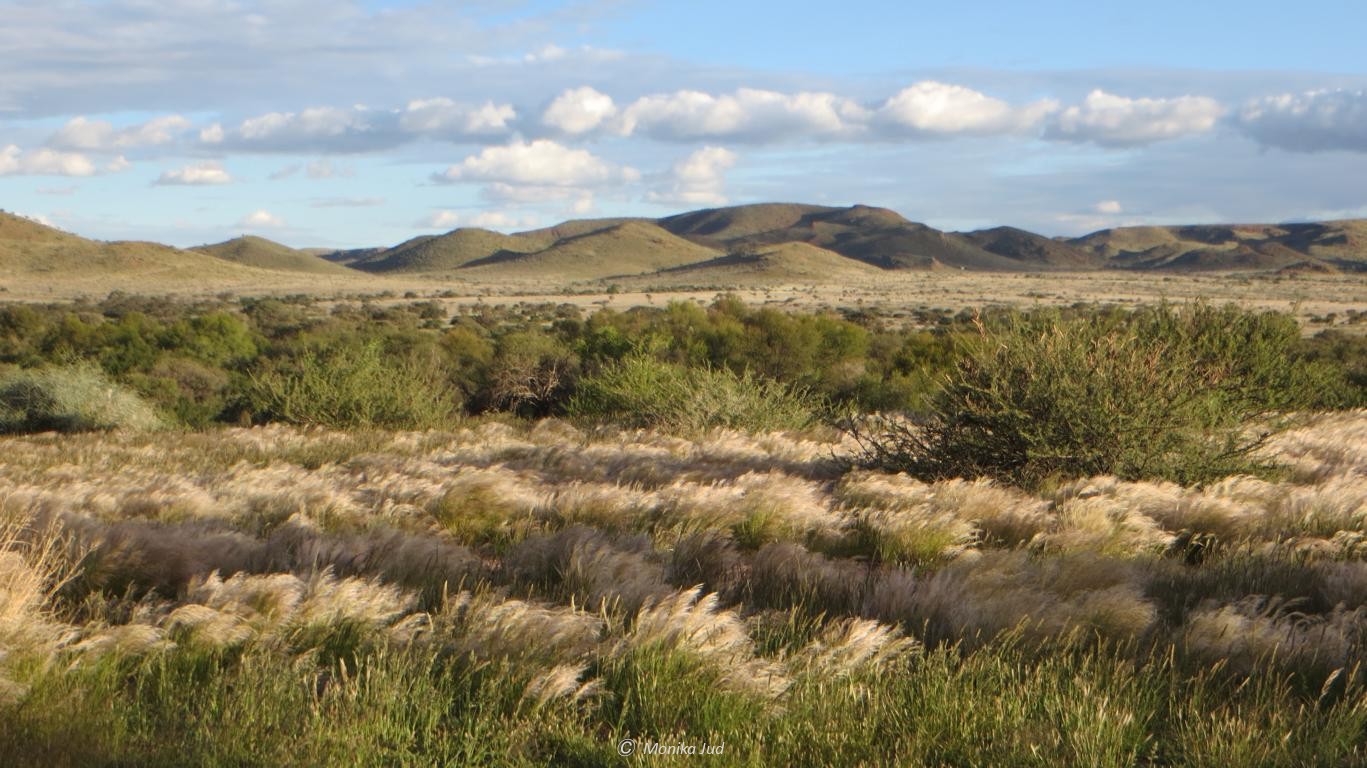
eines der wunderschönen, riesigen Federgrasfelder im April. Lebenselixier für Namibia…
Wenn Sie trotz Allergie das grüne Namibia, die Blütenmeere und die wunderschöne Jungtierzeit in März und April erleben möchten, möchten Sie sicher ein Anti-Allergikum dabei haben, dass Sie nicht schläfrig macht.
Eine kleine Geschichte am Rande: Das Federgras bildet in ganz Süd- und Zentralnamibia riesige wogende, silbergrün schimmernde Flächen. Für Vieh und Wild des Landes ist es das wichtigste Weidegras. Die San, Namibias Ureinwohner haben sich die Pflanze so mannigfaltig zu Nutze gemacht, dass man Federgras in Namibia auch “Buschmanngras” nennt.
Und ein anderes namibisches Volk, die Damara, essen die Samen als Brei und brauen Bier daraus. Die Sammlung der Samen war bis vor Kurzem besonders pfiffig (und ist inzwischen verboten): Termiten tragen die Samen in ihren Nestern zusammen. Dort mussten die Damara zum richtigen Zeitpunkt nur noch plündern gehen.
Mai und Juni – Beliebte Reisezeit bei Fotografen
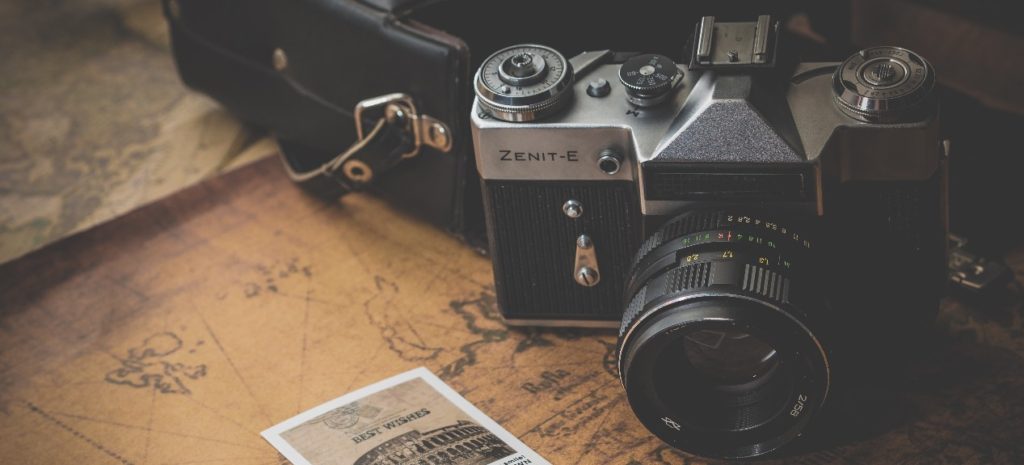
Wildtiere sind mit der zunehmenden Trockenheit wieder leichter sichtbar und trauen sich häufiger, näher an die Wasserlöcher rund um Camps und Lodges heran. Gleichzeitig finden Sie weiter im Norden noch die letzten grünen Spuren der Regenzeit und Jungtierherden im Land.
Im Mai fallen die letzten Regenschauer, die Tage sind fast immer trocken und warm, was die geduldige Tierbeobachtung angenehm macht. Lediglich in den Nächten wird es schon frostig kalt. Gleichzeitig haben Sie noch Chancen auf die eine oder andere letzte Regenwolke, welche das Land in mystische Stimmungen taucht.
Die grünen und bunten Farben wechseln nun von Süden her langsam wieder in die namibischen Winter-Töne von rot und braun.
Mehr über Reisen im Mai und Juni:
Der große Touristenstrom hat in diesen beiden Monaten noch nicht begonnen. Fotografen haben also mehr Ruhe beim Fotografieren und Guides mehr Ruhe beim Erklären. Es gelten häufig noch Preise der Nebensaison aber die Verfügbarkeiten von Autos und Unterkünften werden vor allem rund um alle Feiertage im Mai schon relativ lang im Voraus knapp. Aktuelle Infos für die rechtzeitige Reservation gibt’s immer in unseren Artikeln Aktuelle Buchungssituation und Preise und Kosten in Namibia .
In diesen trockenen Monaten sind auch wieder etwas kleinere Fahrzeuge ausreichend. Der Nissan X-Trail ist für Lodgereisen eine gut Wahl. Sparfüchse, die keinen Anspruch an Komfort stellen und auch die eine oder andere Panne akzeptieren können, greifen zum Renault Duster. Für Campingreisen mit der kompletten Ausstattung bleiben der Toyota Hilux oder die Land Cruiser je nach Reiseroute die richtige Wahl. Mehr Tipps zum Mietwagen und unseren Mietwagen-Vorteilen finden Sie in Mietwagen in Namibia
Die Gesundheitsvorsorge in den Monaten der Trockenzeit ist unkompliziert. Wer sich im Norden des Landes und dort vielleicht auch längere Zeit aufhält, wirft vielleicht trotzdem einen Blick in unseren Artikel Namibia – Malariaprophylaxe, Impfungen, Gesundheitsvorsorge
Ähnlich beliebt für Fotografen sind übrigens die Wochen Ende Oktober / Anfang November.Auch hier lockt der Übergang von Trocken- zu Regensaison mit seiner Vielfältigkeit, etwas weniger Besucher und angenehme Temperaturen.
Ganzjährig tolle Tierbeobachtungen – gewusst wie und in den riesigen Wildreservaten
Prinzipiell können Sie alle Tiere Namibias das ganze Jahr über beobachten.
Je nach Reisezeit und Wetter werden Sie allerdings an unterschiedlichen Orten fündig oder müssen besser suchen, bevor Sie die versteckten Tiere entdecken.
Verschiedenste Wildtiere vom Erdmännchen über Wildkatzen, Nashörner, Nilpferde, Giraffen und Antilopen bis hin zum Elefanten in fast freier Wildbahn: Das bieten einige riesige private Wildparks und Schutzgebiete, die sich nachhaltigen Tourismus und Tierschutz zum Ziel gesetzt haben.
Hier können Sie ganzjährig auf Safari gehen, mit großer Wahrscheinlichkeit alle gesuchten Tiere finden und spannenden Geschichten der professionellen Guides lauschen.
Für Familien sind diese Parks häufig eine kurzweiligere Wahl als Etosha. Denn erfahrungsgemäß wird es Kindern relativ schnell langweilig auf der Suche nach Tieren im Gestrüpp…
Die angebotenen Aktivitäten und die Tierwelt dieser Parks, Farmen und Reservate ändern sich teilweise relativ schnell, abhängig vom Wasservorrat, der aktuellen Geschäftsführung, den Investitionen in Tiere und den aktuellen Guides…
Ganzjährige Safariträume – Jetzt anfragen
Highlights und Wetter im Jahresverlauf – Januar bis Dezember
Hier ein paar Tipps für jeden Reisemonat. Allerdings: Auch in Namibia spielt das Wetter immer häufiger verrückt…
Januar: beste Namibia-Reisezeit für Camper, Hitze-Liebhaber und Wassersportler
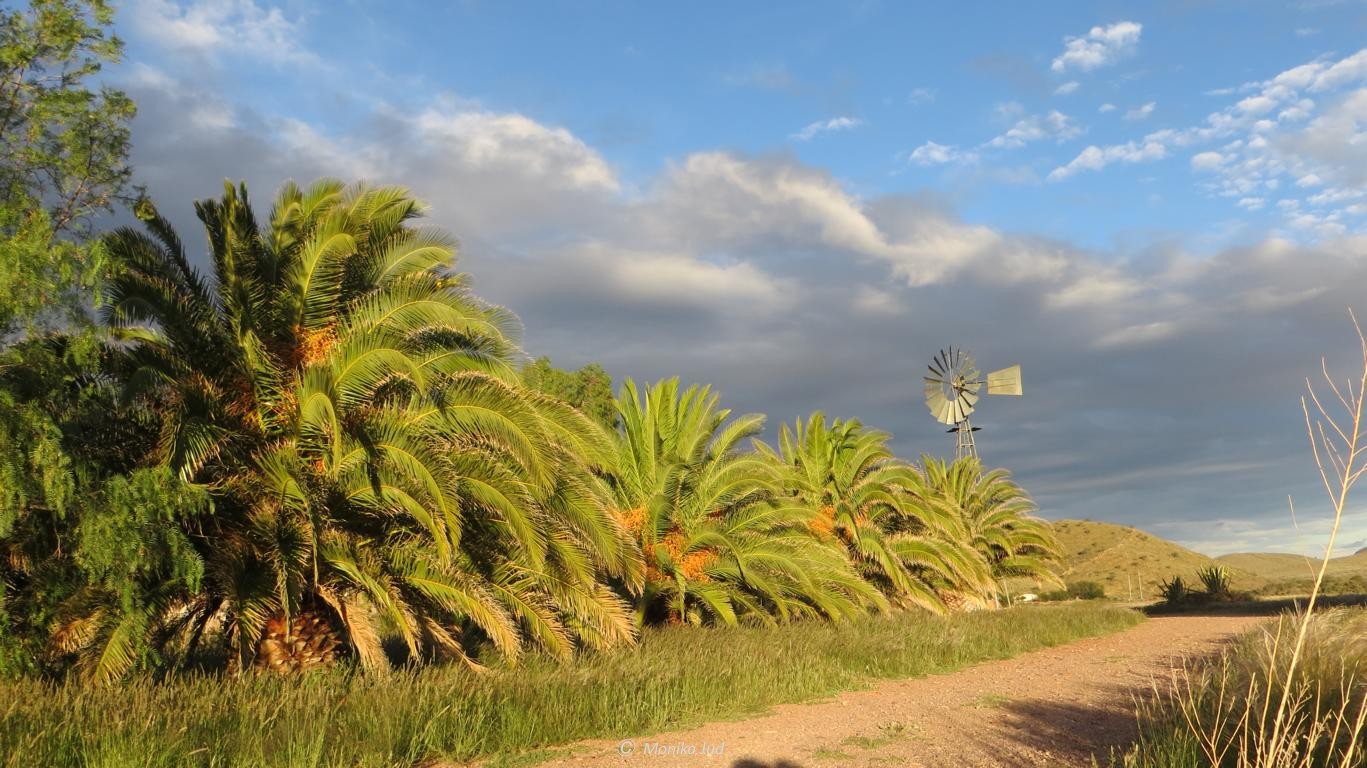
Wetter / Temperaturen: es ist Sommer, tagsüber heiß, nachts warm oder sehr warm, im Hochland insgesamt etwas kühler, das Wasser an der Küste bleibt durch den Benguela-Strom ganzjährig kalt unter 20 Grad
Regen: besonders im Norden an vielen Tagen Gewitter oder starke Regenschauer meist gegen Abend, Regen nimmt Richtung Süden ab, südlich von Windhoek regnet es nur wenige Tage im Monat; Straßen können kurzzeitig unbefahrbahr oder Furten unquerbar sein, ein 4×4-Fahrzeug ist notwendig;
Landschaften: der Regen lässt die Landschaft grünen und blühen;
Tierbeobachtung: Tiere haben sich in der Weite des Landes verstreut, Vogelwelt ist reichlich, Tiere können sich in der stärkeren Vegetation der Regenzeit besser verstecken; Elefanten sind in Regenzeiten und -gebieten fast gar nicht zu sehen, sie wandern ab in trockenere Gebiete um nicht auf nassen Böden einzusinken, die einfachste und komfortabesste Möglichkeit für Tierbeobachtungen hat man in den riesigen Game-Farms…
Touristenmenge: viele Urlauber aus Europa und Südafrika, Vorbuchungen nötig, beliebte Unterkünfte sind schon bis zu einem Jahr vorher ausgebucht
Reisekosten / Preise: je nach Anbieter meist Nebensaisonpreise, insgesamt mittleres Preis-Niveau
Februar: beste Namibia-Reisezeit für Selbstbucher, Hitze-Liebhaber und Wassersportler
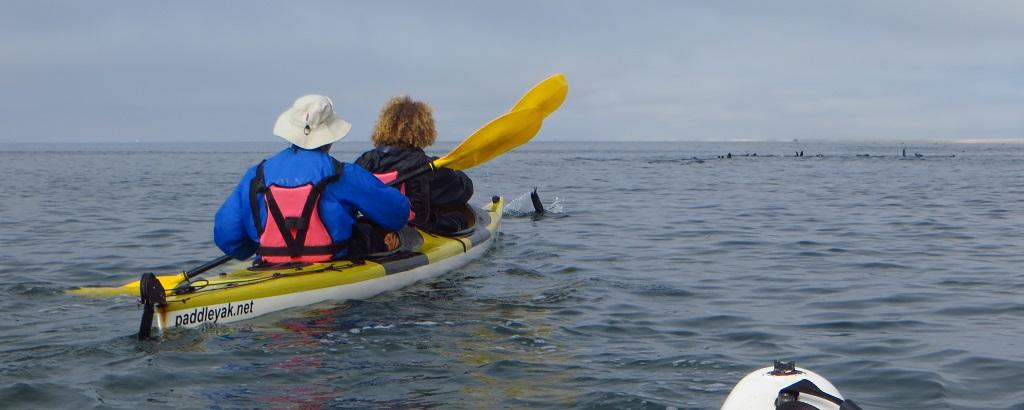
Wetter / Temperaturen: es ist Sommer, tagsüber heiß, nachts warm oder sehr warm, im Hochland insgesamt etwas kühler; der schönste Monat in Swakomund (Sommer ohne Menschenmengen)
Regen: höchste Regenwahrscheinlichkeit im Jahresverlauf, besonders im Norden an vielen Tagen Gewitter oder starke Regenschauer meist gegen Abend, Regen nimmt Richtung Süden ab, südlich von Windhoek regnet es nur wenige Tage im Monat; Straßen können kurzzeitig unbefahrbahr oder Furten unquerbar sein, ein 4×4-Fahrzeug ist notwendig;
Touristenmenge: Nebensaison, jetzt kann man entspannt reisen, wer flexibel sein und etwas Risiko eingehen möchte, kann Unterkünfte auch vor Ort suchen und buchen
Reisekosten / Preise: Nebensaisonpreise
März: beste Namibia-Reisezeit für Jungtierbeobachtung, Tier-Fotografen und Familien
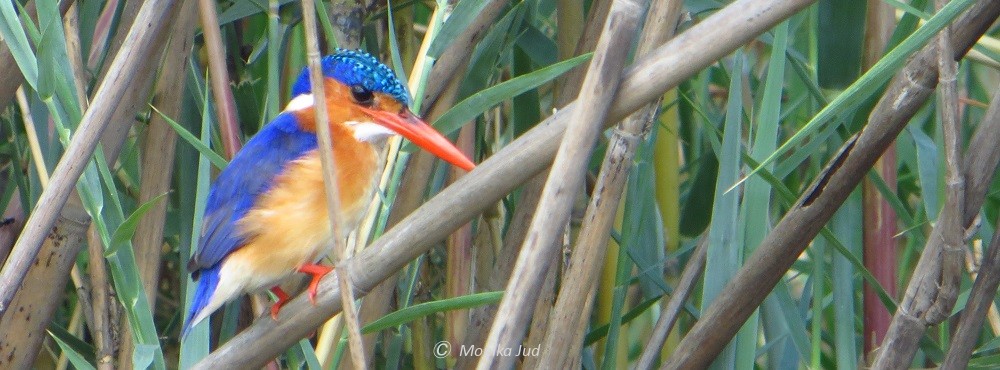
Wetter / Temperaturen: es ist Sommer, tagsüber sehr warm, nachts warm, im Hochland insgesamt etwas kühler; an der Küste gibt es die ersten Nebel, die aber meist noch vor Mittag aufklaren
Tierbeobachtung: Jungtierzeit! viele Wildtiere bringen jetzt Junge zur Welt. Die Tiere haben sich in der Weite des Landes verstreut, Vogelwelt ist reichlich, Tiere können sich in der stärkeren Vegetation der Regenzeit besser verstecken; Elefanten sind in Regenzeiten und -gebieten fast gar nicht zu sehen, sie wandern ab in trockenere Gebiete um nicht auf nassen Böden einzusinken, die einfachste und komfortabesste Möglichkeit für Tierbeobachtungen hat man in den riesigen Game-Farms…
Kultur & Feste: März bis Juni wird in Namibia Karneval gefeiert, jedoch nie in zwei Städten gleichzeitig.
Touristenmenge: Nebensaison, jetzt kann man entspannt reisen, wer flexibel sein und etwas Risiko eingehen möchte, kann Unterkünfte auch vor Ort suchen und buchen. Familien reisen entspannter und etwas preisgünstiger als in den Sommerferien
April: beste Namibia-Reisezeit für Jungtierbeobachtung und Tier-Fotografen
Wetter / Temperaturen: es ist Herbst, tagsüber warm, nachts warm oder kühl, im Hochland insgesamt etwas kühler und vielleicht auch schon der erste Nachtfrost, auch an der Küste gelegentlich schon neblig, kühl und windig
Regen: Regen wird jetzt weniger, an einigen Tagen Gewitter oder Regenschauer meist gegen Abend, Regen nimmt Richtung Süden stark ab, südlich von Windhoek regnet es nur noch sehr selten; Straßen können kurzzeitig unbefahrbahr oder Furten unquerbar sein, ein 4×4-Fahrzeug ist notwendig;
Landschaften: der Regen lässt die Landschaft noch grünen und blühen aber es wird weniger…, an der Küste ist die Zeit der starken Winde und Sandstürme.
Tierbeobachtung: Jungtierzeit! viele kleine Wildtiere machen ihre ersten Entdeckungen und ziehen in riesigen Herden, z.B. durch die Nationalparks. Die Tiere haben sich in der Weite des Landes verstreut, Vögel migrieren nun teilweise wieder an andere Orte der Welt, Tiere können sich in der stärkeren Vegetation der Regenzeit besser verstecken;
Touristenmenge: Zwischensaison mit Spitzen über Ostern, über Ostern muss vorgebucht werden, ansonsten kann man sehr entspannt reisen, wer flexibel sein und etwas Risiko eingehen möchte, kann Unterkünfte abgesehen von Ostern auch vor Ort suchen und buchen
Reisekosten / Preise: je nach Anbieter, meist Nebensaison- oder Zwischensaisonpreise, über Ostern teils Hochsaison-Preise
Mai: beste Namibia-Reisezeit für Tier-Fotografen, Sonnenuntergänge, Küstenurlaub und angenehme Lodge- und Campingreisen
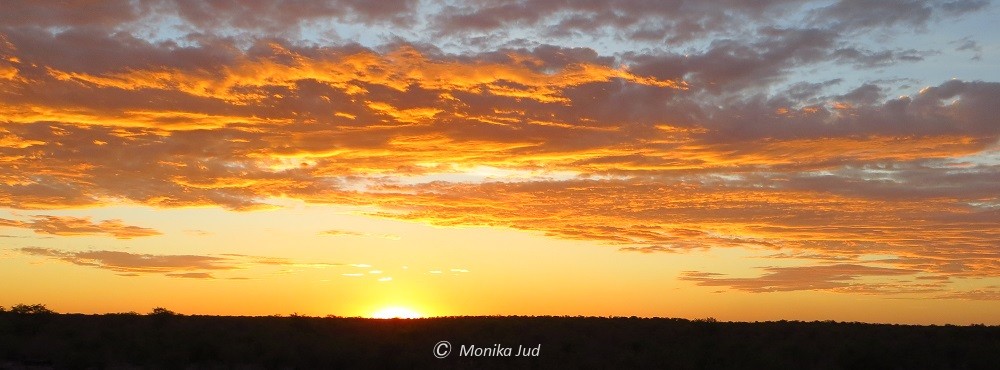
Wetter / Temperaturen: es ist Winter und fast im ganzen Land tagsüber noch angenehm aber nachts schon richtig kalt, die ersten Nachtfröste im Inland und die ersten Wasserleitungen frieren ein, an der Küste herrschen jetzt häufig die Ostwinde aus der Wüste, die Hitze und Sand in alle Ritzen tragen, an der Küste herrscht dann strahlender Sonnenschein, häufig hochsommerliches heißes Wetter..
Regen: nur noch sehr selten Regen, es ist der Übergang zur Trockenzeit, südlich von Windhoek regnet es praktisch nicht mehr; Straßen im Norden können trotzdem noch kurzzeitig unbefahrbahr oder Furten unquerbar sein; je nach Route ist ein 4×4 oder 2×4 / SUV-Fahrzeug möglich, Achtung Sandstürme an der Küste: Auto stehen lassen!
Landschaften: die Landschaft wechselt nun langsam wieder von bunt auf braun, Vegetation wird lürzer und “durchsichtiger” für Ihre Tierbeobachtungen, an der Küste gibt es die schönsten Sonnenuntergänge durch den Sand in der Luft…
Tierbeobachtung: die Jungtiere werden langsam größer und ziehen in riesigen Herden, z.B. durch die Nationalparks, Langsam bewegen sich die ersten Tiere in Richtung der Wasserstellen und Wasserläufe für die Trockenzeit, Vögel migrieren teilweise an andere Orte der Welt;
Touristenmenge: mit südafrikanischen Ferien und den vielen Feiertagen nehmen die Touristen zu, es lässt sich entspannt reisen, Unterkünfte sollten schon vorgebucht werden, beliebte Unterkünfte sind gern schon ein Jahr vorher ausgebucht
Juni: beste Namibia-Reisezeit für alle, die es sonnig aber keine Hitze mögen, Kite-Surfer und Tier-Fotografen
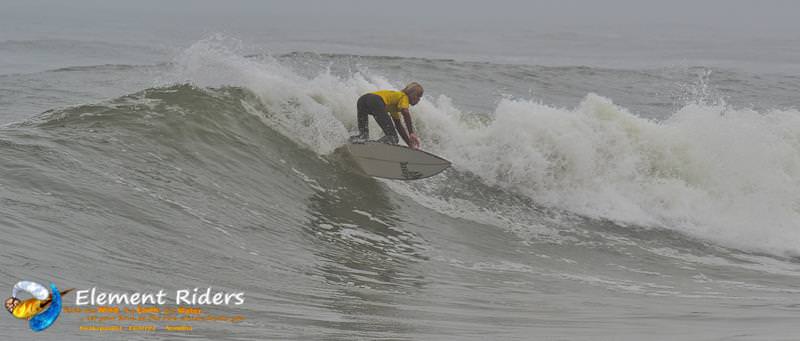
Wetter / Temperaturen: es ist Winter, tagsüber bei Sonne warm, aber eisig kalt, sobald die Sonne weg ist, nachts gern auch Frost; ein großer Vorteil: wenig Moskitos, an der Küste häufig Nebel, Nässe, Kälte und Wind, gut für Kite-Surfer aber Achtung: bei Sandstürmen das Auto stehen lassen!
Regen: die Trockenzeit hat begonnen, die Sonne scheint praktisch den ganzen Tag, es regnet nirgends mehr, alle Straßen und Durchfahrten sind für die kommende Hochsaison wieder bereit, für die meisten Routen genügt ein 2×4-Fahrzeug mit höherer Bodenfreiheit, z.B. ein SUV, ganz flexibel bleibt man mit einem 4×4, der 4×4 mit Dachzelt bleibt das ganze Jahr über das Standardfahrzeug für Touristen;
Landschaften: die Landschaft zeigt ihr trockenes Gesicht mit wenig Vegetation, Ausnahme bleibt der grüne Norden des Landes entlang der ganzjährigen Wasserläufe
Tierbeobachtung: die beginnende Trockenzeit konzentriert die Tiere nun langsam um Wasserläufe und Wasserlöcher, was die Beobachtung einfach macht
Touristenmenge: langsam nehmen die Touristen zu, alles wird für die kommende Hauptsaison auf Vordermann gebracht, Unterkünfte sollten schon vorgebucht werden,
Reisekosten / Preise: je nach Anbieter, meist Zwischensaison-Preise
Juli: beste Namibia-Reisezeit für einfache Tierbeobachtungen und alle, die es sonnig aber keine Hitze mögen und Kite-Surfer
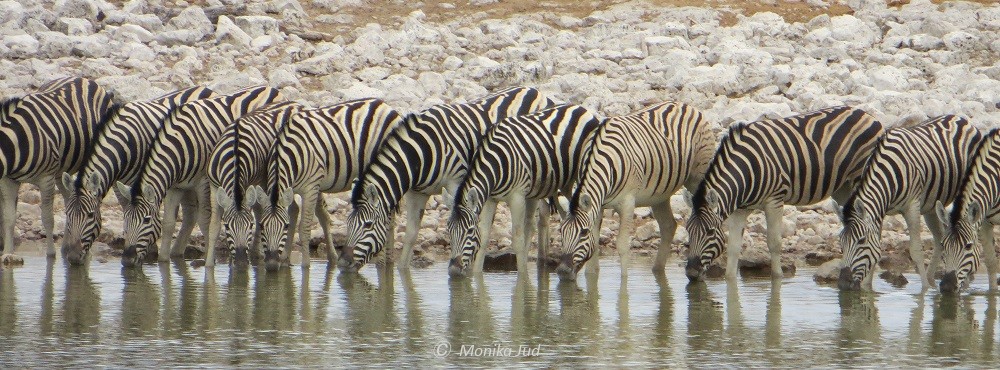
Temperaturen: es ist Winter, tagsüber bei Sonne warm, aber eisig kalt, sobald die Sonne weg ist, nachts gern auch Frost; ein großer Vorteil: wenig Moskitos, an der Küste häufig Nebel, Nässe, Kälte und Wind, gut für Kite-Surfer aber Achtung: bei Sandstürmen das Auto stehen lassen!
Regen: die Trockenzeit nimmt ihren Lauf, die Sonne scheint praktisch den ganzen Tag, für die meisten Routen genügt ein 2×4-Fahrzeug mit höherer Bodenfreiheit, z.B. ein SUV, der 4×4 mit Dachzelt ist trotzdem das Standardfahrzeug für Touristen und ist bei vielen Anbietern schon ab etwa Februar ausgebucht!
Tierbeobachtung: die Trockenzeit konzentriert die Tiere um Wasserläufe und Wasserlöcher, was die Beobachtung einfach macht, allerdings stehen meist große Mengen Touristen um diese Wasserlöcher
Touristenmenge: jetzt ist es überall proppevoll mit europäischen Touristen, die beliebtesten Unterkünfte sind schon ein Jahr vorher ausgebucht, gute Unterkünfte und Campingplätze(!) z.B. in den Nationalparks sind ab etwa Februar ausgebucht. Wer jetzt reisen möchte, sollte möglichst schon ein Jahr vorher buchen
Reisekosten / Preise: fast überall deutlich höhere Hochsaison-Preise
August: beste Namibia-Reisezeit für einfache Tierbeobachtungen, Kite-Surfer und alle, die es sonnig aber keine Hitze mögen
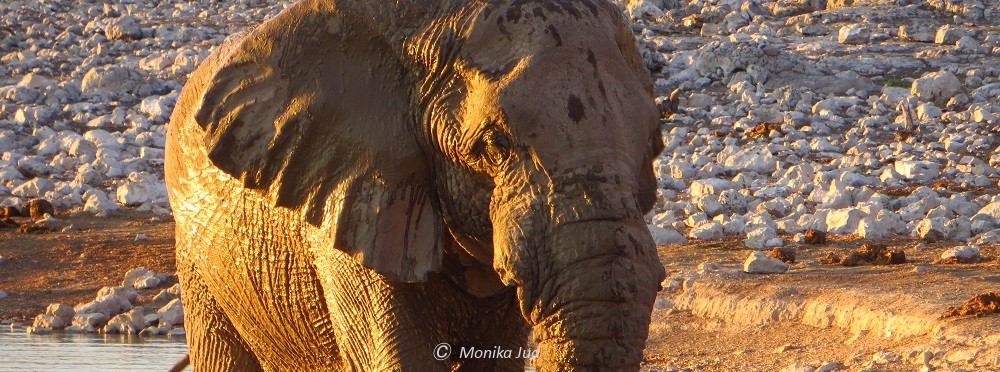
Regen: absolute Trockenzeit, die Sonne scheint praktisch den ganzen Tag, für die meisten Routen genügt ein 2×4-Fahrzeug mit höherer Bodenfreiheit, z.B. ein SUV, der 4×4 mit Dachzelt ist trotzdem das Standardfahrzeug für Touristen und ist bei vielen Anbietern schon ab etwa Februar ausgebucht!
Landschaften: die Landschaft zeigt ihr trockenes Gesicht mit wenig Vegetation, Ausnahme bleibt der grüne Norden des Landes entlang der ganzjährigen Wasserläufe, mit Glück bekommt der Süden Namibias kurzen “Winterregen”. Wenn ja, gibt es eine traumhafte Lilienblüte und die berühmte Blütezeit im Namaqua-Land.
Tierbeobachtung: die fortschreitende Trockenzeit konzentriert die Tiere immer stärker um wenige verbleibende Wasserläufe und Wasserlöcher, was die Beobachtung sehr einfach macht, allerdings stehen meist große Mengen Touristen um diese Wasserlöcher
September: beste Namibia-Reisezeit für einfache Tierbeobachtungen und alle, die keine Hitze mögen
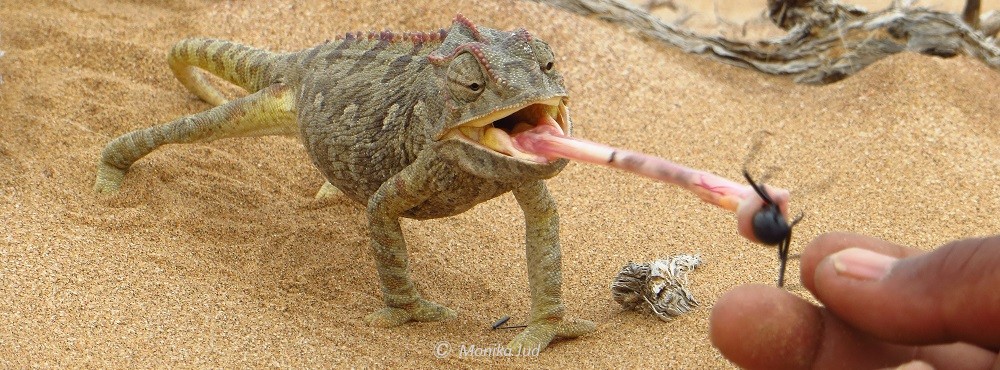
Wetter / Temperaturen: es wird Frühling und wieder spürbar wärmer, tagsüber sehr warm, nachts noch kühl, vereinzelt noch Nachtfröste, an der Küste bleibt es noch ungemütlich
Regen: das Ende der Trockenzeit, im Norden mit Glück erste kleine Regenschauer, für die meisten Routen genügt ein 2×4-Fahrzeug mit höherer Bodenfreiheit, z.B. ein SUV, der 4×4 mit Dachzelt ist trotzdem das Standardfahrzeug für Touristen. Gute Mietwagen-Angebote sind ab etwa März / April ausgebucht!
Landschaften: die Landschaft zeigt noch ihr trockenes Gesicht mit wenig Vegetation, Ausnahme bleibt der grüne Norden des Landes entlang der ganzjährigen Wasserläufe, mit Glück bekommt der Süden Namibias kurzen “Winterregen”. Wenn ja, gibt es eine traumhafte Lilienblüte und die berühmte Blütezeit im Namaqua-Land.
Oktober: beste Namibia-Reisezeit für Fotografen und Familien
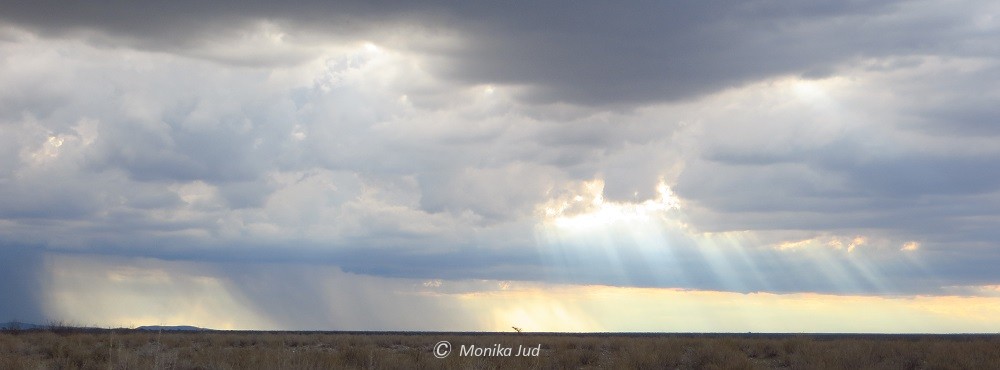
Temperaturen: der Sommer ist da, nur an der Küste lässt er noch etwas warten und ist noch etwas windig, tagsüber warm, nachts etwas kühl, keine Nachtfröste mehr
Regen: der erste Regen zeigt sich mit etwas Glück schon und taucht das ganze Land in eine knisternde Spannung aller Bewohner und Tiere, die sehnsüchtig auf den Regen warten, für die meisten Routen genügt ein 2×4-Fahrzeug mit höherer Bodenfreiheit, z.B. ein SUV, der 4×4 mit Dachzelt ist trotzdem das Standardfahrzeug für Touristen,
Landschaften: die Landschaft zeigt ihr trockenes Gesicht mit wenig Vegetation, überall spürt man das Warten auf den Regen und die ersten Regenwolken am Horizont tauchen die Landschaft in ein ganz besonderes Licht, im grünen Norden des Landes entlang der ganzjährigen Wasserläufe bilden sich jetzt die ersten, gewaltigen Quell- und Gewitterwolken, wo es regnet, blühen schnell die Hoodia-Kakteen, Bäume und Büsche werden grün
Tierbeobachtung: bis zu den ersten Regenfällen konzentrieren sich die Tiere noch um wenige verbleibende Wasserläufe und Wasserlöcher, was die Beobachtung sehr einfach und angenehm macht, nach den ersten Regenfällen verteilen sich die Tiere übers Land und sind in hohem Gras schwerer zu entdecken,
Touristenmenge: die größten Touristenströme sind vorüber und die Gastgeber des Landes atmen wieder etwas auf, es wird wieder langsam etwas leichter Platz in beliebten Unterkünften und auf beliebten Campingplätzen zu finden. Beliebte Unterkünfte sollten trotzdem auf jeden Fall weit voraus vorgebucht werden.
Reisekosten / Preise: fast überall noch Hochsaison-Preise. Familien reisen jetzt wieder etwas günstiger als in den Monaten Juli bis September.
November: beste Namibia-Reisezeit für Selbstbucher, Landschaftsfotografen und entspanntes Reisen
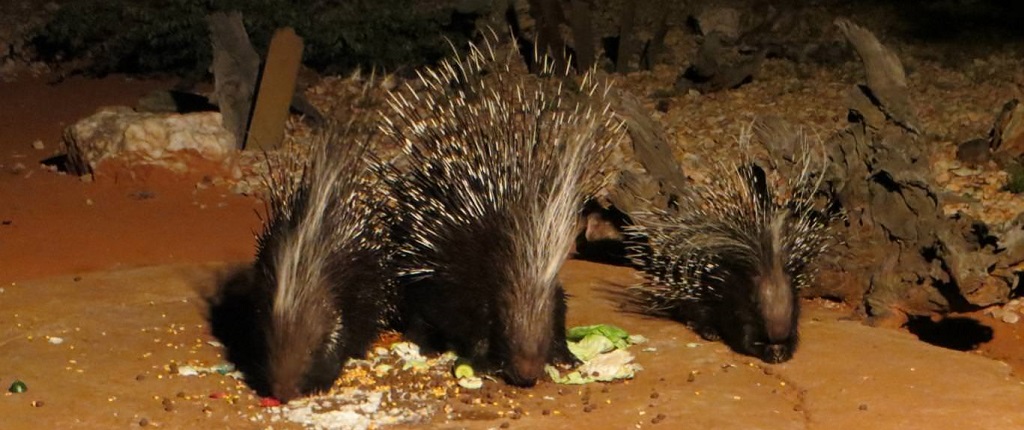
Wetter / Temperaturen: der namibische Sommer ist nun überall, tagsüber sehr warm oder heiß, nachts bleibt es warm, die Winde an der Küste legen sich
Regen: die Regenfälle zeigen sich nun und wandern langsam nach Süden, während es im Norden schon starke Gewitter und vereinzelt ganze Regentage gibt, wartet man im Süden meist noch sehnsüchtig auf den ersten Regen, Straßen können nun wieder kurzzeitig unbefahrbahr oder Furten unquerbar sein, ein 4×4-Fahrzeug ist notwendig;
Landschaften: überall dort wo es regnet, sprießen sofort Knospen und die Pflanzenwelt erwacht zum Leben, gewaltige Quell- und Gewitterwolken und durchbrechende Sonnenstrahlen tauchen die Landschaften in ganz besonderes Licht
Tierbeobachtung: Tiere werden aktiver und zeigen sich übermütig, sie verteilen sich nun wieder über das Land und sind dadurch etwas schwerer zu entdecken, Elefanten sind in Regenzeiten und -gebieten fast gar nicht zu sehen, sie wandern ab in trockenere Gebiete um nicht auf nassen Böden einzusinken, die einfachste und komfortabelste Möglichkeit für Tierbeobachtungen hat man in den riesigen Game-Farms…
Touristenmenge: es ist wieder Zeit für ruhiges, entspanntes Reisen ohne große Touristenströme, es gibt meist Platz in beliebten Unterkünften und auf beliebten Campingplätzen, wer das Risiko eingehen möchte, kann flexibel reisen ohne vorzubuchen, Unterkünfte & Campingplätze in Etosha sollten zumindest einige Tage vorher gebucht oder erfragt werden, Ihre namibischen Gastgeber planen nun schon für die südafrikanischen Sommerferien ab Dezember
Reisekosten / Preise: häufig Zwischensaison-Preise
Dezember : beste Namibia-Reisezeit für Camper, Hitze-Liebhaber und Wassersportler
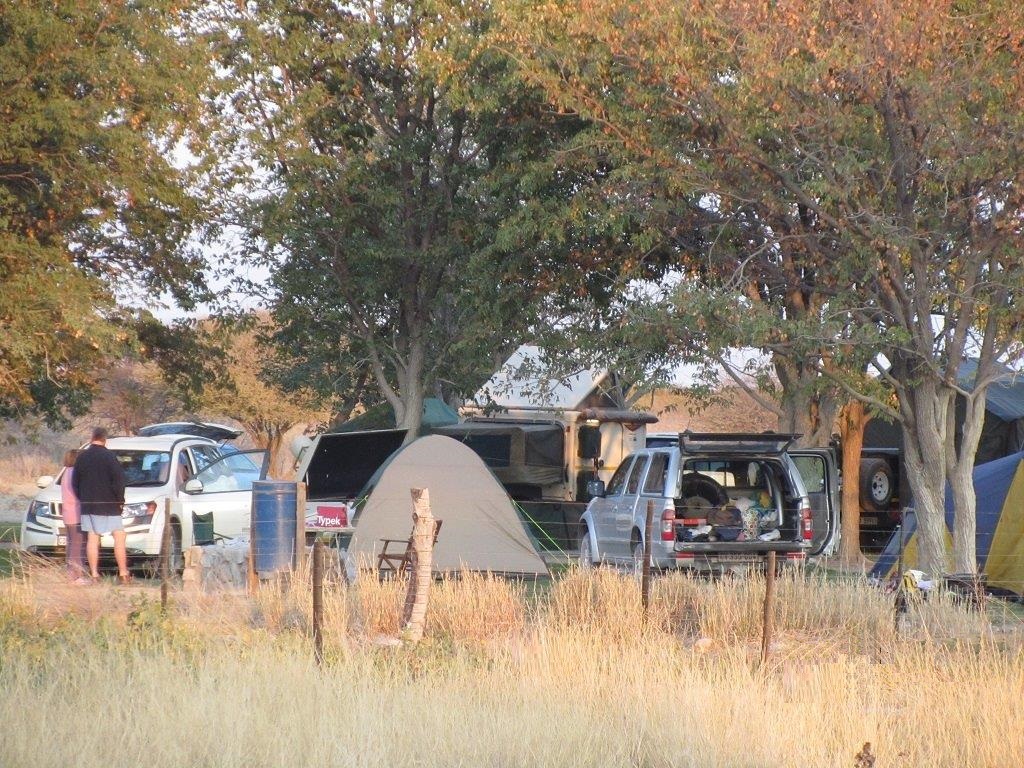
Temperaturen: die Sonne des namibischen Sommers brennt, nachts bleibt es warm oder auch mal heiß, ganz Namibia und Südafrika flüchtet an die Küste…
Regen: die Regenfälle zeigen sich in guten Jahren auch hin und wieder im Süden, während es im Norden sicher mal starke Gewitter und vereinzelte Regentage gibt, Straßen können kurzzeitig unbefahrbahr oder Furten unquerbar sein, ein 4×4-Fahrzeug ist notwendig;
Landschaften: überall dort wo es regnet, sprießen sofort Knospen und die Pflanzenwelt erwacht zum Leben, gewaltige Quell- und Gewitterwolken und durchbrechende Sonnenstrahlen tauchen die Landschaften in ganz besonderes Licht, die Landschaft wird grün…
Tierbeobachtung: Tiere sind aktiver, allerdings über das Land verteilt dadurch etwas schwerer zu entdecken, Elefanten sind in Regenzeiten und -gebieten fast gar nicht zu sehen, sie wandern ab in trockenere Gebiete um nicht auf nassen Böden einzusinken, die einfachste und komfortabelste Möglichkeit für Tierbeobachtungen hat man in den riesigen Wildtier-Reservaten…
Touristenmenge: an der Küste ist nun alles proppevoll, kurzfristige Buchungen sind fast unmöglich: nicht wegen der Touristen sondern weil alle Bewohner vor der Hitze des Landesinneren flüchten.
Abgesehen von der Küste kann man jedoch bis Ende Dezember ruhig und entspannt reisen ohne Touristenströme, im Landesinneren gibt es meist Platz in beliebten Unterkünften und auf beliebten Campingplätzen.
Wer das Risiko eingehen möchte, kann flexibel reisen ohne vorzubuchen, Unterkünfte & Campingplätze in Etosha sollten zumindest einige Tage vorher gebucht oder erfragt werden.
Ab Ende Dezember ist dann wieder Hochsaison: es sind nun die südafrikanischen Sommerferien und Namibia ist eines der beliebtesten Reiseziele für Südafrikaner. über Weihnachten und Neujahr sollte ein Jahr im Voraus gebucht werden
Reisekosten / Preise: gegen Ende des Monates häufig wieder Hochsaison-Preise
Checkliste für Namibia-Reisen
Von der ersten Idee über die gesamte Planung und Vorbereitung bis auf die Reise:
Mit unserer Checkliste für Namibia-Reisen finden Sie sicher, schnell und komfortabel die richtigen Tipps, Links und natürlich auch Angebote.
zur Checkliste
Kostenlose Zusatzleistungen bei der Automiete über Namibia Favorites
Nur bei uns finden Sie Mietwagen zu Internetpreisen und erhalten zusätzlich kostenfreien Service vom Namibia-Spezialisten:
- echte Vollkasko-Angebote für Standard-4×4 und auch für Camping-Fahrzeuge
- kostenfreie persönliche Reiseplanung & -Beratung: Empfehlungen und Tipps zu Route, Erlebnissen, Aktivitäten, Camps, Lodges und Gästefarmen
- individuelle Hilfestellung zu allen Fragen rund um Ihre Reise
Angebote anschauen
Tipps & Tricks
Safari und tierbeobachtung – im eigenen auto oder professionell geführt.
Tiere entdecken können Sie in allen Parks und in freier Wildbahn sowohl auf eigene Faust im Mietwagen als auch auf geführten Safaris. Wir empfehlen immer beides. Denn im eigenen Mietwagen haben Sie Zeit auch mal zu warten und auf den geführten Safaris haben Sie geübte Späher und spannende Geschichten an Bord.
Ganz speziell am Anfang eines Urlaubs bieten sich geführte Safaris an. Der Guide wird Sie mit jeder Menge Wissen entlassen, wo und wie Sie wilde Tiere zukünftig selbst entdecken können.
Beliebte Reise-Routen für Safari und Tierbeobachtung
Beliebte Reiserouten unterscheiden sich nur leicht in den verschiedenen Jahreszeiten. In der Trockenzeit verbringen Sie tendenziell etwas mehr Zeit im Norden, in der Regenzeit lohnt etwas mehr Zeit im regenärmeren Süden. Stark abhängig ist die Route von der Wahl des Mietwagens in Trocken- oder Regenzeit.
Beliebte Reiserouten
Namibia Favorites: Top-Service, faire Preise, sicher zur passenden Reise
Namibia-reisen & einzelne leistungen, individualreisen.
- Selbstfahrerreisen im Mietwagen oder Camper
- Privat geführte Reisen
Kleingruppen- & Gruppenreisen
- Kleingruppenreisen im Safaribus
- Geführte Selbstfahrerreisen
- Flugsafaris
Reisethemen
- Familienreisen
- Camping in Namibia
- Fotoreisen & Fotosafari
Einzelne Leistungen
Camper & mietwagen.
- Lodges, Camps, Gästefarmen, Hotels
- Camper & Mietwagen Übersicht
- Dachzelt-Camper
- Bushcamper & Wohnmobile
- Mietwagen für Lodgereisen
Reisetipps & Infos
- Buchungssituation 2023 & 2024
- Packliste für Safari & Reise
- Beste Reisezeit für Namibia
- Highlights, Sehenswürdigkeiten, Reiseregionen
- Preise & Kosten in Namibia
- Landkarten & Reiseführer
- Impfungen, Malariaprophylaxe, Sicherheit
- Reiserouten
- Lodges, Gästefarmen, Hotels
- Camping & Campingplätze
Beliebteste Beiträge bei Namibia Favorites
- Namibia-Reisen - Alle Tipps, Infos & Angebote
- Packliste Namibia - für Reise und Safari
- Familienreisen - Mit Kindern in Namibia
- Selbstfahrerreisen - Namibia im eigenen Tempo erleben
- Unser Team - Namibia-Profis für Ihre Reise
- Buchungssituation - Aktuell für Namibia - Camps, Unterkünfte, Mietwagen
- Mietwagen - Angebote & Vorteile bei Namibia Favorites
- Kosten im Namibia-Urlaub & Preise für Namibia-Reisen
- Benzinpreise und Dieselpreise in Namibia
- Sonderangebote & Specials in Namibia
- Sicher auf Namibiareisen - unsere Tipps
- Checkliste: Namibia-Reise schnell vorbereitet
- Flüge - Verbindungen nach Namibia & Airline-Risiken
- Landkarten Namibias für die Reiseplanung
- Beliebte Erlebnisse, Lodges, Gästefarmen und Campingplätze
- Namibia-Reisen selbst organisiert
Service, Tipps, aktuellste Infos und Sonderangebote
Aktuelle Reise-Bestimmungen, individuelle Tipps, neue Reisemöglichkeiten und Sonderangebote für Namibia und Botswana veröffentlichen wir auf Instagram, Facebook und in unserem Newsletter. Unsere Kunden profitieren bei allen Fragen zusätzlich von unserem persönlichen Service.
Facebook Like oder Abonnieren
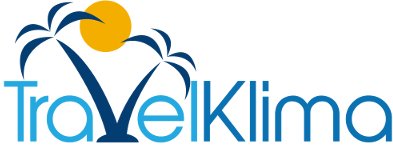
Beste Reisezeit Namibia

Übersicht Wetter / Klima

Geografische Lage
Klima in namibia.
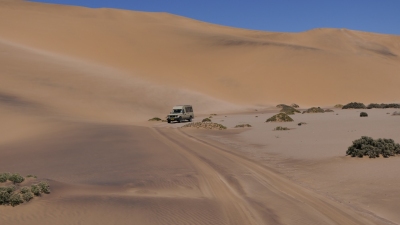
Aktuelle Angebote für Namibia-Reisen anzeigen
Beliebte Angebote
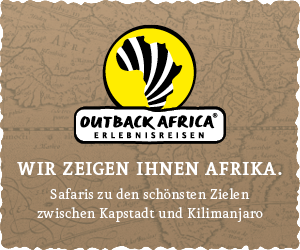
Warme Badeorte im September

Unsere Empfehlungen: Die beliebtesten Reiseangebote 2024
Beste Reisezeit Namibia: Übersicht
Wann nach namibia reisen, optimale reisezeit für die regionen, klimatabellen namibia, temperaturen, niederschlag, sonnenschein in windhuk (namibia), temperaturen, niederschlag, sonnenschein in walvis bay (namibia), temperaturen, niederschlag, sonnenschein in etosha nationalpark (namibia), klimadiagramme namibia.
Nachfolgend finden Sie die Klimadiagramme für die einzelnen Regionen.
Zudem stehen eine Reihe von Vergleichsdiagrammen bereit, mit denen Sie die klimatischen Bedingungen der Regionen schnell vergleichen können.
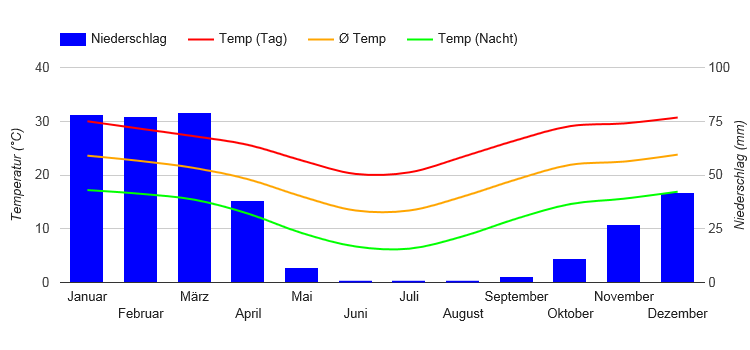
Etosha Nationalpark
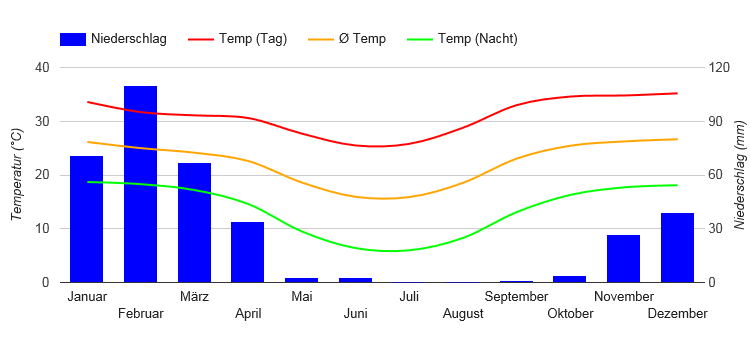
Tagestemperaturen
Nachttemperaturen, mitteltemperaturen, niederschlagsmenge, sonnenstunden pro tag.
Quelle der Daten: Deutscher Wetterdienst (Offenbach) und Wikipedia
Sehenswürdigkeiten und Highlights
Die beliebtesten aktivitäten, weitere beliebte ausflüge, namibia-wetter im september, oktober und november.
Sie wollen Badeurlaub machen? Die Wassertemperaturen liegen im September, Oktober und November zwischen 12 und 14 °C . Das Wetter ist also kaum zum Baden geeignet.
Im September regnet es je nach Region an 0 (Windhuk) bis 1 Tagen (Etosha Nationalpark) , im Oktober an 1 (Etosha Nationalpark) bis 2 Tagen (Windhuk) und im November an 3 (Etosha Nationalpark) bis 4 Tagen (Windhuk) .
Im Zeitraum von September bis November scheint die Sonne im Durchschnitt täglich zwischen 6 und 10 Stunden . Am sonnigsten ist das Wetter im September in Windhuk, mit weniger Sonne müssen Sie dagegen im September in Walvis Bay auskommen.
Aktuelles Wetter und Wettervorhersage
Wichtige Regionen und Städte

Ausflüge und Sehenswürdigkeiten
Entfernung namibia – deutschland, wo liegt namibia, kontinent: afrika, namibia-erfahrungen unserer webseitenbesucher.

viel Sonne, vereinzelt Schauer, angenehm windig, die Nächte eher schwül
Wetter-Bewertung: Schulnote 1 – Ausgezeichnet

Schoen warm und sonnig. Nur an der Kueste und beim Fish River Canyon etwas kuehl, aber sonnig.

Ich war 2015 im Oktober in Namibia unter anderem auch in der Etosha Pfanne. Ich hatte außer am Atlantik an der Roben Station Nördlich von Swakopmund Regen. Sonst blauer Himmel und viel Sonnenschein. Vom 20.12.2019 bis 01.01.2020 war ich ausschließlich in Walvis Bay und Swakopmund. Habe dort meine Tante und Cousins besucht. Ich hatte dort auch immer gutes Wetter gehabt.
Wunderbares sonniges Wetter, etwas Regen, Warm, ca. 28 Grad,Nachts ca. 15 Grad
Es war heiß, ca. 37°C, in der Etosha-Pfanne bis 40°C. Die Hitze war trocken, sodass man es gut aushalten konnte. Am Atlantik waren es ca. 19°C, was eine kleine Verschnaufpause von der Hitze war. Wir haben auch ein paar Regentropfen erlebt, die sofort verdunstet sind. An unserem vorletzten Tag kam Sturm auf, es wurde frisch und fing an zu regnen. Für die dort lebenden Menschen, gutes Wetter. Es herrscht ein absolutes Wasserproblem vor.

In der Wüste sehr heiß, an der Küste bewölkt und nebelig. Aber eigentlich immer schön warm, um die 30 Grad.

Wir hatten die ganzen drei Wochen hervorragendes Wetter. Am Tag waren die Temperaturen bei ca. 32 Grad und Nachts bei ca. 20 Grad. Einmal war in der Ferne ein Gewitter zu sehen.
Das Wetter war immer sonnig und warm. In der Nacht ein Wenig kühler.

meist warm, aber nicht schwül – gelegentliche Regengüsse – nachts in der Wüste Regen zaubert tolle Farben!
Wetter-Bewertung: Schulnote 2 – Überwiegend gut
Sehr angenehmes trocken warmes Klima. Keine Schwüle. Gute Reisezeit für eine Rundreise.

Motorradrundreise ohne Regensachen! Es war ein traumhaftes Erlebnis und auch für nicht so erfahrene Fahrer durchführbar!
jeden Tag strahlend blauen Himmel. Und eine Menge nette Leute.
Ende Dezember waren wir im Norden Namibias unterwegs, was uns vorab als denkbar schlechteste Reisezeit tituliert wurde. Tatsächlich war es extrem heiß tagsüber, aber dennoch gut auszuhalten. Als wir nach 8 Tagen in Etosha ankamen, begannen langsam die ersten Hitzegewitter und Regenfälle. Allerdings immer erst am Nachmittag, ab 15 oder 16 Uhr. Teils regnete es die Nacht durch, am nächsten Morgen war es dann wieder sonnenklar. Insgesamt hatte es nur wenige Einschränkungen für uns. Insgesamt würde ich das Reisewetter als gut bezeichnen.
Beliebte Reiseangebote
Teilen sie ihre erfahrungen und gewinnen.
Pride of Namibia

Weitere interessante Reiseziele
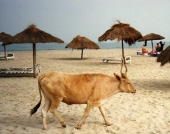
Rechtliches
- Impressum / Datenschutz
- Verbraucher-Informationen
- Bildnachweis
The best times to visit Namibia for hiking, wildlife and more

Oct 23, 2023 • 4 min read

Take advantage of Namibia's dry skies for excellent stargazing © Paul & Paveena Mckenzie / Getty Images
With its famously clear skies and abundant sunshine, Namibia is a wonderful destination at any time of year. The weather is almost always good – the ever-present sunshine is even highlighted on the national flag – and most areas of the country are accessible year-round.
Yet, depending on your interests, it’s worth putting some thought into the timing of your trip. Hiking is best planned for the cooler winter months from May to October to avoid the summertime heat, while coastal exploration is easier in the summer, from December to March, when winds are gentler and there is less fog.
Whatever draws you, plan the perfect time for your visit with this guide to Namibia’s seasons and events.

June to October is the best time for safaris and for visiting Sossusvlei
Cloudless daytime skies, clear, cold nights and almost no likelihood of rain are the hallmarks of Namibia’s wintertime, from June to October. Inland, temperatures average between 19ºC and 24ºC (66ºF to 75ºF) during the day, while from June to August, nighttime temperatures in the desert and at altitude generally sit below 10ºC (50ºF) and sometimes drop below freezing.
The cooler high season is also the dry season, so foliage is less dense and animals can be easily spotted as they congregate around scarce water sources. This is a fine time of year for wildlife watching at Etosha National Park , and safari camps fill up. On the coast, winds can be stiff and the shoreline is often blanketed by a thick morning fog, although this generally burns off before midday.
If you're thinking of scaling the dunes around Sossusvlei , June through August are ideal months, as temperatures are at their coolest and the sands not as searingly hot.
In delightful October, with winter definitively over, Namibia's jacaranda trees burst into bloom. They are especially lovely in Windhoek and the northern town of Tsumeb, where streets are shaded by lavender-hued canopies and carpeted with the fallen blossoms.

April, May and November are best for shoulder-season discounts and exploring away from the crowds
April and May are lovely times to be in Namibia. Much of the country is covered in shades of vivid green, the rains have washed away the late dry-season dust and the air is exceptionally clear. Daytime temperatures range from 24ºC to 28ºC (75ºF to 82ºF). Apart from the Easter holidays, safari camps are generally not full.
In November, daytime temperatures can exceed 30ºC (86ºF) as the thirsty land eagerly awaits the return of the rains. Wildlife watching is ideal, with plenty of animals visible, but without the crowds of July and August. Many lodges and camps in national parks and private reserves offer discounted rates. Birding also starts to peak at this time, as migrant species make their way into the region.

December to March is the best time for coastal travel and birding
Along the coast, the Namibian summer is marked by a holiday vibe, pleasant conditions and opportunities galore for a braai (barbeque). Sea breezes provide refreshing relief from the inland heat, and there is less fog and wind than in the winter months.
With the advent of the rains, birding in Etosha National Park and countrywide reaches its prime. Around February, flamingos gather by the thousands in Etosha pan to breed – a magnificent sight. While Etosha’s wildlife is widely dispersed and can be difficult to spot, the park has its own appeal at this time, with no crowds apart from the Christmas-New Year period.
Although the summer months are the wettest time of year in Namibia, downpours are mostly limited to late afternoons and evenings. Unpaved roads, especially in the far north and in the waterway-laced Zambezi region, can become difficult to traverse, but otherwise, rain does not usually interfere with travel.
Temperatures are high everywhere, especially in the far south. In the Fish River Canyon , the mercury can soar to above 40ºC (104ºF), and the canyon hiking trail is closed.
Namibian Independence Day on 21 March heralds the end of summer, as the skies clear and migrant birds prepare to depart.
Wherever you travel, keep in mind that accommodation - especially on the coast and in Etosha National Park - fills up during the December and January school holidays; advance bookings are recommended.
This article was first published Sep 16, 2022 and updated Oct 23, 2023.
Explore related stories

Jan 2, 2023 • 12 min read
Want to start planning for the year ahead? Featuring sports events, natural phenomena and more, these are 20 amazing trips to consider taking in 2023.

Aug 23, 2024 • 7 min read

Jul 18, 2024 • 7 min read

Jul 17, 2024 • 8 min read

Mar 20, 2024 • 8 min read

Feb 20, 2024 • 17 min read

Dec 8, 2023 • 4 min read

Oct 27, 2023 • 8 min read

Oct 26, 2023 • 3 min read

Oct 23, 2023 • 7 min read

How to Go on an African Safari for Less Money: Tips By Industry Experts
By Tamara Hinson
August 27, 2024
Bigger isn’t always better.
When it comes to safaris, certain destinations have an almost mythical status, but it’s worth remembering visiting these destinations can cost considerably more. “Fees charged by larger national parks can swallow a lot of your budget,” says James Haigh, head of sales at Lemala Camps and Lodges . “If seeing big-ticket destinations like the Serengeti or Maasai Mara isn’t essential, consider smaller parks [with lower entry fees] such as Tarangire, Manyara, Arusha in Tanzania [pictured above], or Tsavo, Meru, or the Aberdares in Kenya.”
Spend money on what matters.
Yes, you might dream of sipping sundowners in an elegant lodge with a bar carved from Zambian granite before dozing off under cotton sheets with 3,000 thread counts in a décor of artfully stage-managed antique trunks. But will these things make those all-important animal sightings more likely? In reality, they’ll simply push up the price tag. “Think about it. You get up in the morning, go out on a game drive for most of the day, come back, have a shower, a sundowner, dinner, chit chat, and go to bed,” says Alan Feldstein at Infinite Safari Adventures . “How much time did you really spend at that expensive lodge? Camps and lodges with comfortable beds, hot showers, and toilets that flush are all that you need.”
Understand national parks vs. wildlife reserves.
When it comes to safaris, wildlife reserves, which are mostly located in South Africa and can be privately owned, might well be cheaper due to their accessibility, but bear in mind that the overall experience is likely to be different. “Private reserves are primarily located in South Africa and they’re just that: private,” says Feldstein of Infinite Safari Adventures. “That means that there are no other vehicles in the reserve except for those owned or permitted by the reserve owners. But it also means that there are limits to what you will see. Reserves are typically fenced in and have limited amounts of wildlife. More vehicles are allowed inside national parks, but there’s more open space to view wildlife and you never know what you are going to see. Quite simply, [national parks] are wilder. And some of the great spectacles, like the Great Migration, are found only in national parks.”
Stay loyal.
Combining multiple lodges operated by different owners can quickly push up costs, so as you travel Africa in search of sightings, don’t be afraid to ask what perks might be available if you stick with lodges owned by the same company. “Always ask your agent if there are any long-stay discounts available if you book several properties from the same property brand,” says Haigh of Lemala Camps and Lodges. It’s also worth asking if your operator can access any “3-for-2 nights” deals. These are becoming increasingly common, because growing numbers of travelers are opting to combine multiple destinations in one trip and lodge owners are keen to hold onto customers.
Plan your trip far ahead.
Being an early bird reaps rewards when it comes to safaris. Bear in mind you’re not booking a hotel with hundreds of rooms. Most safari lodges and camps accommodate fewer than 30 people in a maximum of 10 or 11 tents, so they sell out quickly. “Booking early can provide access to early bird discounts, and you can save as much as 10 to 20 percent,” says Greg Fox, co-founder of Mahlatini Luxury Travel . “Booking early also guarantees you access to the most sought-after locations before the demand increases and pushes prices up even further.”
Always use an agent.
Booking directly with a hotel in Europe or the U.S. might reap rewards, but with safaris, a trusted travel agent can save you huge amounts of cash—and provide peace of mind, too. “Booking through a single source agent will save time and ultimately money, with another hidden benefit being that, while you’re enjoying your safari, the agency is monitoring your journey, anticipating cancelled flights, missed transfers and any other event that the direct booker wouldn’t be aware of,” says Warren Green, founder of Warren Green & Associates , which helps safari destinations market themselves to travelers. “Agents have your back.” On safari, you'll spend long periods in the bush without a phone signal, so it pays to have someone else minding the overall picture.
Choose your transfer carefully.
Yes, stepping out of the airport into an air-conditioned four-wheeled drive stocked with bottled water and snacks might be lovely, but it’s another perk which can push up the price. And light airplane journeys over the African savannah might provide the perfect opportunity selfies, but are they really worth the added cost? Bear in mind the cost of a chartered flight typically starts at around $450 for a two-hour transfer, so traveling via road or visiting lodges which are closer together, might be more affordable choices. Unless your lodge or camp is truly remote, always ask about the cost of a road transfer, and ask whether it's advisable to opt for a local taxi company rather than the lodge’s chauffeur-driven vehicle.

On a Budget? Not Botswana
Botswana (pictured above) is a bucket list safari destination for many, and don’t get us wrong—its wetlands make it a truly spectacular place. But it’s also Africa’s most expensive safari destination. Numerous factors push up the cost of a safari here. Botswana has a small population and a high GDP per capita thanks to its mineral wealth, so it doesn’t need mass-market tourism as much as neighboring nations do. “Botswana has deliberately followed a low-volume, high-value model, which means they have an abundance of private concessions offering very exclusive stays,” says Mike Kelly, co-founder of Coral Tree Travel , a tour operator specializing in Africa. “Safari operators have created expensive accommodation options to market to the super wealthy.”
Know each country's peak timing
Always remember that the best time to visit one country isn’t necessarily the best time to visit another. Some examples? “Zimbabwe and Zambia offer excellent value from late October to May,” says Sunit Sanghrajka, founder and CEO of Alluring Africa . “Kenya’s rainy Season [April to May] is also a winner.” A word of warning? “Botswana in peak season is now officially the most expensive destination between July and September,” says Sunit. “Many camps are now charging between $4,000 and $6,000 per person per night.”
Don’t dismiss rainy season.
Dry season is traditionally the most popular time to go on safari, but trust us: When you’ve spent three hours under the baking sun waiting for a lion to wake up from his afternoon nap (it’s not just humans who need siestas on hot days), you’ll realize why the dry time is not necessarily the best time for a safari. Pauline Frommer says that even though foliage tends to be thicker during the rainy season, which may require more effort from you to spot animals, the wet season also tends to be a good time to spot baby animals.
Assume everyone will pay the adult price.
Bear in mind that in terms of pricing, not all operators differentiate between children and adults, and when they do, there’s little common ground when it comes to the age when a child is deemed to be a grown-up. “As far as families are concerned, not all operators apply child rates to the same ages,” says Kelly of Coral Tree Travel. For this reason, never assume that your children will be entitled to reduced rates.
Avoid booking sites.
We’ve mentioned the advantages of using an agent, but a final word of warning: Be aware that safaris that are booked using mass-market travel websites are likely to be very different to ones booked with a specialist agent. “These sites are for people looking for budget options over a vetted experience,” says Jessica Parker, Travel Advisor at Trip Whisperer . “You have to be willing to go along with a bunch of other people, and it’s always a little riskier with the quality.” Finding out exactly who to contact if things go wrong can also be incredibly tricky, partly due to the way these companies often subcontract smaller operators.
Don’t rely on last-minute availability.
Years ago, bargain hunters could occasionally bag a great deal by simply turning up in cities such as Johannesburg or Cape Town (in the latter, Long Street was once lined with independent travel agents) and attempting to snap up a last-minute deal. Sadly, those days are over. Safaris simply became too popular. Several safari operators told us that camps and lodges typically sell out months in advance now, effectively eliminating the once-thriving market for last-minute spots. As one expert told us, the rules are different now: “It’s probably not a great idea to just try your luck.”

- All Regions
- Australia & South Pacific
- Caribbean & Atlantic
- Central & South America
- Middle East & Africa
- North America
- Washington, D.C.
- San Francisco
- New York City
- Los Angeles
- Arts & Culture
- Beach & Water Sports
- Local Experiences
- Food & Drink
- Outdoor & Adventure
- National Parks
- Winter Sports
- Travelers with Disabilities
- Family & Kids
- All Slideshows
- Hotel Deals
- Car Rentals
- Flight Alerts
- Credit Cards & Loyalty Points
- Cruise News
- Entry Requirements & Customs
- Car, Bus, Rail News
- Money & Fees
- Health, Insurance, Security
- Packing & Luggage
- -Arthur Frommer Online
- -Passportable
- Road Trip Guides
- Alaska Made Easy
- Great Vacation Ideas in the U.S.A.
- Best of the Caribbean
- Best of Mexico
- Cruise Inspiration
- Best Places to Go 2024

Written by: Colin on 27 August 2024
Should I travel to Namibia or South Africa? What are the similarities and differences?
- Travel Tips

Whether you go to Namibia or South Africa, both are popular travel destinations, especially for first-time visitors to Africa. Choosing between them can be challenging, but this blog will share our experiences to make your decision easier.
Table of Contents
An overview of Namibia vs South Africa as a travel destination
Namibia and South Africa share a border and have many similarities, as well as some key differences.
The two countries are vast, with South Africa being 3.4 times larger than Germany and Namibia being 2.6 times larger. Both have thriving tourism industries that allow visitors to explore beautiful scenery and spot the Big Five. Additionally, they have well-established infrastructure, a broad range of accommodations and provide quality medical services if the unlikely need arises.
Even though both countries experience the southern hemisphere’s winter and summer seasons, South Africa has a more diverse and temperate climate. Namibia is the driest country in sub-Saharan Africa. December to February in Namibia can be hot, making July to October the best time to visit.
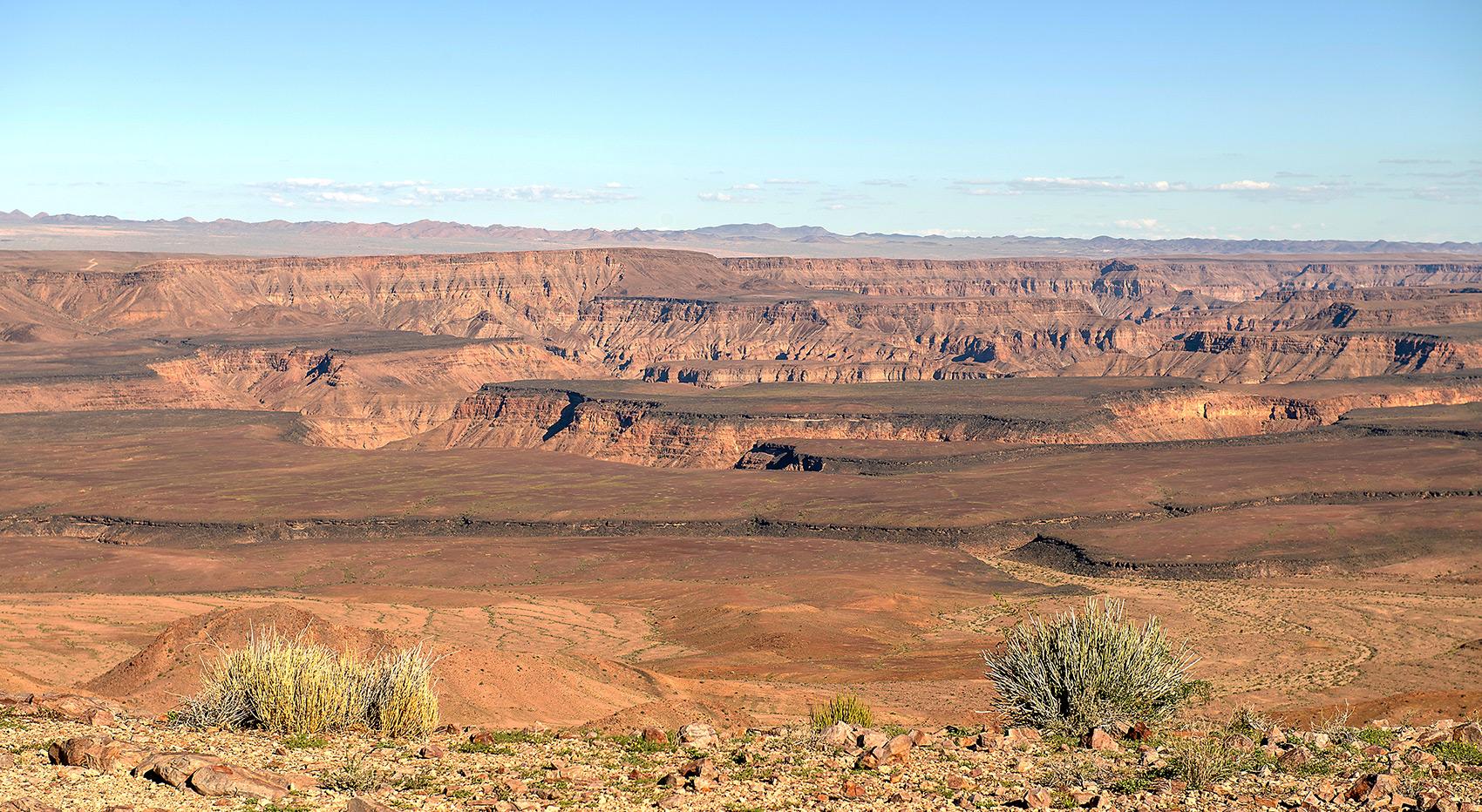
Namibia is home to unique and spectacular landscapes dominated by the Namib and Kalahari deserts. It is known for its stunning natural beauty. With a population of 2.6 million, the landscapes feel devoid of people compared to South Africa. This offers a chance to find solitude and witness rarely-seen desert-dwelling wildlife. From ship wrecks to ghost town and the colonial past, the coast offers a uniquely Namibian experience. Etosha National Park is the main safari destination in the country.
South Africa offers a range of activities including safaris, food and wine, city trips, a picturesque coast line, as well as hiking. Between the two, South Africa is arguably a more classic wildlife destination with different game reserves in closer proximity.
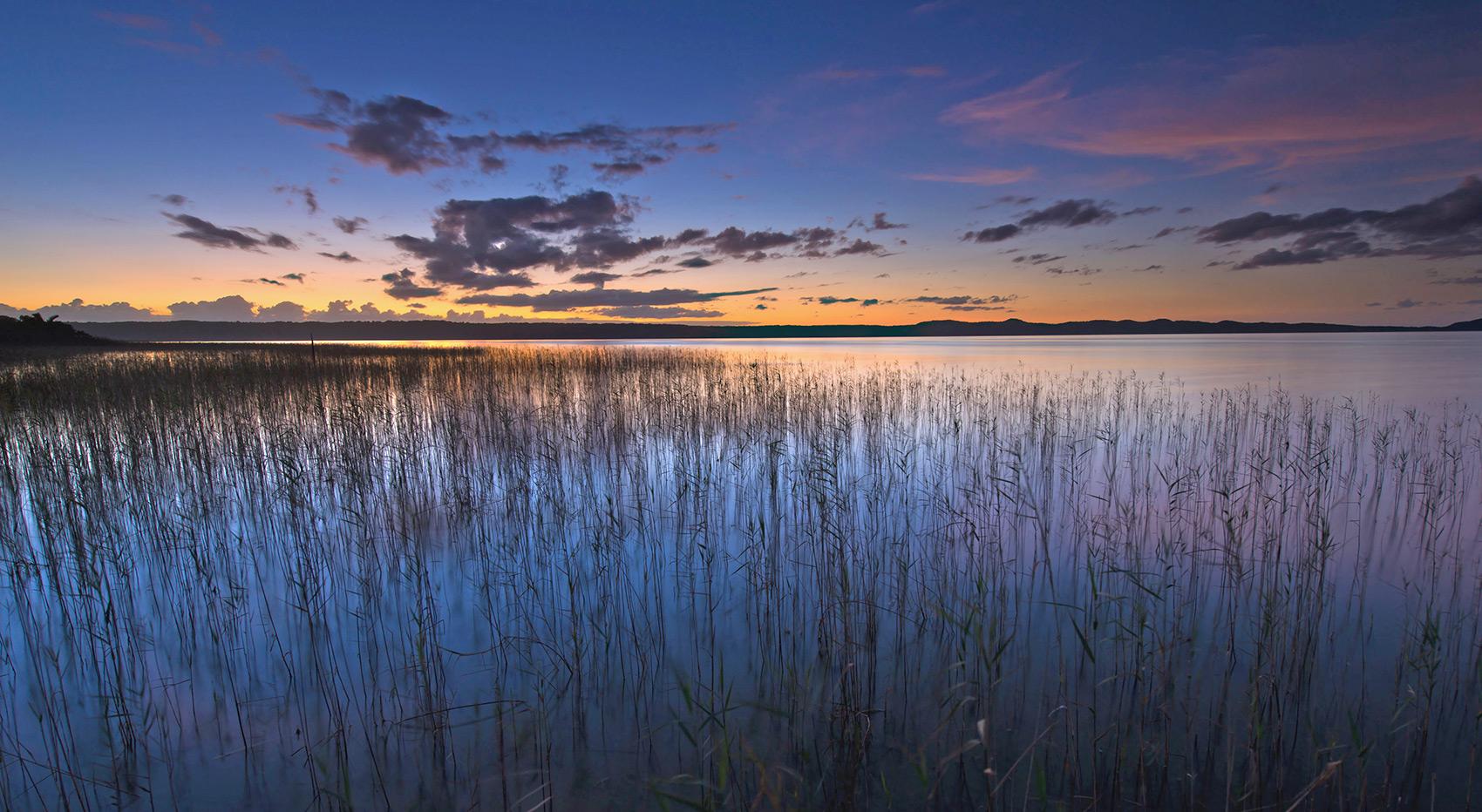
In Namibia, demand for accommodation can outweigh supply in the high season, while in South Africa, accommodation is more plentiful, making it a slightly cheaper destination.
Despite many similarities, traveling to South Africa offers a wider range of experiences at a slightly lower cost. On the other hand, visiting Namibia allows you to escape from the rest of the world and experience truly magnificent landscapes and wildlife.
Would you like to know more about traveling in Namibia? Just get in touch with us!
Types of travel in Namibia and South Africa
Wether you go to Namibia or South Africa, both countries offer guided and self-drive tours . Guided tours are an excellent option if you prefer to leave the driving to someone else. Expert guides drive you safely to the destinations on your itinerary, and their knowledge of the history, people, country, and wildlife will give you a richer experience. Moreover, our guests often say that our guides were a highlight of their experience.
Book a private tour with us and choose your own dates, destinations, and companions. Or join an intimate guided-group tour with scheduled dates and destinations available year-round.
Self-driving in South Africa is slightly easier as most roads are tarred, reducing the risk of punctures. As a result, South Africa may be the better option for first-time drivers in Africa with little mechanical experience. Nonetheless, Namibia has excellent roads with little traffic, but long sections of gravel roads increase the risk of punctures, so knowing how to change a tyre is essential. However, Namibia’s reliable car rental agencies, friendly people, superb places to stay, and good safety record make it one of Africa’s best self-driving destinations.
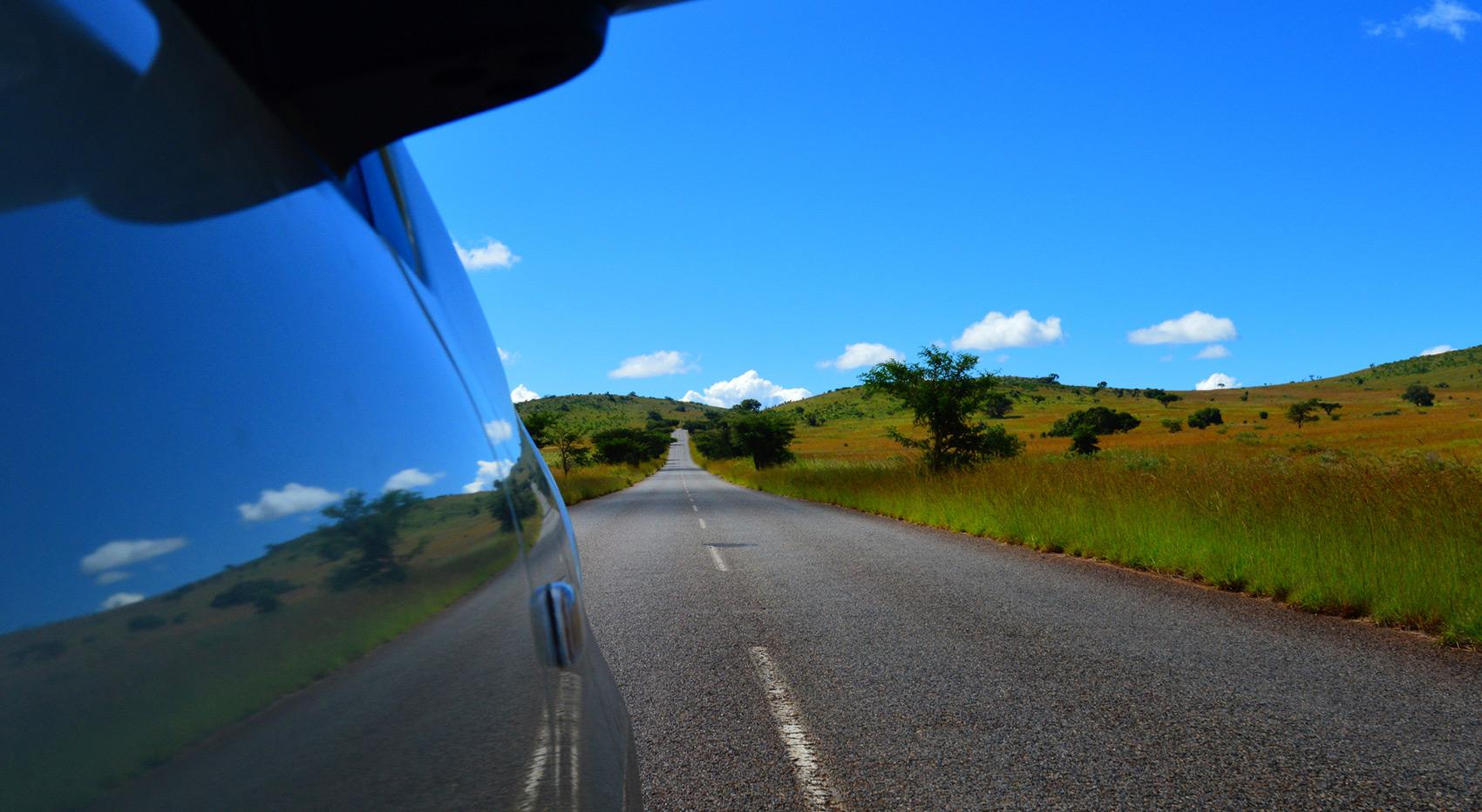
Types of accommodations
Both countries offer a diverse range of accommodation to suit your preferences. Namibia offers a wide range of accommodation options, including basic lodges, camping facilities, and luxury options. In coastal towns such as Swakopmund or Luderitz, you can opt to stay in cosy guest houses, or if you are traveling with children, farm stays offer fun and entertainment for the whole family. In the high season, demand for accommodation can exceed the supply, so it is essential to book early.

South Africa offers multiple accommodation options, from budget-friendly bed and breakfasts to luxurious safari lodges. Moreover, increased availability allows for slightly lower prices and the opportunity to make last-minute bookings.
Thanks to the added personal touch at owner-operated accommodation, you can expect excellent hospitality in both countries. Contact one of our country experts for a no-obligation conversation; they can help you book the perfect places to stay.
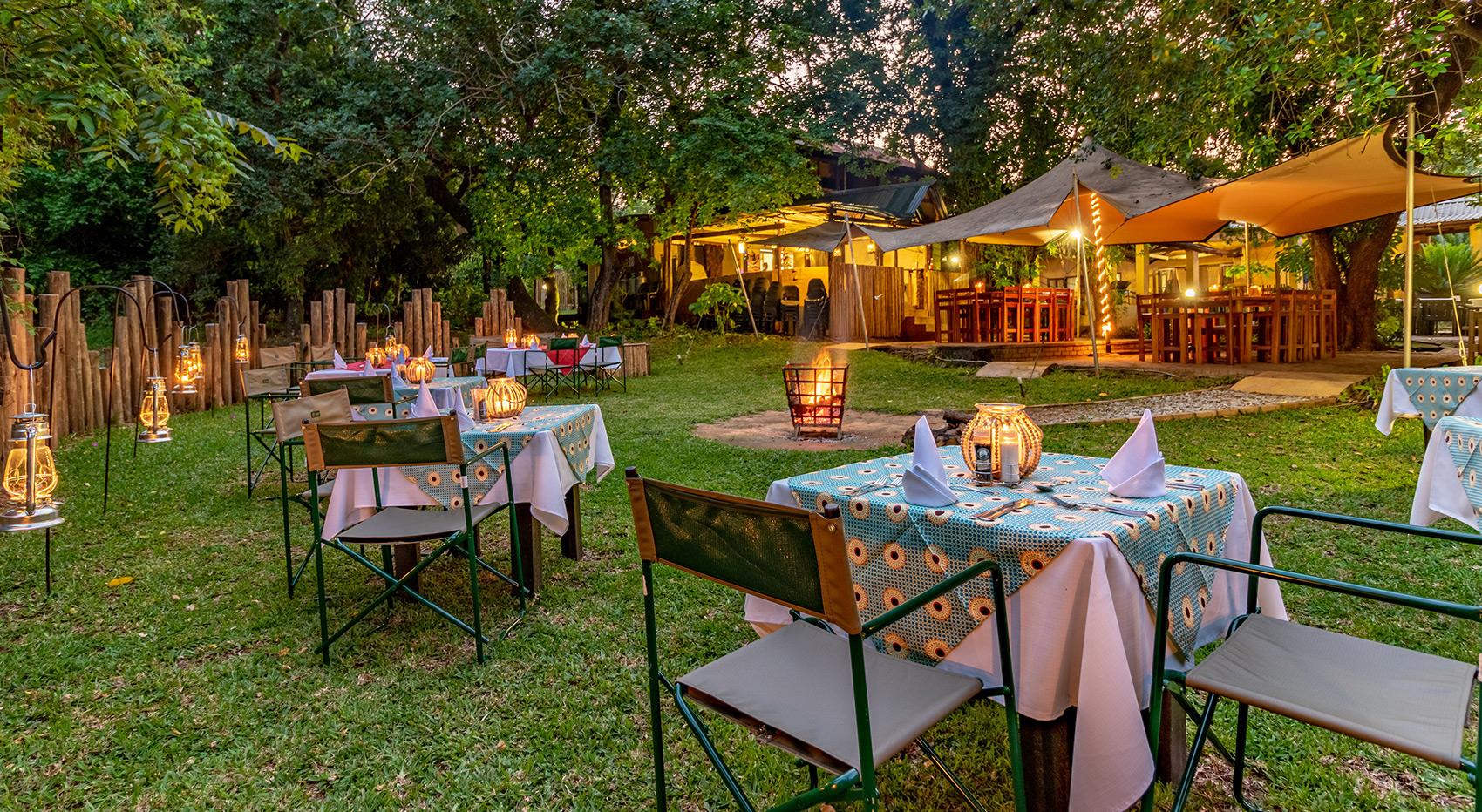
Wildlife experience Namibia vs South Africa
Excellent wildlife viewing is possible in Namibia and South Africa, with the chance to see the Big Five and more. True nature enthusiasts will love discovering Namibia’s desert-adapted wildlife.
Is Namibia or South Africa better for a safari?
Below, we share an overview of South Africa and Namibia safari destinations. However, for a comprehensive list of the best places to visit, please refer to our Namibia or South Africa guides. Moreover, to learn when the best times for wildlife spotting are, read our best time to visit Namibia and South Africa webpages.
Despite the best wildlife destinations being spread far apart, Namibia offers unique wildlife experiences. The main attractions are Etosha National Park where you can see four out of the Big Five as well as the Damaraland , where you can take in stunning scenery and observe desert-dwelling wildlife. Further northeast, the exceptional parks of the Caprivi Strip (Zambezi Region) provide opportunities to spot the last member of the Big Five, the buffalo, and so much more. In Swakopmund , you can observe small species that have evolved to thrive in the Namib Desert. Luderitz offers the chance to see Atlantic Ocean wildlife when you kayak out to sea, and you may also spot wild horses on land.
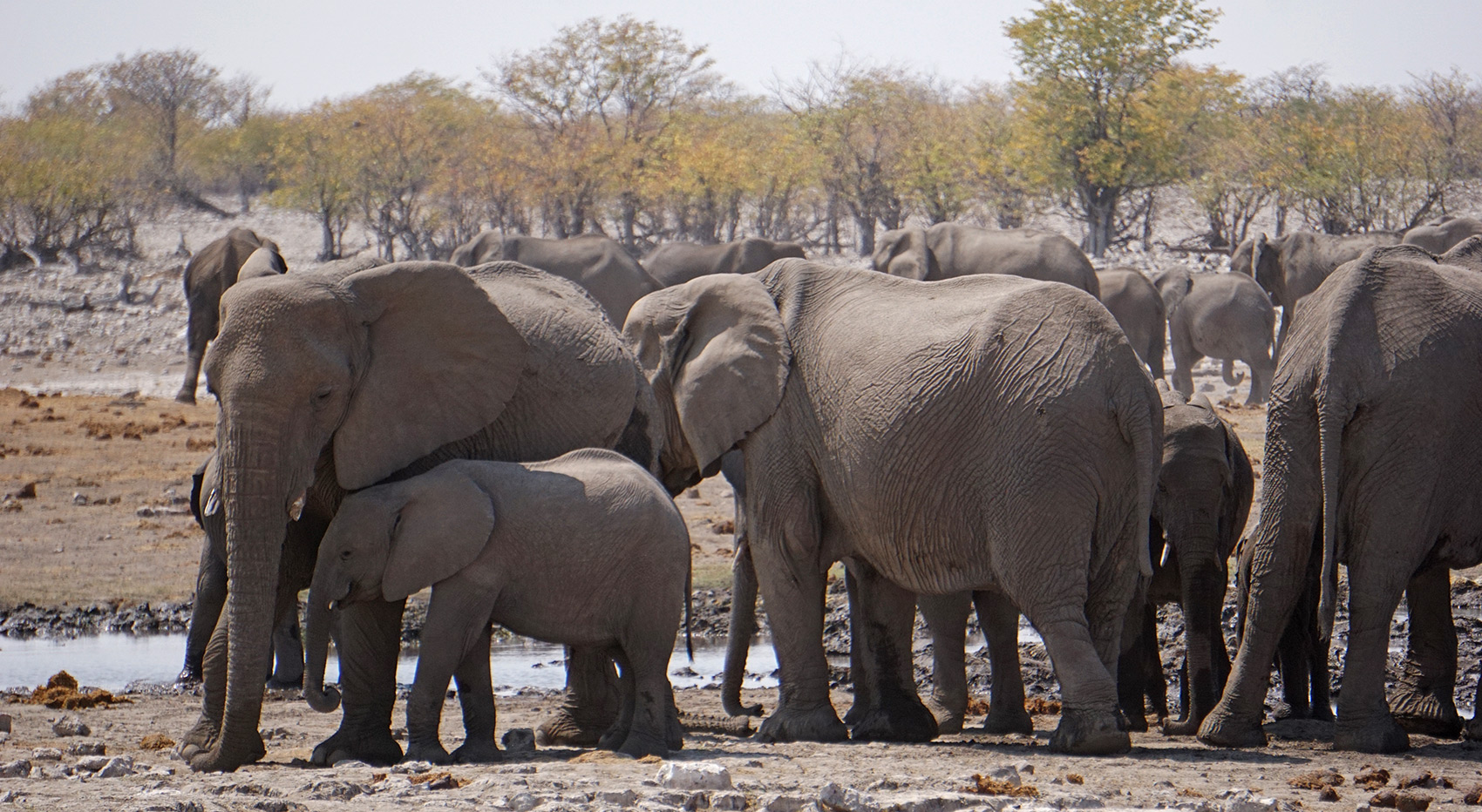
South Africa’s best safari destinations are found in the east. Along the Mozambique border lies Kruger National Park, South Africa’s most famous park . When combined with visits to Addo Elephant National Park and Hluhluwe Game Reserve, you’ll see an array of wildlife and birds. Finally, visit the Isimangaliso Wetland Park, a UNESCO World Heritage Site,to complete the ultimate safari in a stunning wetland ecosystem home to an array of wildlife and abundant birdlife.
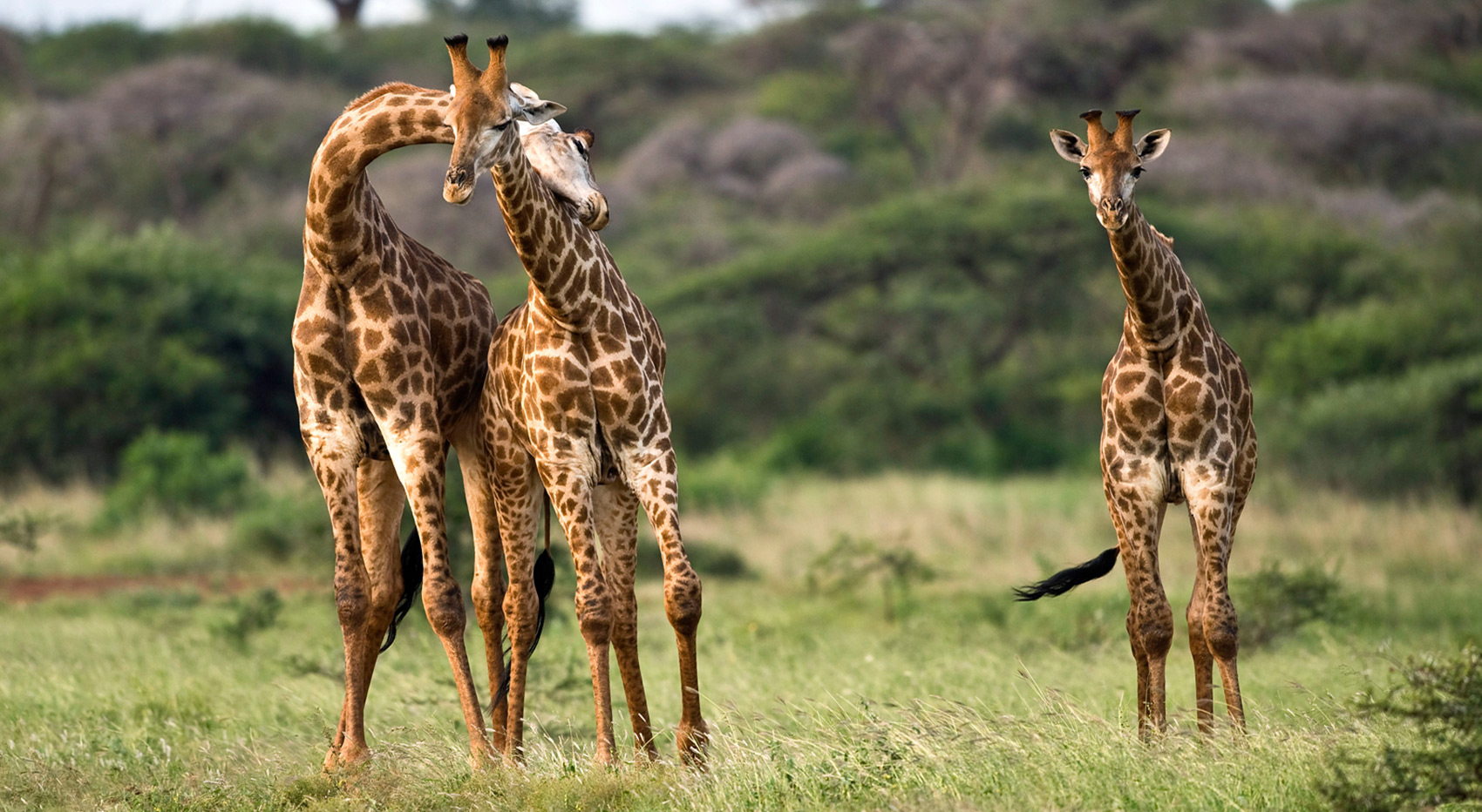
Safari vehicles
With reliable car rental companies and good road networks, South Africa and Namibia are ideal self-driving destinations. Consequently, it is possible to hire 2x4s and 4x4s to explore parks like Namibia’s Etosha National Park and South Africa’s Kruger National Park. However, understanding animal behavior can be complex and unpredictable, so it’s essential to maintain a safe distance from wildlife.
Guided safaris are safe, and knowledgeable guides can reveal the secrets of nature, providing an opportunity to learn more about wildlife. Depending on the group size, there are different safari and tour vehicle options in Namibia. In South Africa, we make use of Mercedes Sprinter vehicles.
Two of our favorite Namibia safaris:

Fascinating Namibia
Places Windhoek, Kalahari, Namib Desert, Swakopmund, Erongo Mountains, Damaraland, Etosha National Park, Waterberg Plateau
from 63,000 NAD person sharing a double room

Namibian Explorer
Places Namib Desert, Swakopmund, Skeleton Coast, Damaraland, Etosha National Park
from 30,800 NAD (based on 6 persons)
Cost of traveling in Namibia vs South Africa
Namibia as well as South Africa are generally less expensive than travelling in neighbouring Botswana or East Africa. The tourism industry in South Africa is well-developed, and plenty of accommodation options are available. As a result, booking places to stay, dining out, and renting a vehicle tend to be slightly cheaper compared to Namibia. Additionally, it is easier to find last-minute availability in South Africa. However, one similarity between the two countries is the cost of entering national parks, which is comparably cheap
Namibia’s establishing tourism industry offers an authentic experience away from the bustling world. While visiting Namibia may be a little more expensive, the memories are what truly matter. The price difference between South Africa and Namibia is not that big. Hence, try to prioritise the experience you are looking for when choosing between Namibia and South Africa. Our country experts will help you plan experiences in both countries to meet your budget.
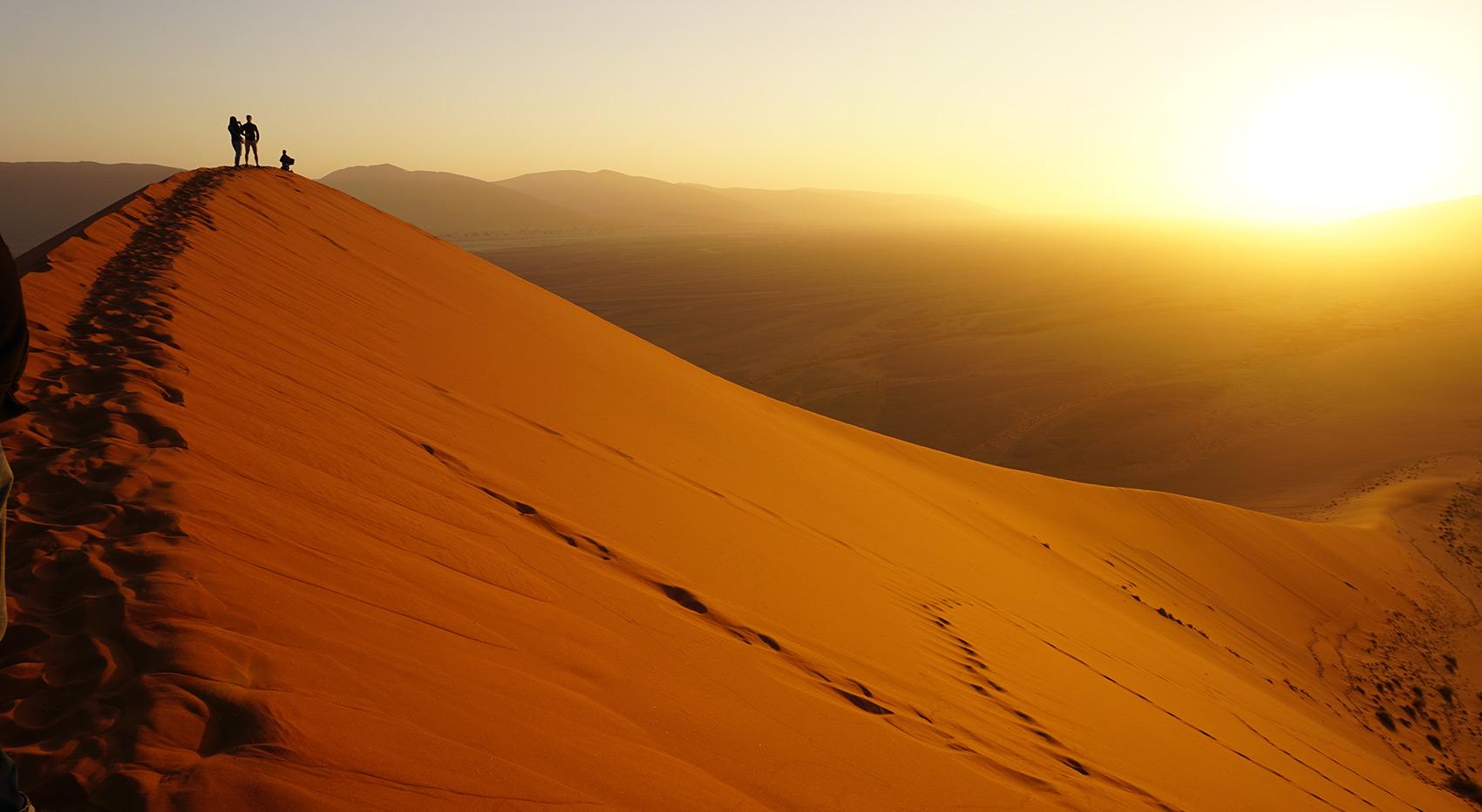
Best Time to visit Namibia or South Africa
South Africa and Namibia are great year-round destinations, but some planning is required to maximise your experience.
The best time to visit Namibia is during its dry season, from May to October. Temperatures are cooler, perfect for desert exploration and wildlife viewing at places like Etosha National Park. However, it is the high season, and higher prices apply. From November to March (the low season), the rainy season brings high temperatures and increased rainfall, turning the northeasterly landscapes green. April to May is the shoulder season, with slightly lower temperatures and prices.
The best time to visit South Africa varies by region and climate. For Cape Town, the Garden Route, and Western Parks, visit from October to March for dry and warm weather. Due to cold weather, April to September is less ideal; however, prices are lower. The best time for the eastern Kruger National Park and neighbouring parks is from May to September, known as the dry season, as this period offers the best wildlife spotting conditions. October to April is the wet season and coincides with school holidays, resulting in busier parks.

Accessibility: Namibia vs South Africa
Getting to South Africa from Europe is easy with direct and one-stop flights to Johannesburg and Cape Town International Airports. For Kruger National Park and the eastern parks, fly into O.R. Tambo Airport (JNB), and for Cape Town or the Garden Route, use Cape Town International Airport (CPT).
There are direct flights from Europe to Hosea Kutako International Airport (HKIA/WDH) in Namibia’s capital Windhoek as well. However, the number of airlines and frequency of flights is not as high as to South Africa. Hence, while both countries are within easy reach from Europe, it is even easier to get to South Africa than to Namibia.
Cross-border safaris between South Africa and Namibia are possible. Still, many travellers opt for a short flight between the two countries to continue their adventure and avoid the long drive.

Other experiences: Things to do in Namibia and South Africa
Namibia and South Africa offer great trekking options. In South Africa, you can hike the Drakensberg Mountains or the Wild Coast. In Namibia, you can enjoy the 3-day Tok Tokkie Trail in the Namib Desert or join our 14-day Footprints in Namibia tour.
Both countries boast long stretches of beaches. In South Africa, the warm Indian Ocean along the KwaZulu-Natal Wild Coast is perfect for diving, surfing, and long walks along white beaches. In Namibia, the coastal town of Swakopmund is famous for its beautiful beaches, stunning sunsets, laid-back atmosphere, and fresh seafood. However, the ocean here is chilly and you should not expect a tropical beach retreat.
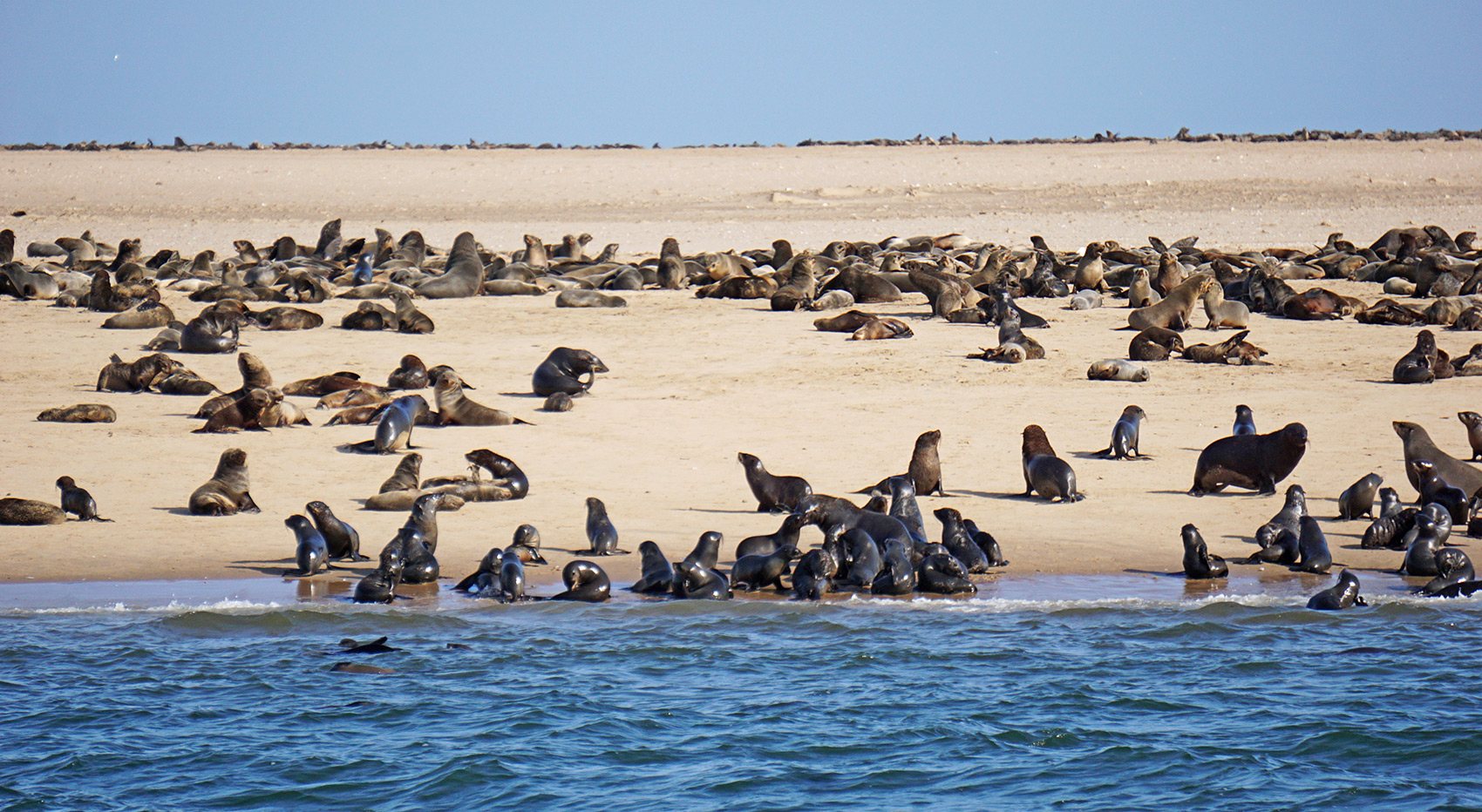
South Africa and Namibia offer rich cultures and historical sites to explore. South Africa has 20 ethnic groups and numerous historical sites, including the well-known Robben Island. Namibia is home to 23 cultures, including the Himba and San People. Their ancestral rock art can be observed at Twyfelfontein and Brandberg Mountain.
In Namibia, you can enjoy a hot-air balloon safari over the Sossusvlei Dunes and stargazing in the desert. South Africa is great for wine and food tours and numerous water sports.

Summary – which is a better fit for me, Namibia or South Africa?
In summary, South Africa offers a wide range of activities, slightly lower prices, and shorter driving distances between parks. On the other hand, Namibia is a unique destination with a spectacular old-world feeling and offers desert environments unlike anywhere else on Earth. If Namibia is your dream destination but you have a limited budget, consider travelling during the shoulder season for lower prices.
You are still wondering whether you should travel to Namibia or South Africa? After many years of experience, we are here to help you make your decision and make your dream safari come true! Get in touch with one of our country experts for a no obligation chat and let us help you make your journey a reality.
You may also like

Self-drive tour in Namibia: tips you should know before you hit the road
We share useful tips for your Namibia self-drive tour: which vehicle to choose, what to pack & more!

Where can you see Desert Elephants in Namibia?
The desert elephants of Namibia are a unique phenomenon. Find out how they arrived here and where you can still see them today.

When is the best time to travel to Namibia?
When the best time to travel to Namibia is depends on what you want to do and see. Our guide helps you find the best time to travel for you.
- Niedersachsen
- Verbraucher
Niedersachsen beherbergt eines der größten Tierreservate Europas
Stand: 22.08.2024, 10:14 Uhr
Von: Momir Takac
In Niedersachsen ist eines der größten Tierreservate Europas zu finden: Der Serengeti-Park Hodenhagen, der eine aufregende Safari mit Adrenalinkicks verbindet.
Hodenhagen – Der Serengeti-Park Hodenhagen ist nicht nur ein toller Freizeitpark, sondern auch eines der größten Tierreservate Europas. Ende Mai feierte der Park 50. Geburtstag, mit einem bunten Programm für Besucherinnen und Besucher. Doch was macht die Attraktion in Niedersachsen so besonders?
Serengeti-Park Hodenhagen eines der größten Tierreservate Europas
Es ist wohl die Mischung aus Tierpark und Freizeitpark, die den Serengeti-Park so besonders macht. Auf einer Fläche von 220 Hektar können in dem Tierreservat 1500 exotische Tiere hautnah erlebt werden. Die wilden und exotischen Tiere erwarten die Besucher in 17 Freigehegen.
In der dazugehörigen Vergnügungswelt finden sich mehr als 100 Attraktionen, Fahrgeschäfte und Shows für die ganze Familie. Im vergangenen Jahr hieß der Park zum ersten Mal mehr als 700. 000 Gästen willkommen. Zuletzt hatte dort auch ein entlaufenes Känguru eine dauerhafte Bleibe gefunden.
Serengeti-Park Hodenhagen setzt sich für Artenschutz und -erhaltung ein
Doch der Park stellt die Tiere Besuchern nicht nur zur Schau, er setzt sich auch für Artenschutz und -erhaltung sowie Biodiversität und Nachhaltigkeit ein. Dazu gehören etwa Zucht und ein Engagement als außerschulischer Lernort im Bereich „Bildung für nachhaltige Entwicklung“. Die Tiere kommen heute aus Gefangenschaft nach Hodenhagen.
Wie der Park auf seiner Homepage schreibt, gilt die besondere Aufmerksamkeit der Zucht und dem Arterhalt vieler vom Aussterben bedrohter Tierarten. Demnach seien dort seit der Parkgründung 1974 mehr als 40 Breitmaulnashörner geboren worden. Ein Highlight war 1996 die weltweit erste Auswilderung eines in Europa gezüchteten Breitmaulnashorns, das im Etosha Nationalpark in Namibia eine neue Heimat fand.
Lesen Sie auch

Eröffnung von neuer Achterbahn „Gozimba“ verzögert sich
Der Serengeti-Park Hodenhagen, der durch das Hochwasser zum Jahreswechsel massiv bedroht war, ist damals von Paolo und Lia Sepe ins Leben gerufen worden. 1997 übernahmen deren Kinder Veronica und Fabrizio Sepe gemeinsam mit Cousin Giovanni die Geschäftsführung. Seit April 2017 ist Fabrizio alleiniger Inhaber, seit Oktober 2020 auch alleiniger Geschäftsführer des Parks.
Die Sepes entwickelten den Park immer weiter, machten ihn attraktiver. Für 2024 plane Sepe, eine U-Boot-Safari ins Leben zu rufen, schreibt das Portal freizeitpark-welt.de . Auch soll der Serengeti-Park künftig auch im Winter seine Pforten öffnen. Geplant war für den Sommer 2024 auch die neue Achterbahn „Gozimba“, doch die Eröffnung verzögert sich. (mt)
Auch interessant

COMMENTS
Namibia in October. Copied to clipboard! October gets very hot and dusty in Namibia, though it's still an excellent time to visit Etosha for safari in terms of dry landscapes and easy wildlife spotting. This is the best month for spotting Southern Right, Humpback, and Minke whales as they pass through the Atlantic Ocean near Walvis Bay.
Namibia Reise im Oktober. Der Oktober ist der erste Sommermonat in Namibia und Safari-Reisen sind von Hitze und Trockenheit geprägt. Der größte Teil, der in den Wintermonaten erblühten Landschaft, ist nun vertrocknet und ermöglicht dadurch einen guten Blick auf die Wildtiere Namibias.. Darüber hinaus finden im Oktober zwei der bekanntesten und größten Feste des Jahres statt, die ...
A legacy of Namibia's German colonial days, Oktoberfest draws a predominantly German-heritage crowd to the capital in late October, who don lederhosen and dirndls and quaff steins of beer, accompanied by foot-stomping music. Traveling to Namibia in October? Check out this great itinerary. Namibia & Botswana Safari Road Trip - 14 Days. In two ...
SafariBookings Experts. October is a good time for a safari in East or southern Africa. Although it can be very hot, the wildlife viewing in Botswana, Zambia and Namibia is fantastic in October. In South Africa, this shoulder month brings lovely weather; perfect for a holiday here. It's also the end of the Dry season in Kenya and Tanzania.
Best time to go on safari in Namibia. As with the rest of Southern Africa, Namibia experiences summer between November and March and winter from May to August. From August temperatures keep rising until October when the first rains start to arrive in the northern areas, followed by large amounts of rain and occasional flash-flooding.
1. Africa's natural art gallery. Namibia requires time. It's one of the world's most sparsely populated countries and it's difficult getting around. There's virtually nothing other than wilderness. Even a town that's signposted for 500 kilometres passes by in the blink of an eye. Most of the land is inhospitable.
We plan our adventures for Namibia's best seasons, when wildlife viewing is at its peak. The "dry" season (April-September) is the most popular time of year, when daytime temperatures are in the mid-70sºF and wildlife viewing is at its peak as waterholes attract a vast array of animals. We also highly recommend the "green" season ...
Compare 236 Namibia safari tours offered by 31 specialized tour operators. Find the best deals using the largest marketplace for African safaris. Best price guarantee! Menu. Safaris & Tours. Botswana (577) Congo (DRC) (30) Eswatini (16) Ethiopia (142 ...
Camping Adventure Kaokoveld. Places Khomas Highland, Etosha National Park, Kunene River & Ruacana Falls, Epupa Falls, Hoanib Valley, Palmwag Concession, Brandberg, Erongo Mountains, Spitzkoppe. 14 Days. from 48,500 NAD (based on 6 persons) Many outdoor activities.
Trek the iconic Fish River Canyon. By Melanie van Zyl. Namibia's Fish River Canyon is a staggering geological masterpiece in the /Ai-/Ais Richtersveld Transfrontier Park, shared by Namibia and South Africa. The main viewpoint and information centre are worth a visit for an epic sunset if it's on your route, but to truly escape the tourists ...
There's a certain timelessness to Namibia - a country where ancient rocks cast long shadows, and the wind sweeps away sandy footprints. Where shipwrecks gracefully rust into obscurity, and desert-adapted elephant seek secret springs. That said, climatic variations can have a bearing on the best time to visit Namibia on safari. BEST TIME
Although the main holiday months are July and August, October's game viewing makes it a very popular time for safari travellers. Islands like Zanzibar, the Seychelles and Mozambique's Bazaruto Archipelago are superb in October, making a combined bush-and-beach vacation an irresistible choice. 1. Northern Serengeti and the Masai Mara.
Day 6 Sossusvlei Desert Lodge in the NamibRand Nature Reserve. The name says it all: Namibia's three big destinations on one simple fly-in itinerary plus great accommodation and 10 well-paced days to do it all in. Private settings and romantic, luxurious camps mean that this is a great tour for romantic travellers and safari-goers looking for comfort while off the beaten path.
Namibia 4x4 Car Hire. Choosing the right 4×4 for your Namibian safari is one of the more important decisions to make before arriving. Our wide range of 4×4 rentals gives you plenty of choice, and our travel specialists are standing by to answer any questions you might have. From N$ 1 105 /day.
9 nights. This flying safari focuses on the country's three most iconic regions - Sossusvlei, Damaraland, and Etosha National Park. It gives guests the chance to explore some of Namibia's famous scenery, search for desert-adapted rhino, and enjoy the amazing game viewing found at the salt pans.
7 Day Southern Namibia & Sossusvlei - Camping Safari *DEPARTING THURSDAYS. African Safari Adventure in Namibia - 11 Days. 10-Day Highlights of Namibia Private Trip. Etosha Safari Adventure, Self-drive. Etosha Express Safari 3 Days / 2 Nights ( Comfort)
Explore the red-tinted dunes of Sossusvlei with an opportunity to climb Big Daddy, towering skyward at 1,066 feet tall and explore the desert by riding on the dunes aboard a two-person ATV vehicle, or embarking on a scenic jeep safari to explore the sights. TAUCK VALUES INCLUDE. Flightsee over the desert and dunes of Sossusvlei and the pristine ...
Namibia Safari im Oktober: Der Nordosten Im hohen Nordosten liegen eine Reihe safariträchtiger Nationalparks, die in den fortgeschrittenen Trockenmonaten beste Wildtierbeobachtung ermöglichen. Drei von ihnen liegen im Sambesi-Streifen (der frühere Caprivi-Strip), der mit seinen florierenden Landschaften einen grünen Kontrast zu den ...
Answer 1 of 4: Hi, We are planning to visit Namibia for ~15 days in October. Our main goal of the trip is to go on self-drive safari. ... Self-drive safari October - Namibia Forum. Africa ; Namibia ; Namibia Travel Forum; Search. Browse all 8,084 Namibia topics » Self-drive safari October Watch this Topic. Browse forums; All. Browse by ...
Average Rainfall = 12MM. Average Daylight Hours = 12.5. Namibia Weather in October. Days are warm to hot. Nights are warm, but the occasional cold evening might surprise you. October is the last of the dry months. Namibia Highlights in October. Game viewing, Photography, Self-Drive Tours and Fly-In safaris are in full swing during October.
Oktober 2022. Beste Reisezeit in Namibia für Tierbeobachtung, Fotografie und vieles mehr. Als beste Reisezeit für Namibia werden zwar immer wieder die Monate Juli bis Oktober genannt. Durch die Trockenheit sind dann hervorragende Tierbeobachtungen möglich. Die Tage sind dann angenehm warm und trocken, die Nächte allerdings kalt, die ...
jedoch Winterbeginn mit deutlicher Abkühlung, gute Safari-Bedingungen Winter-Beginn, deutlich kühler, gut für Safaris. Juli Jul. ... Namibia-Wetter im September, Oktober und November. In den nächsten drei Monaten sind durchschnittliche Tagestemperaturen zwischen 16 °C und 35 °C zu erwarten. Am wärmsten wird es im November in Etosha ...
April and May are lovely times to be in Namibia. Much of the country is covered in shades of vivid green, the rains have washed away the late dry-season dust and the air is exceptionally clear. Daytime temperatures range from 24ºC to 28ºC (75ºF to 82ºF). Apart from the Easter holidays, safari camps are generally not full.
Sadly, those days are over. Safaris simply became too popular. Several safari operators told us that camps and lodges typically sell out months in advance now, effectively eliminating the once-thriving market for last-minute spots. As one expert told us, the rules are different now: "It's probably not a great idea to just try your luck."
Cross-border safaris between South Africa and Namibia are possible. Still, many travellers opt for a short flight between the two countries to continue their adventure and avoid the long drive. Cape Town in South Africa. Other experiences: Things to do in Namibia and South Africa. Namibia and South Africa offer great trekking options.
In Namibia kommt es sporadisch und unvorhersehbar zu Niederschlägen, doch wenn sie eintreffen, ... April bis Oktober: Safari-Saison in Mana Pools in Simbabwe.
In Niedersachsen ist eines der größten Tierreservate Europas zu finden: Der Serengeti-Park Hodenhagen, der eine aufregende Safari mit Adrenalinkicks verbindet.